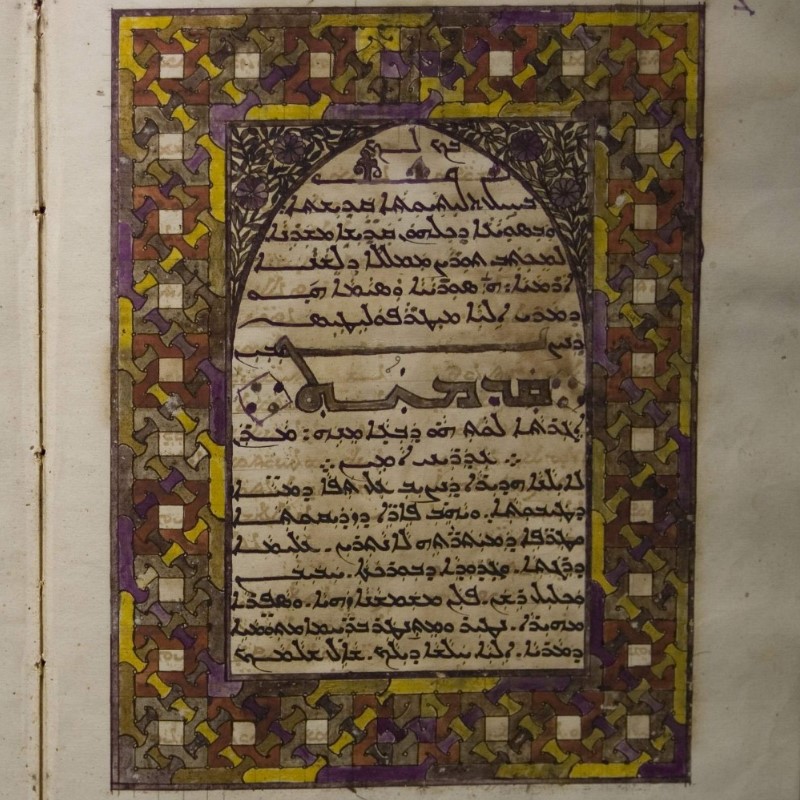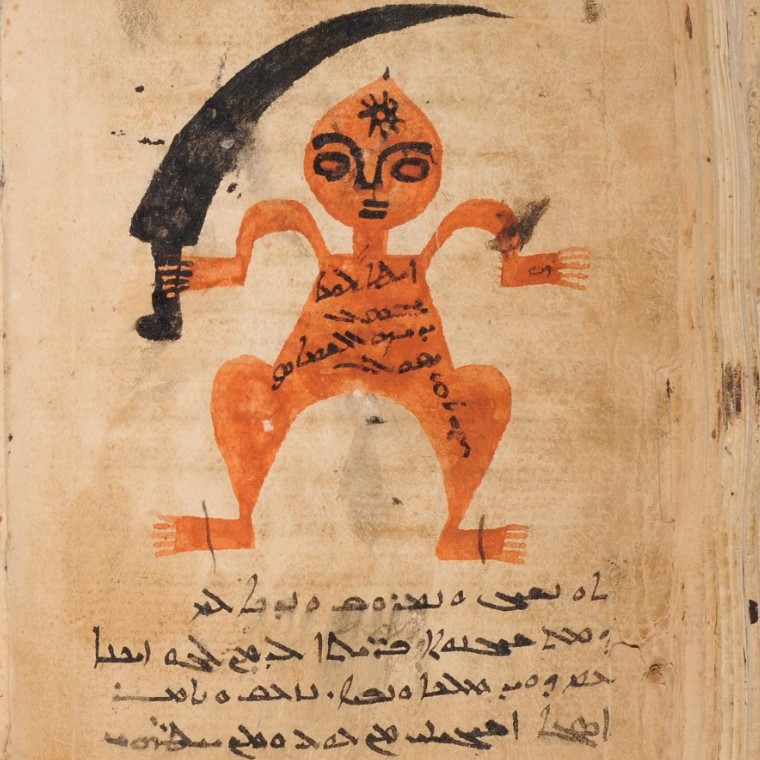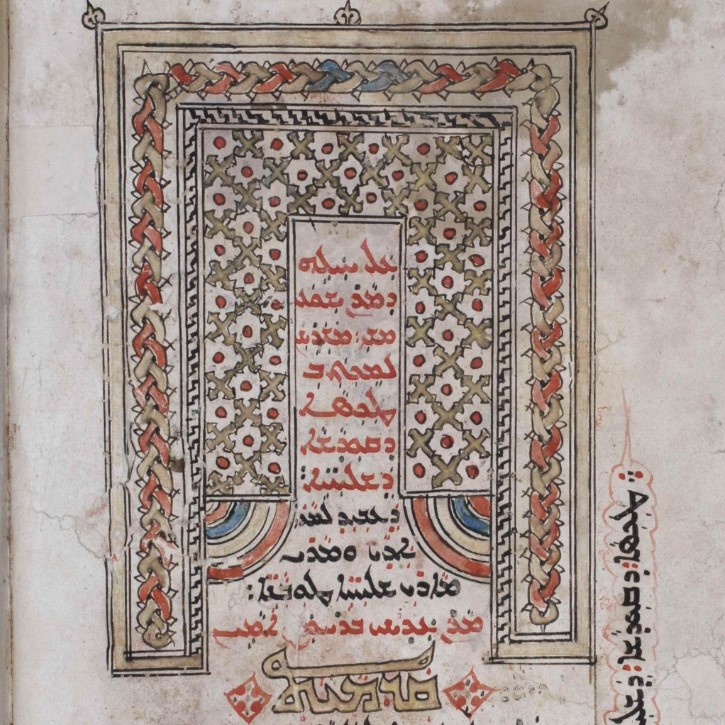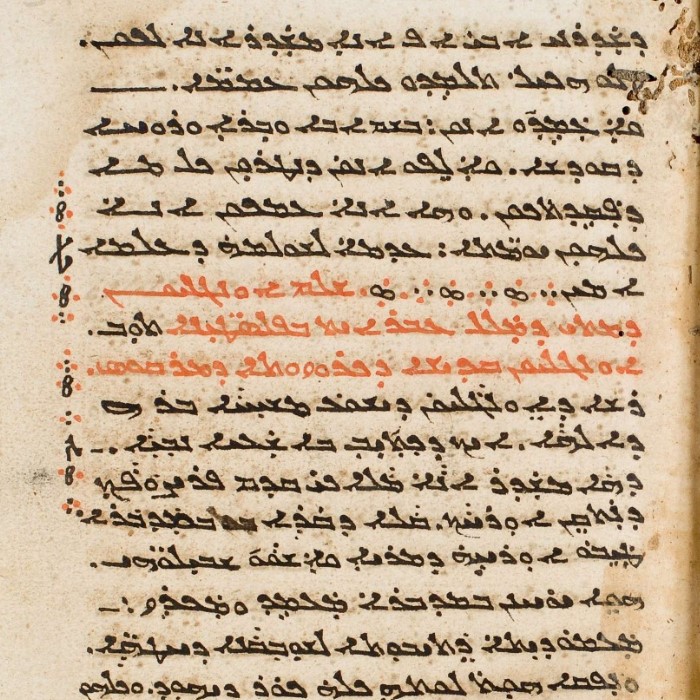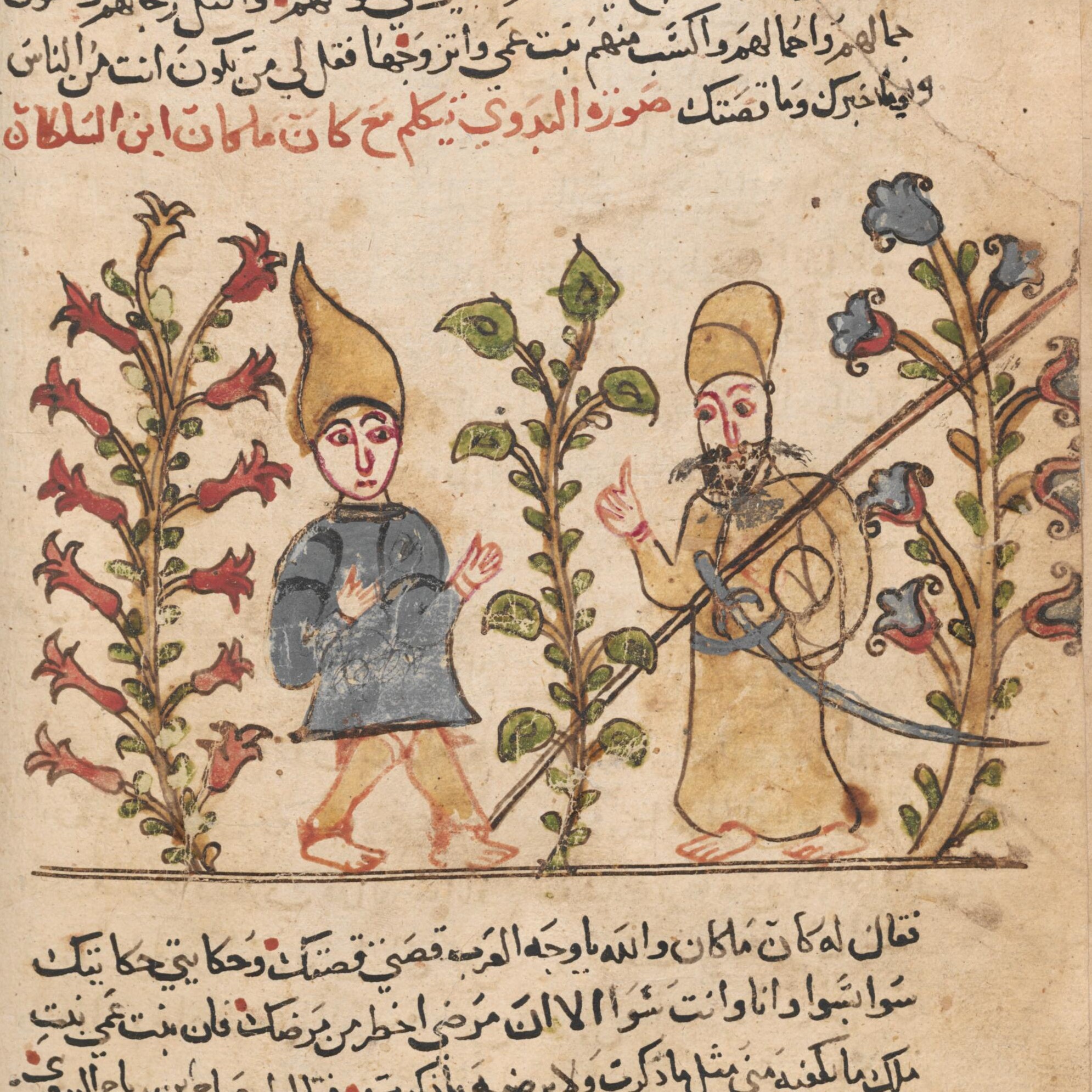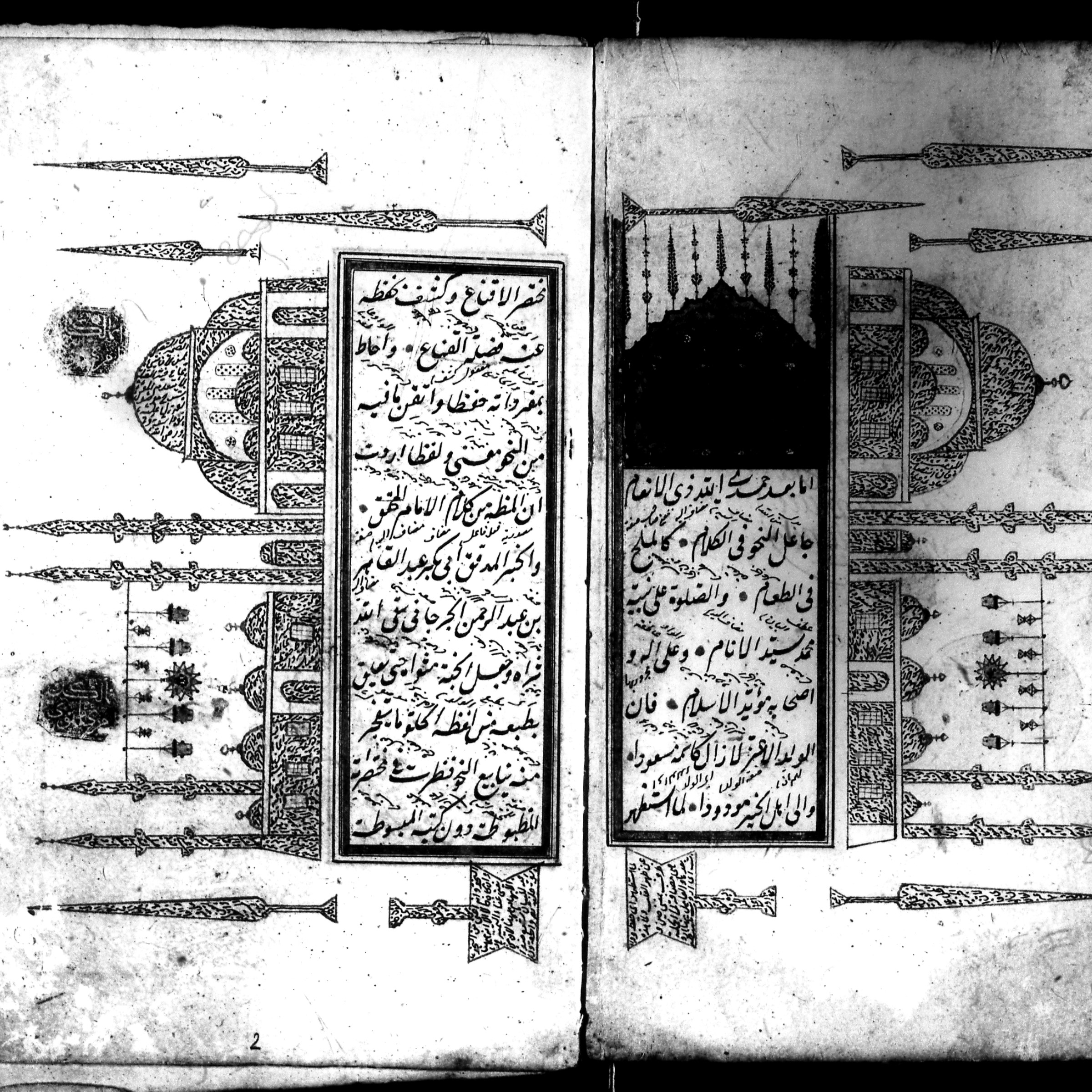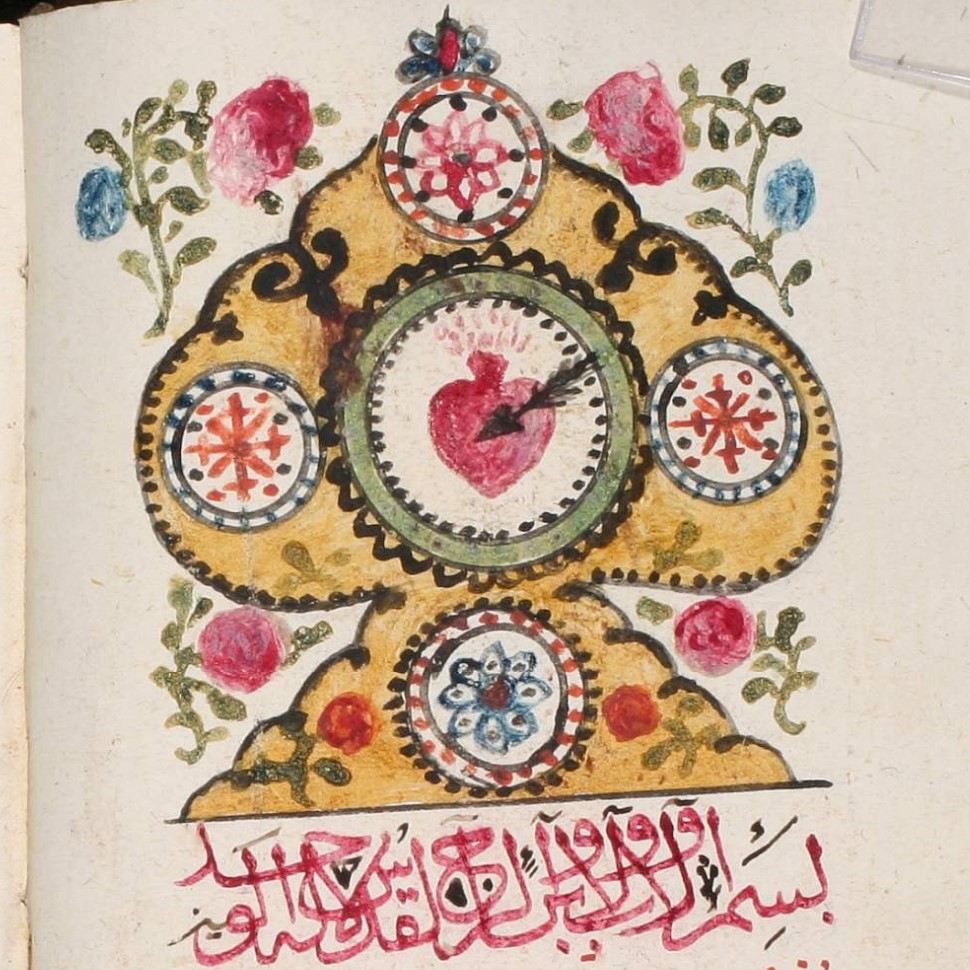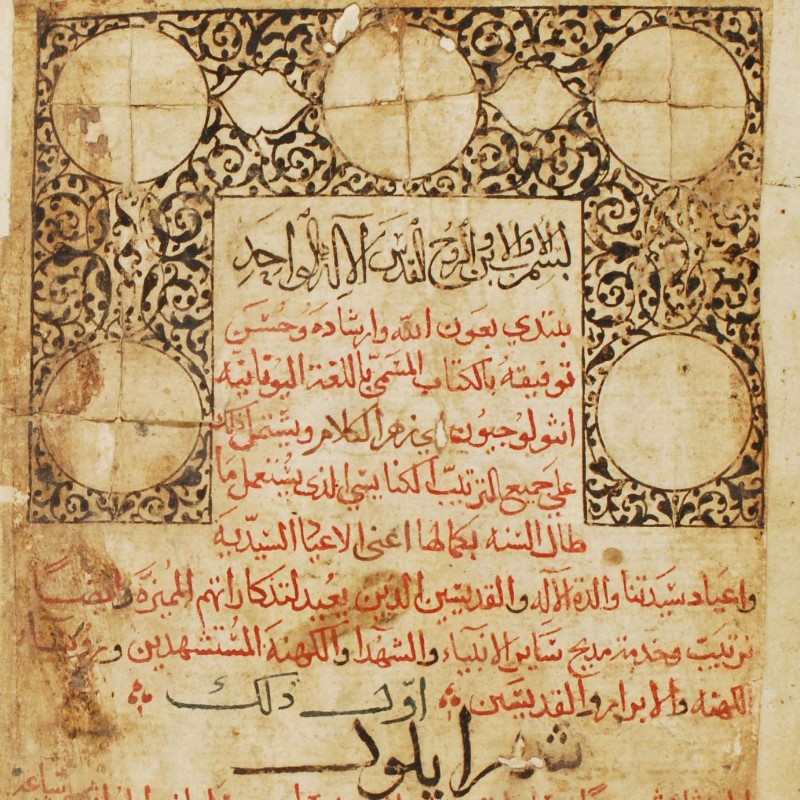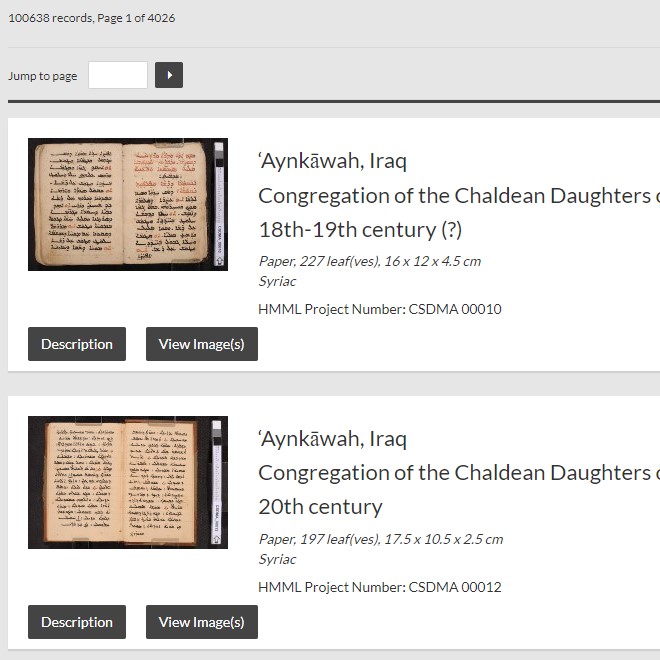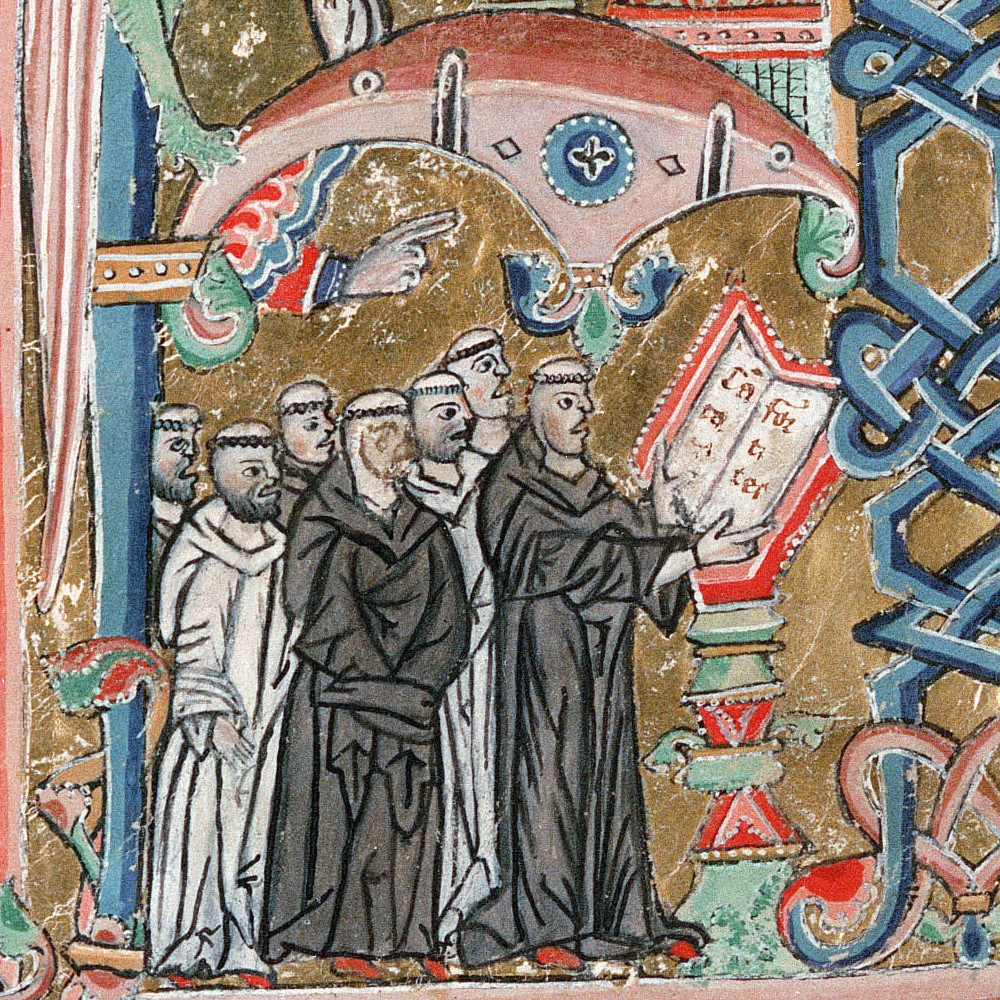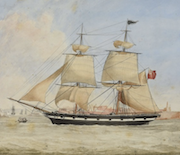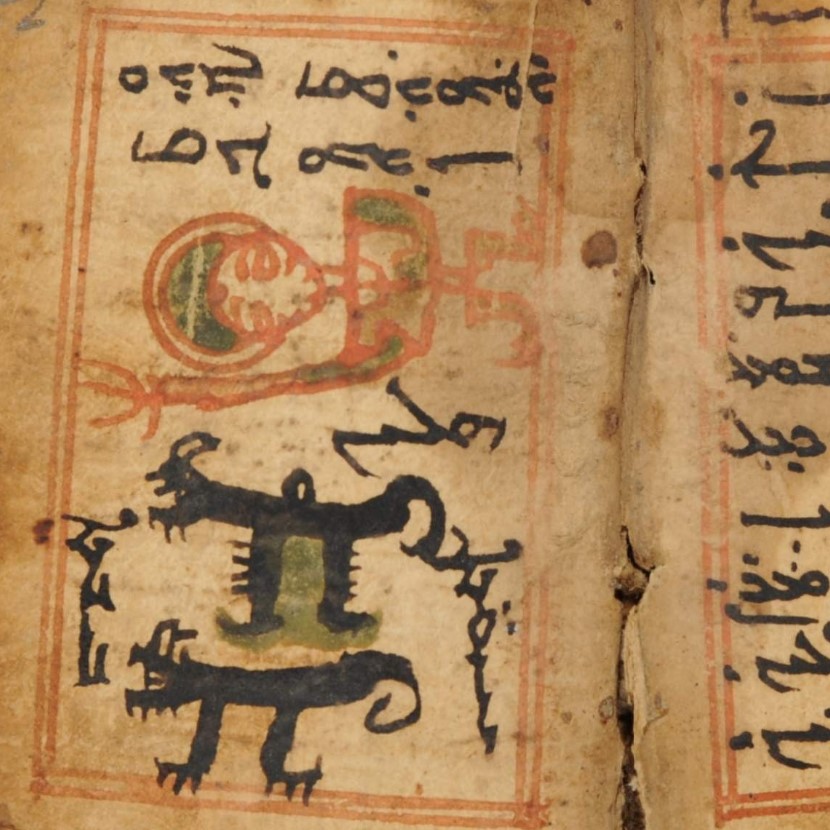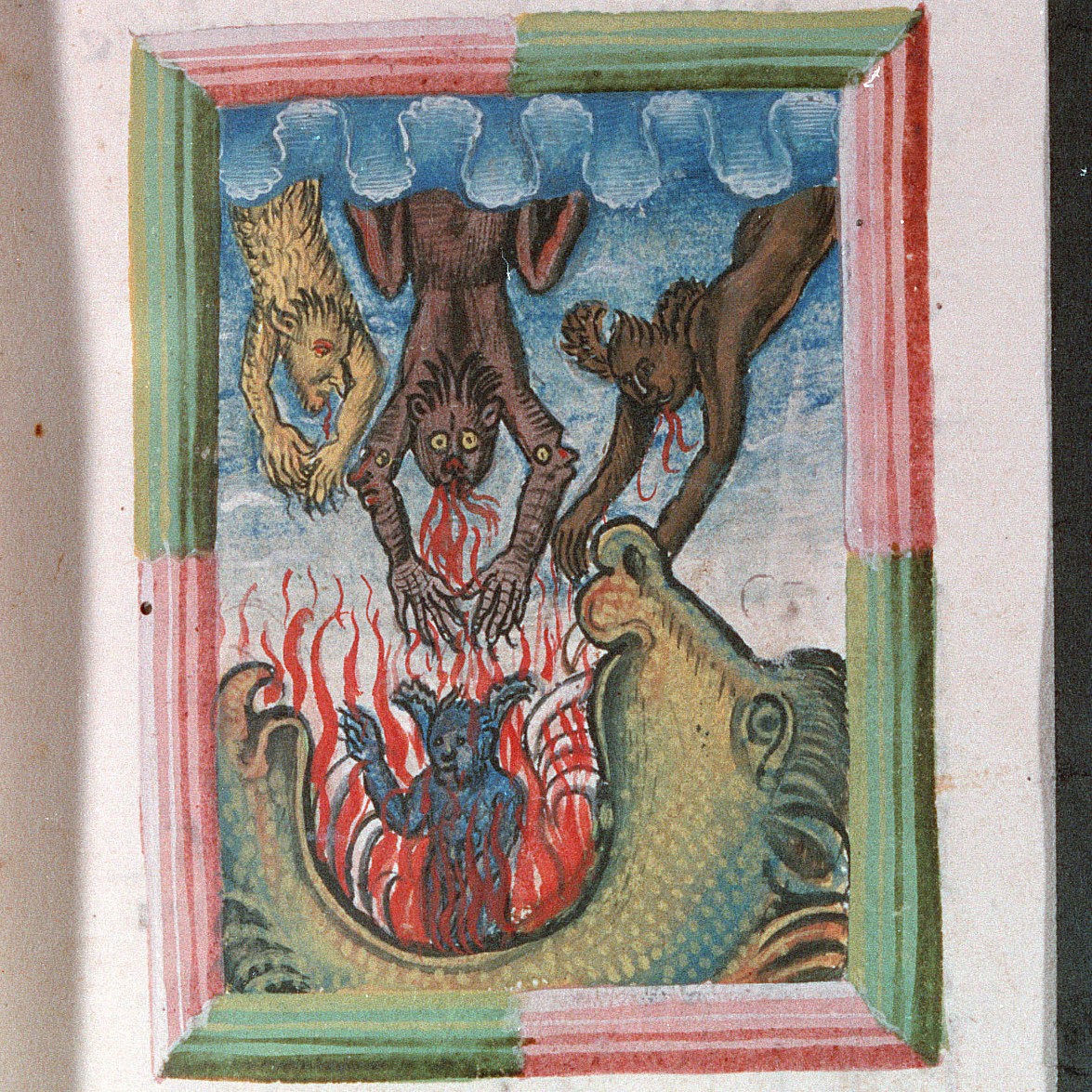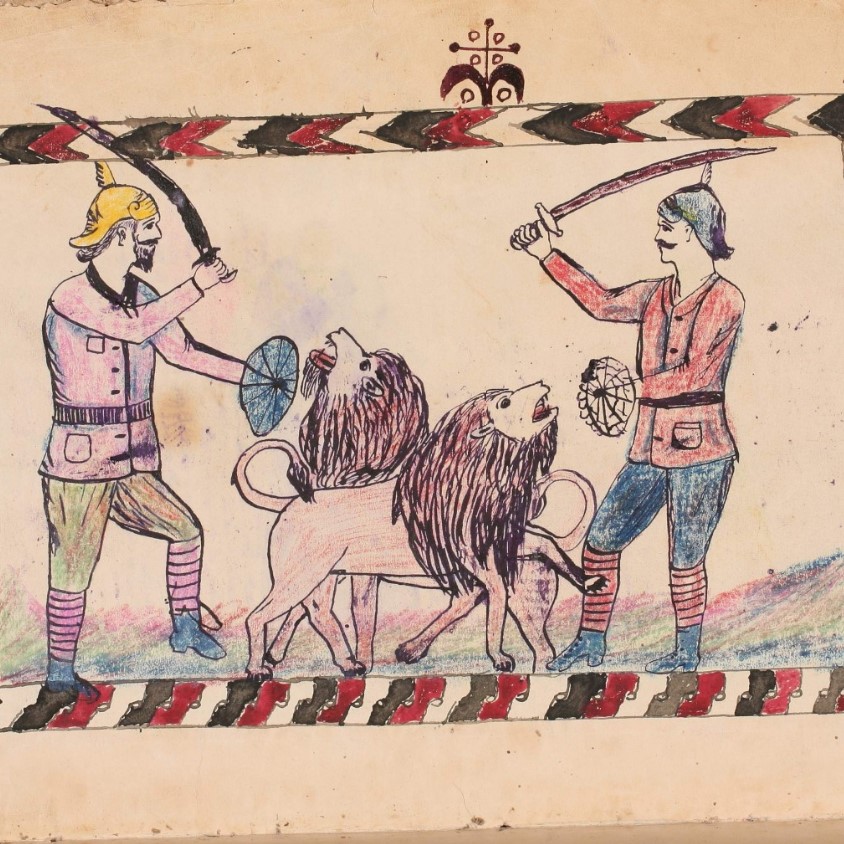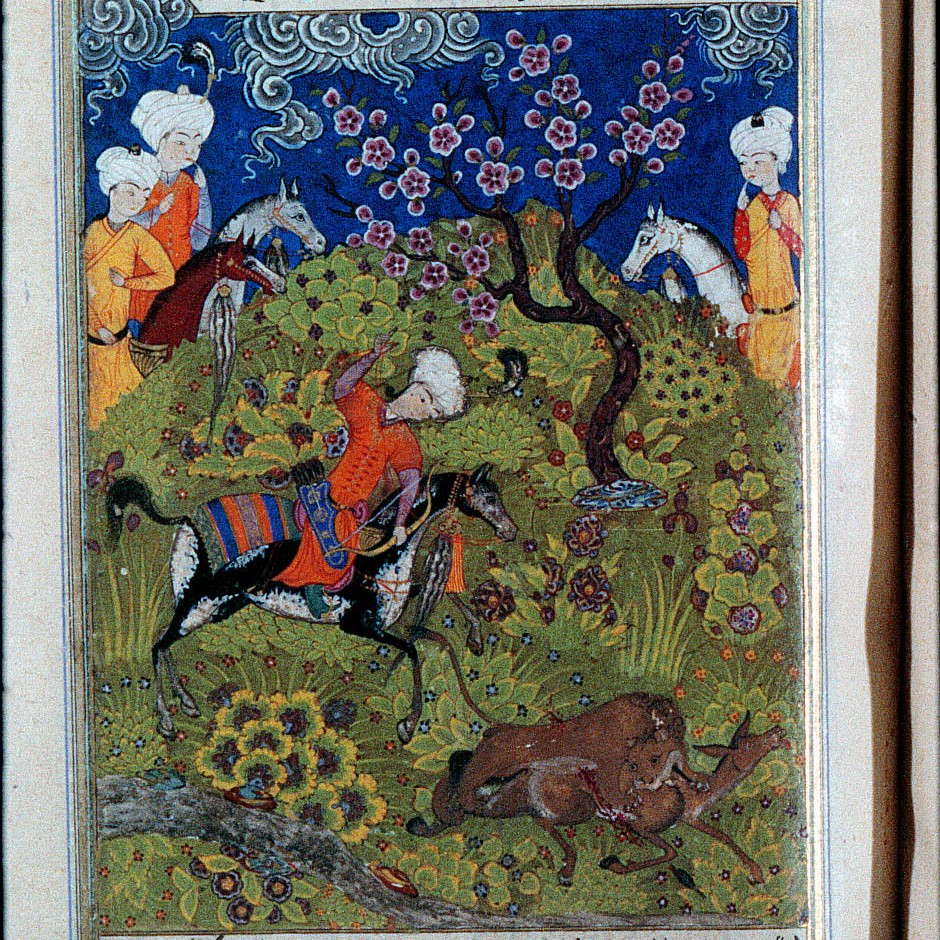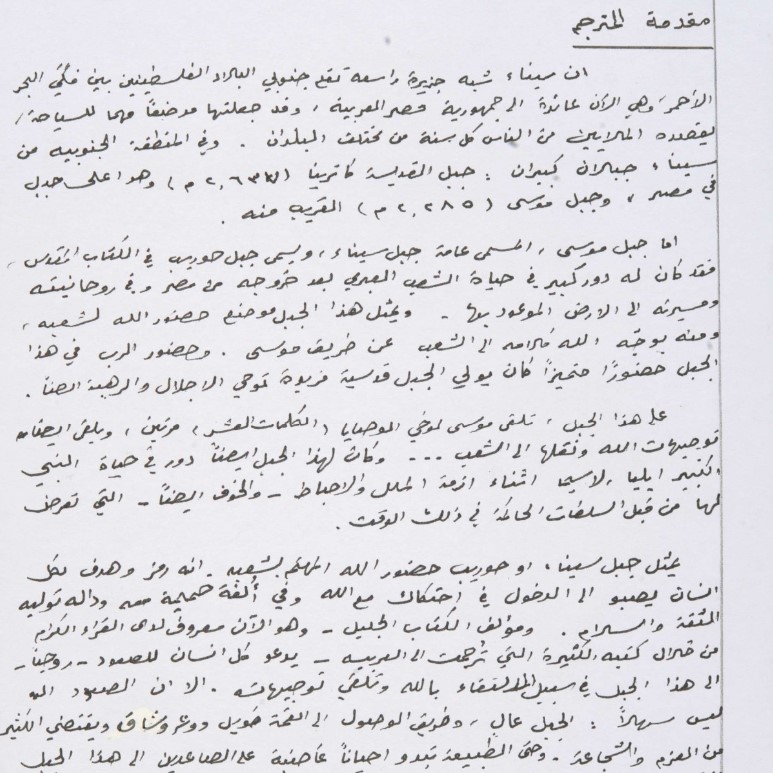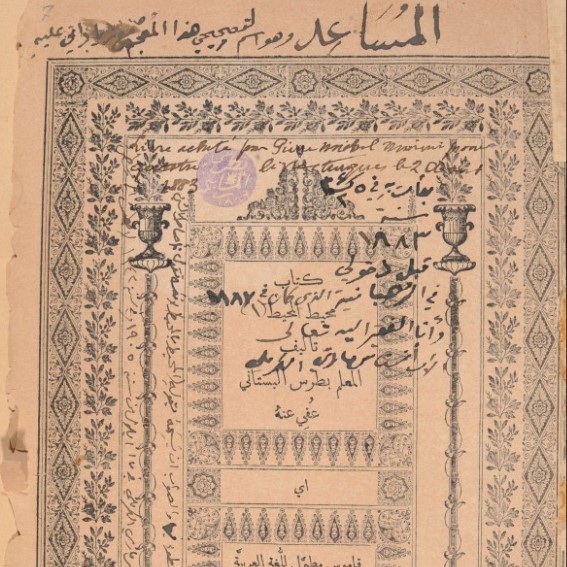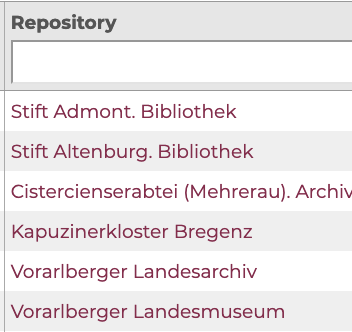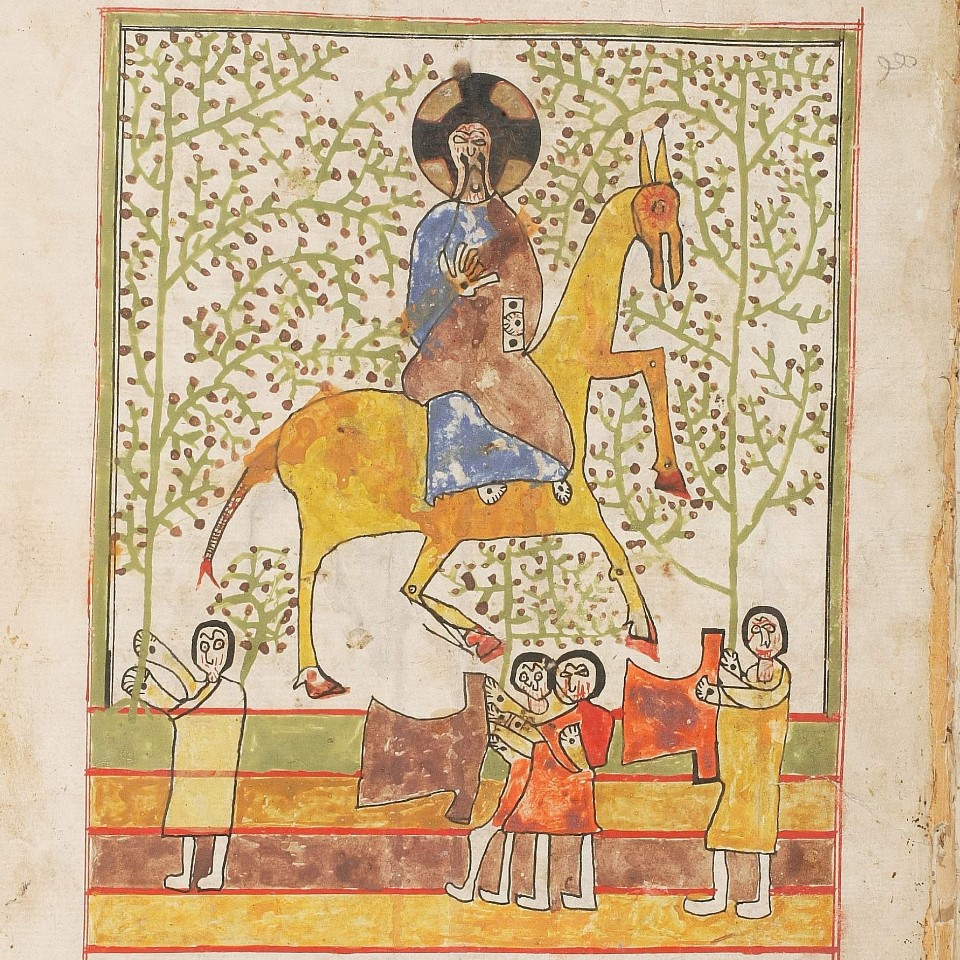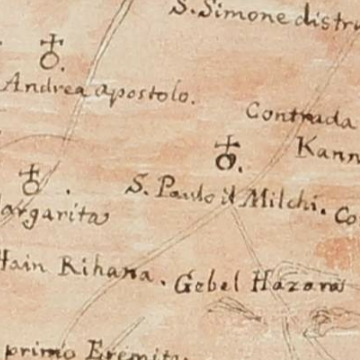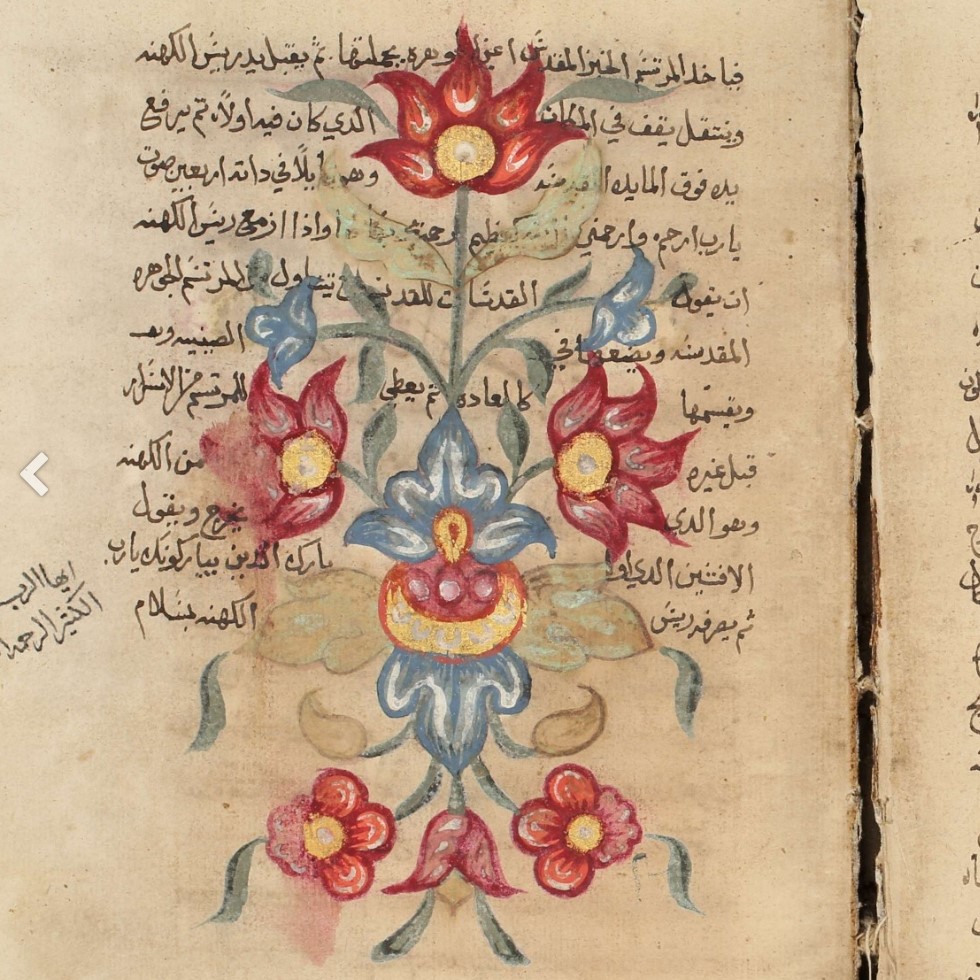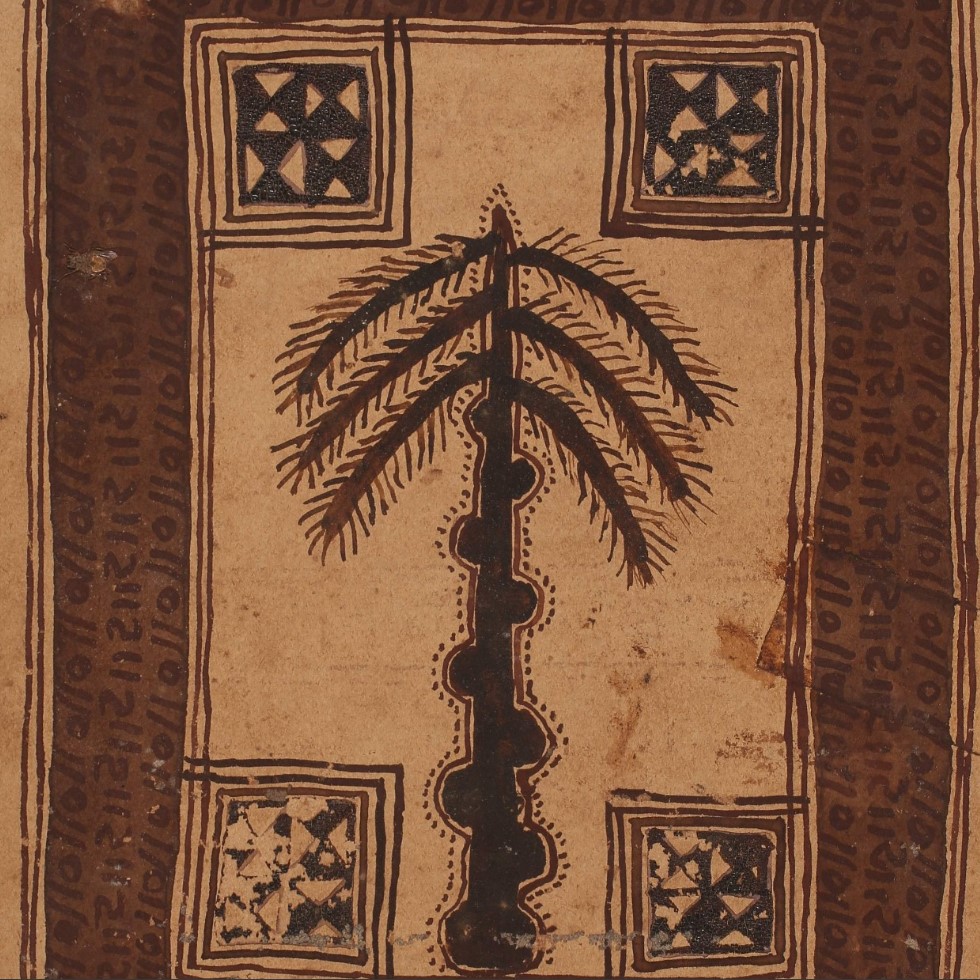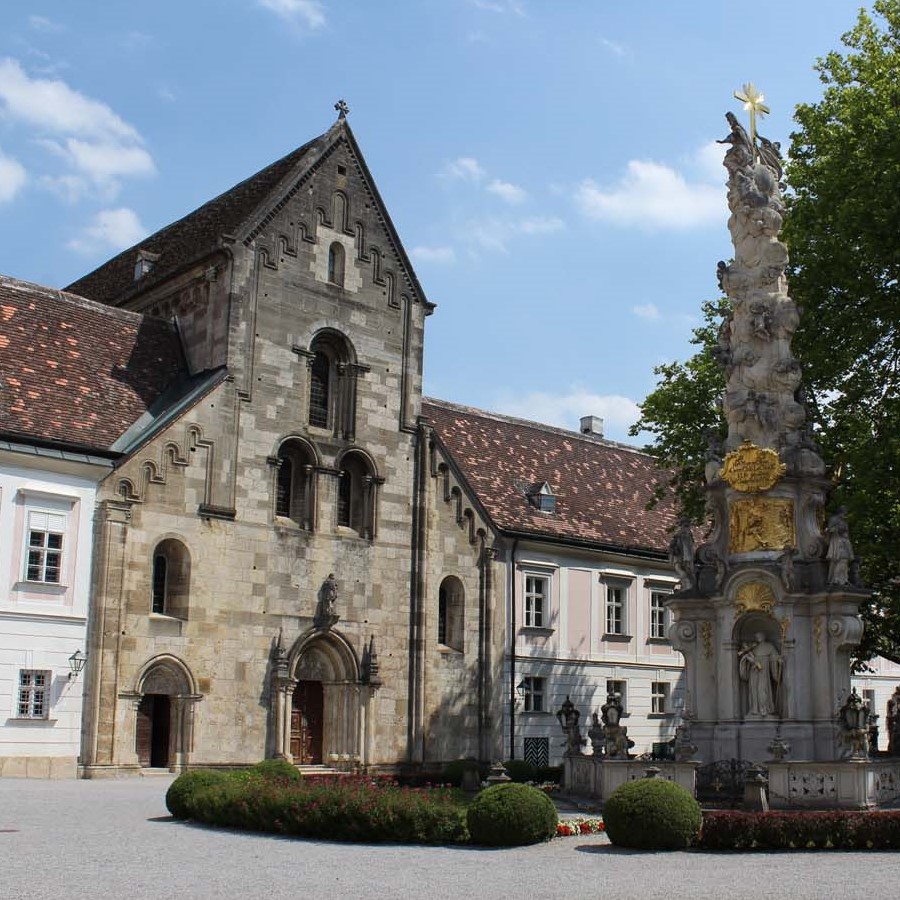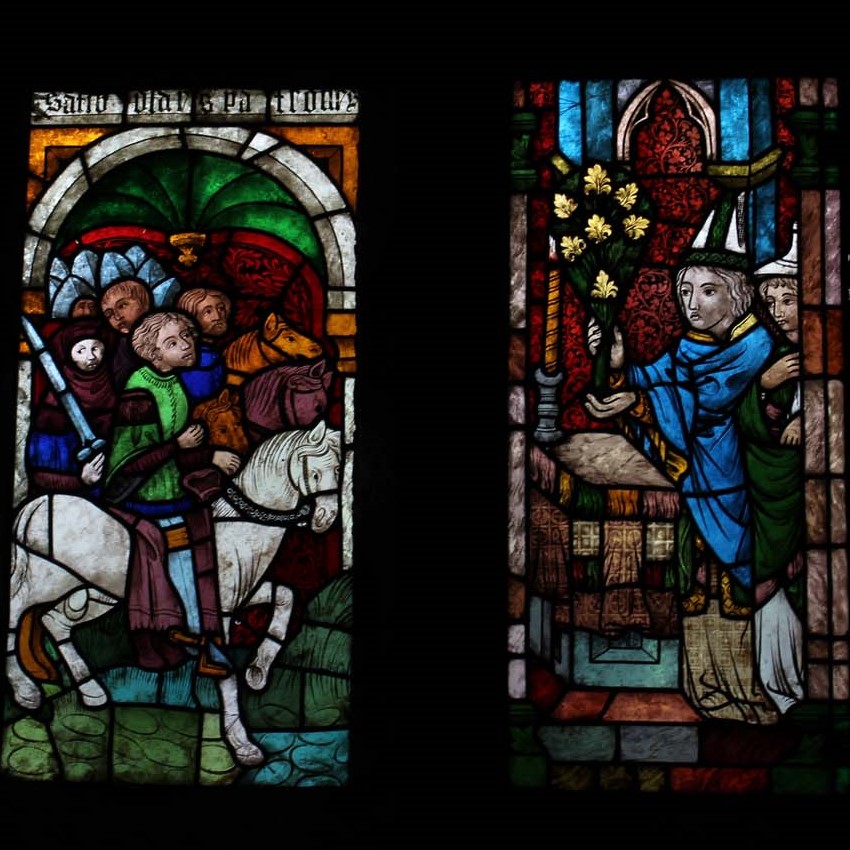News
Metadata from 67 manuscripts of papal records located at Trinity College (Dublin, Ireland) is now available in Reading Room
In partnership with Trinity College (Dublin, Ireland), HMML has added 67 volumes of archival material from the papal chancery and archives of the Roman Inquisition to Reading Room. These manuscripts escaped the loss or destruction that befell many volumes of the Lateran registers during and after the transfer of the papal archives by Napoleon Bonaparte to Paris in 1810. The volumes were bought in 1841 by George Montagu, viscount Mandeville (Duke of Manchester after 1843). Richard Gibbings, graduate of Trinity College Dublin and rector of Killyleagh, purchased them from Mandeville. Gibbings sold the manuscripts to Charles W. Wall, vice-provost of Trinity College Dublin, who presented them to the library in 1854.
The Trinity College collection of papal records is divided into three parts. The first part includes 13 volumes of registers of papal correspondence dated from 1389 to 1787. The second part contains sentences and abjurations from the Roman Inquisition with records dated between 1564 and 1660. The third part includes denunciations and examinations from the Roman Inquisition with records dated between 1565 and 1800. The inquisitorial materials largely describe cases in Italy, but there are important cases from Malta and France in the collection.
All images and metadata provided courtesy of Trinity College. Metadata entered and augmented by HMML. https://w3id.org/vhmml/readingRoom/view/871154
Metadata for 186 manuscripts from the Slavic collection at Österreichische Nationalbibliothek, in Vienna, Austria, is now available in Reading Room
Along with thousands of other manuscripts in a wide range of languages, the HMML team filmed 186 manuscripts in Cyrillic and Glagolitic at the Austrian National Library. Some of these have been at the Austrian National Library for over two centuries, although many were purchased in the 19th century.
The collection includes all manner of texts, but the most common are liturgical works, such as copies of the Menaion, the Euchologion, Octoechos, Psalters, and Gospel books. Distinctive hagiographical works includes the lives of Serbian saints Sava (1169-1237) and Simeon (or Stefan Nemanja, 1114-1200). There are also numerous volumes of church law or the Nomocanon. The works written in Cyrillic date from the 13th to the 19th centuries, while the Glagolitic books tend to be older, dating from the 10th to the 16th centuries.One highlight is a 1610 manuscript copied at the Dragomirna Monastery, in Moldavia, probably by or thanks to the support of Anastasie Crimca. The book is a Praxapostolos (Biblical manuscript containing the Acts of the Apostles and Epistles), and it is heavily illustrated with images that can be found in HMML's color microfilm collection (Codex Vindobonensis Palatinus. Slav. 6, HMML project 24142). https://www.vhmml.org/readingRoom/view/49737
Metadata for 503 manuscripts from Thüringer Universitäts- und Landesbibliothek Jena, Germany, is now available in Reading Room
Metadata for 503 manuscripts from Thüringer Universitäts- und Landesbibliothek Jena, Germany, has been added to HMML Reading Room. The manuscript collection includes a wealth of material from the medieval and early modern period. The library is rich in its late fifteenth-century illuminated French translations of medieval and classical works prepared for the Court of Burgundy. Several illuminated choir books by Petrus Alamire from the sixteenth century also stand out. Central to the library's collection are the early works of Martin Luther and other Protestant Reformers prepared by Georg Rörer to support the early publication of Luther's works in Germany. https://w3id.org/vhmml/readingRoom/view/66945
Metadata for 966 manuscripts from the Series Nova at Österreichische Nationalbibliothek, in Vienna, Austria, is now available in Reading Room
The Hill Museum & Manuscript Library (HMML) is delighted to announce completion of processing for records from the Series nova (new series) of manuscripts at the Austrian National Library. HMML filmed approximately 966 manuscripts in this collection, including fragments, later acquisitions (after 1870) of the National Library, and collections of historical documents and manuscripts that are important to the study of Austrian history.
Highlights include a 16th-century collection of watercolor depictions of animals that are much more accurate that most found in medieval sources (CVP S.n. 2647; HMML 20882) and a significant treatise on surgery by Zahrāwī, Abū al-Qāsim Khalaf ibn ʻAbbās (CVP S.n. 2641; HMML 20883), along with numerous illuminated books of hours and prayer books. Historical collections include several 17th-century volumes collected by Franz Christoph Khevenhüller and dedicated to the life of Emperor Ferdinand II (Annales Ferdinandei; e.g., HMML 20639), as well as notes, essays, and related materials on European history collected by Joseph von Sartori in the early 19th century (e.g., HMML 25516). The collection also includes several catalogs, concordances, and other early descriptions of materials in the manuscript collections at the Austrian National Library.
Throughout this collection, HMML has added links to catalog records at the Austrian National Library, as well as any links to digital copies available online.
Metadata for 225 Hebrew manuscripts from the Österreichische Nationalbibliothek, in Vienna, Austria, is now available in Reading Room
Cataloging is complete for 225 Hebrew-script manuscripts from the collection of the Österreichische Nationalbibliothek (Austrian National Library). These manuscripts were microfilmed by HMML decades ago and have now been added to Reading Room as updated catalog records.
They feature a variety of religious, philosophical, and scientific works produced by Jewish authors and translators across Western Europe and beyond. Many of the works testify to the fruitful medieval scholarly networks connecting Jews, Christians, and Muslims, all building on the ancient Greek philosophical heritage and producing a large corpus of Hebrew translations from Greek, Arabic, and Latin sources. Other manuscripts bear witness to the persecution of Jewish communities in Europe, as in Cod. Hebr. 16 (microfilm 22034), which was copied in 1299 CE and mentions a pogrom in its colophon. Many of the manuscripts are richly decorated. Most of the texts are in Hebrew, with a significant portion of Aramaic in religious and legal texts, but there are also examples of other languages including Ladino (Judeo-Spanish), Judeo-Arabic, and even one text including Ottoman Turkish in Hebrew script (Cod. Hebr. 212, microfilm 22130). Medieval manuscripts are found alongside modern ones, many of which were gifts to the Austrian emperors from their Jewish subjects in the 18th and 19th centuries. This is the first large corpus of Jewish manuscripts in HMML's Reading Room. https://www.vhmml.org/readingRoom/view/25558
Metadata for 1,105 manuscripts from Stiftsbibliothek Melk, in Austria, is now available in Reading Room
When Father Oliver Kapsner, OSB, and his team came to Melk Abbey in late 1965, it was only the fifth library for HMML’s microfilming project, but it was the largest collection they had filmed thus far. In fact, the Melk collection doubled the size of HMML’s holdings at that time.
The Benedictine abbey, founded in 976, possesses a large manuscript collection which has fortunately survived three fires (1297, 1682, 1738). Its collection offers a broad and diverse range of materials, with manuscripts relating to all areas of research. While a few manuscripts date from the 9th to 11th centuries, the bulk of the microfilmed collection dates from the 12th to 16th centuries, including materials associated with the monastic school that flourished at Melk. Many of the later manuscripts reflect the relationship between the Abbey and faculty from the University of Vienna (founded in 1365). https://www.vhmml.org/readingRoom/view/437
Milestone in HMML’s Austrian metadata upgrade
With the addition of records for 1,105 manuscripts from Melk Abbey, HMML has reached an important milestone in the improvement of metadata for manuscripts from Austrian libraries. As of January 2025, HMML’s microfilm holdings from all Austrian libraries—except the Austrian National Library (cataloging is underway) and the Mechitarist Library in Vienna—have been added to Reading Room and are available for public use. This includes more than 22,000 manuscripts from 41 Austrian locations, housed in 72 repositories. Metadata for these microfilmed collections is available online in HMML Reading Room.
28 microfilms of the Donald Davies Microfilm Collection are now active in Reading Room
Cataloging is complete for the 28 microfilm reels of the Donald Davies Microfilm Collection. In 1968, Donald Davies traveled around Ethiopia and Eritrea, microfilming manuscripts with the permission of Abuna Theophilus, the patriarch of the Ethiopian Orthodox Tawāḥedo Church. Davies visited 23 churches and monasteries and microfilmed 38 manuscripts. He deposited copies of these photographs on 28 reels of microfilms at HMML, where they have been available for research ever since. In 1979, William F. Macomber cataloged many of these manuscripts in an unpublished handlist: Catalogue of Ethiopian manuscripts from Abbā Garimā, As̆atan (Church of St. Mary), Axum (Church of Zion), Dabra Bizan, Dabra Dāmo, Dabra Libanos, Gunda Gundē, Kebrān, Lālibalā (Church of the Savior of the World, Emmanuel Church), Maqalē, Ura, Kidāna Meḥrat, Monastery of Dabra Dāgā (Church of St. Stephen), Monastery of Lake Zewāy, Dabra Māryām, National Library and Haiq from microfilms in the collection of Dr. Donald Davies, De Land, Florida and Godfrey, Ontario, and of the Hill Monastic Manuscript Library, St. John's University, Collegeville, Minnesota. Additional cataloging work on these manuscripts and others has been done by Dr. Jeremy R. Brown, HMML cataloger of Ethiopic manuscripts. The Davies family generously has given permission for this microfilm collection to be made freely available online in Reading Room.
Donald Davies’ goal for his microfilming project was to create a photographic record of the oldest Biblical manuscripts in Ethiopia as witnesses to the early text of the Bible. Because of this goal, his microfilm collection is a treasure trove of some of the earliest witnesses to the Bible in Ge'ez. This includes the famed Gospel manuscripts from Endā Abbā Garimā Monastery (SEP DAVIES 00001) and (SEP DAVIES 00002), a 12th-century Gospel manuscript from Madḫānē Ālam Church in Lālibalā (SEP DAVIES 00023), and a Gospel manuscript from Dabra Māryām dating to the 13th or 14th century (SEP DAVIES 00012). Davies also microfilmed three manuscripts in the famed monastery of Dabra Bizan in Eritrea, providing important witnesses to the manuscript traditions of Eritrea (SEP DAVIES 00006) and (SEP DAVIES 00007). In addition to Biblical manuscripts, he also microfilmed several manuscripts of the Miracles of Mary, including a manuscript with 61 full-page paintings from Dabra Warq (SEP DAVIES 00013).
This collection has already had significant influence on critical editions of the Ge'ez Bible since it was microfilmed, particularly for the study of the Gospels, and we are grateful to the Davies family for helping make this important collection available to an even wider audience. https://www.vhmml.org/readingRoom/view/833050
Metadata for 1,042 Greek manuscripts from the Österreichische Nationalbibliothek, in Vienna, Austria, is now available in Reading Room
Cataloging is complete for 1,042 Greek manuscripts from the Österreichische Nationalbibliothek (Austrian National Library), microfilmed by HMML decades ago and now added to Reading Room as updated catalog records. These manuscripts are divided into shelfmark classes related to philosophy (Phil. gr.), theology (Theol. gr.), history (Hist. gr.), medicine (Med. gr.), and law (Jur. gr.), with a supplement (Suppl. gr.) consisting of more recent acquisitions.
Contents range from foundational ancient authors like Homer, Plato, and Aristotle to early modern apologetic texts, 19th-century hymnals, and other examples of later Greek literature. The oldest dated manuscript in the collection is Phil. gr. 314 (microfilm 21417), copied by Iōannēs Grammatikos in 925 CE, which includes introductory texts on the philosophical schools of Plato and Pythagoras along with Greek works by Thāwudhūrus Abū Qurrah, better known as one of the earliest Christian authors to write in Arabic, who died only a century before the manuscript was produced. Undertexts in palimpsest manuscripts likely date from much earlier, while Suppl. gr. 119 (microfilm 21588) is a false palimpsest produced by Kōnstantinos Simōnidēs, now one of the more notorious manuscript forgers of the 19th century. Theol. gr. 154 (microfilm 21774), an 11th-century copy of the four Gospels, includes elaborate canon tables and lavish full-page portraits of the Evangelists, while Phil. gr. 75 (microfilm 21138) is a 1445 copy of seven works by Aristotle that includes a relevant and sometimes humorous decorated initial for each text.
Med. gr. 1 (microfilm SEP ONB 00003), also known as the Vienna Dioscorides, is one of the most well-known manuscripts in the world, including the Peri hylēs iatrikēs (De materia medica) of the 1st-century author Dioscorides Pedanius along with several other medical, botanical, and zoological works. Illustrated with detailed images of medicinal plants on almost every page, it was copied in early 6th-century Constantinople for a Roman princess named Anicia Juliana and includes a portrait of the princess on fol. 6v that is the oldest known extant dedicatory portrait in any manuscript. It remained in Constantinople for a millennium, acquiring marginal notes in Greek, Latin, Arabic, and Hebrew along the way, before passing to Austria in the 16th century. This collection is the first large corpus of Greek material to be added to HMML's Reading Room and has greatly enriched the information available on Greek literature in the HMML Authority File database. https://www.vhmml.org/readingRoom/view/22281
1,577 manuscripts from the Lebanese Maronite Order in Kaslik, Lebanon, are now cataloged in Reading Room
Cataloging is complete for the collection of the Lebanese Maronite Order, which primarily consists of manuscripts originating from the monasteries of the Order in all regions of Lebanon. It is housed in the Library of the Holy Spirit University (Université Saint-Esprit) in Kaslik. These manuscripts are written in Arabic, Arabic Garshuni, Syriac, and, to a lesser extent, Latin, Armenian, Geʻez, Persian, Turkish, and French. The oldest manuscript fragments date back to the 15th century (OLM 00106a and OLM 00106b) and were discovered within the binding of a printed book.
The collection includes numerous illuminated manuscripts, the most renowned being the Evangelion in the manuscript OLM 00983. These manuscripts encompass a wide variety of liturgical texts, including evangeliaries, synaxaria, funeral rites, missals, offices, and more. Furthermore, a considerable number of manuscripts were utilized in the education of future priests of the Lebanese Maronite Order, covering subjects such as moral theology, logic, and Syriac and Arabic grammar. The collection also includes poetic works and a variety of spiritual texts, many of which are translations from Latin and other European languages. A portion of the collection comprises Islamic manuscripts, including Qur’ans and prayer books. The physical collection in Kaslik continues to expand, regularly acquiring new manuscripts from diverse origins, but all manuscripts photographed by HMML are now available for public use. https://www.vhmml.org/readingRoom/view/507893
Metadata for 524 manuscripts from Herzogin Anna Amalia Bibliothek, in Weimar, Germany, is now available in Reading Room
Cataloging is complete for the collection of Herzogin Anna Amalia Bibliothek in Weimar, which was first founded as a ducal library in 1691. Three hundred years later, it was renamed after Duchess Anna Amalia (1739-1807), who had been an avid supporter of the arts and one of the most prolific book collectors among her peers, with a passion for promoting literature in the German language. This legacy is reflected in the manuscript collection: out of 524 manuscripts, just over half were copied at least in part in German or another Germanic language.
HMML microfilmed the collection in 1994; just 10 years later, these manuscripts narrowly escaped a fire that tragically destroyed the library’s early book collection. Nonetheless, access to these manuscripts remains limited: the library has published two print volumes in German that cover only two-thirds of the collection, while 78 manuscripts can be viewed digitally online. HMML’s catalog is currently the only complete representation of the collection available online to researchers, particularly providing access to data concerning many regional chronicles and Meistersinger songbooks. Also of interest are German translations of the Bible that predate Martin Luther (HMML 47092 through 47099) and the earliest proto-naturalist observations of fauna and flora north of the Alps (HMML 47174).
Sixteen manuscripts written in Arabic, Persian, and Turkish were cataloged by Dr. Joshua Mugler. https://www.vhmml.org/readingRoom/view/67933
257 manuscripts from Our Lady of Bzummār Convent in Lebanon, are now cataloged in Reading Room
A portion of the collection at Our Lady of Bzummār Convent, manuscripts once belonging to the Armenian Antonines (HMML project code BzAn), is now fully cataloged and available in Reading Room. This collection was not always at Bzummār. The transmission of this sizable collection traces the history of the Armenian Antonines (Antonean Miabanut‘iwn), Armenian Catholics who began in Aleppo, and in 1752 upon their adoption of the Rule of St. Anthony moved to Rome and later to Ortaköy region near Istanbul, Turkey. As the order came to an end at the turn of the 20th century, the Antonean Library was transferred to the care of the monastery in Bzummār, Lebanon, where HMML digitized the Armenian Antonine collection.
The collection consists of 257 manuscripts in Classical Armenian, ranging in date from the 14th century to the 20th century. Among these manuscripts are beautifully illuminated Gospels, illuminated liturgical books, Synaxaria/Menologia, one illuminated prayer scroll, homilies and commentaries by Armenian vardapets, illuminated hymnals (Sharagnots‘), illuminated Psalters, philosophical works by Aristotle commentated by Grigor Tat‘ewats‘i and Yovhannēs Orotnets‘i in the 14th and 15th centuries, works by Dominican missionaries in Armenia, and interesting collections of astrological writings, liturgical calendars, and parzatōmars (see Dr. Ani Shahinian's story on the Armenian liturgical calendar).
A highlight of the collection is a manuscript dated to 1711 containing the works of Dionysius, the Areopagite (BzAn 00438; see also a story on translation and illumination in this manuscript). Another fascinating manuscript is the illuminated depiction of Apostle Paul and a collection of commentaries on the Epistles of Paul (BzAn 00455). https://www.vhmml.org/readingRoom/view/602945
134 manuscripts from the Armenian Patriarchate of Istanbul, Ortakoy, are now cataloged in Reading Room
Cataloging is now complete for the collection of the Armenian Patriarchate of Istanbul, Ortakoy (HMML project code APIO). This collection of 134 manuscripts primarily contains works in Armenian, though several manuscripts are comprised of writings in Armeno-Turkish (Turkish language in Armenian script). The collection contains a wide variety of works, including liturgical and biblical materials, patristic works, theological and philosophical works from the Armenian heritage, and several modern European works translated into Armenian.
Highlights of this collection include a copy of the Armenian prayer book known as the Aghōtʻagirkʻ dated to 1381 CE (APIO 00152), and a two-volume commentary on the biblical book of Sirach that totals over 1900 pages, written by an 18th century Armenian Patriarch named Yakob Nalean (found in APIO 00157 and APIO 00158). The opening page of this work contains a color illustration of the author praying for wisdom. https://www.vhmml.org/readingRoom/view/510961
Metadata for 104 manuscripts from Landeskirchliches Archiv in Nürnberg, in Germany, is now available in Reading Room
Cataloging is complete for the collection of the Landeskirchliches Archiv in Nürnberg, more formally known as the Landeskirchliches Archiv der Evangelisch-Lutherischen Kirche in Bayern. This archive was founded in 1925 at the instigation of Bishop Hans Meiser to collect texts and images belonging or relevant to Bavarian protestant churches. Despite economic instability during the interwar period and the threat of damage during World War II, the archive expanded, becoming its own separate organization and continuing to take on materials from other repositories and parishes.
The 104 codices that HMML filmed provide a historical picture of the early organization of Protestant churches in Bavaria, including letters from Reformation figures such as Martin Luther and Philip Melanchthon, as well as various cities’ newly codified rites for administering the sacraments in line with Protestant theology. The collection also boasts a series of Latin sacred songs by Catholic composers, especially Orlando di Lasso. https://www.vhmml.org/readingRoom/view/72937
23 archival volumes from St. George's Basilica, Gozo Island, Malta, are now available in HMML Reading Room.
23 archival volumes from St. George's Basilica, Gozo Island, Malta, are now available in HMML Reading Room. Records include information regarding baptisms, confirmations, marriages, and deaths, 1625-1929. They also include historical notes and other data. The parish of Saint George outside of the Cittadela of Gozo origins date back to the Middle Ages. The parish was merged with the parish of the Assumption in the Citadella in 1688, which lasted until 1955. The current church was built between 1672-1678 by Vittorio Cassar. https://w3id.org/vhmml/readingRoom/view/172188 Information about the parish archives in Malta can be found on the Malta Parish Archives project online finding aid. https://www.maltaparisharchives.org/
2,192 manuscripts from Bibliothèque al-Cady al-Aqib in Tombouctou, Mali, are now cataloged in Reading Room
Cataloging is complete for 2,192 items from the Bibliothèque al-Cady al-Aqib, the library of the Sankoré Mosque in Timbuktu, Mali (ELIT AQB). The building dates back to the 14th century and is named for al-Qāḍī al-ʻAqīb (1504-1583 CE) who commissioned or restored many of the town's mosques. The al-ʻAqīb family remain hereditary Imams to this day, and many collection items bear their handwriting.
The collection is mainly in Arabic, with some items featuring West African languages such as Fulfulde and Bambara written in Arabic script. The oldest items date to the early 17th century, though many will have been copied from older originals now lost. The library contains the typical core curriculum from the region, including Qurʼans, hadith, and legal texts. It is noteworthy for its collection of works on the Qurʼanic sciences, and other subjects relating to memorization and study. https://www.vhmml.org/readingRoom/view/170510
Cataloging progress on the Ethiopian Manuscript Microfilm Library (EMML)
The Ethiopian Manuscript Microfilm Library preserves microfilm of more than 9,000 manuscripts that were photographed in Ethiopia from 1973 to 1994. It is the largest and most important repository for scholarly access to texts in Geʻez, and it also records the ecclesiastical owners of individual items, an aspect for which it has only started to become more utilized. The impact that this collection has had upon Ethiopian Studies is difficult to fully describe, as the microfilm copies dramatically increased the number of manuscripts accessible to scholarship. As an EMML partner, HMML preserves and provides access to the microfilm.
Catalog work on this collection began in Ethiopia under the direction of Dr. Sergew Hable Selassie. His metadata serves as the foundation for this work. The cataloging effort of EMML at HMML began with Dr. William F. Macomber. He cataloged the first 1,100 manuscripts of the collection in volumes 1–3 of the catalog series. After assisting Macomber with volume 3, Dr. Getatchew Haile continued cataloging the EMML collection with manuscripts 1101–5000 in volumes 4–10 and an additional nine hundred manuscripts in an unpublished volume 11. Ted Erho continued the cataloging work for EMML manuscripts with numbers higher than EMML 5904 and he cataloged over 130 manuscripts directly into Reading Room. Moreover, Ted Erho, Dr. Ralph Lee, and Dr. Jeremy R. Brown have added metadata and additional cataloging data for thousands of the EMML manuscripts cataloged by Macomber and Getatchew Haile. The digitization of manuscripts and metadata creation are now complete for EMML volumes 1–4, which accounts for the first 1,500 manuscripts microfilmed by the project. All these manuscripts are now available in Reading Room.
The first 1,500 manuscripts in EMML are a treasure trove from the Ethiopian Orthodox Church. These manuscripts include biblical manuscripts, hymn and chant books, liturgical texts for the life of the church, hagiographies of saints, and chronicles of Ethiopian history.
Of particular value to scholars of the Bible are EMML 25 and EMML 26, two manuscripts that were copied at Gunda Gundē Monastery, came into the possession of a bookseller in Addis Ababa, and now are preserved in the Institute of Ethiopian Studies at Addis Ababa University.
Another important contribution to scholarship is the quantity of manuscripts from the nineteenth and twentieth centuries that provide insight into the copying work of the royal scriptoriums in those centuries. EMML 217 is a wonderful example of a manuscript of the Life of Stephen copied at the command of Empress Zawditu and donated to a church dedicated to that same saint, Dabra Salām Qeddus Esṭifānos Church in Addis Ababa.
Another remarkable manuscript is EMML 76, a richly illuminated copy of the Miracles of Mary with over 300 stories about the wondrous acts performed by the Virgin Mary. This manuscript’s paintings depict Emperor Menilek and Empress Ṭāytu alongside scenes of the Virgin Mary’s life.
The EMML collection has already revealed numerous important and remarkable manuscripts and will certainly continue to do so as even more of these microfilms are digitized and studied. Cataloging & digitization of the EMML microfilm remains ongoing.
Metadata for 14 manuscripts from Stadtarchiv Eisenberg in Eisenberg, Germany, is now available in Reading Room
Cataloging is complete for the collection of the Stadtarchiv Eisenberg in east-central Germany. Over the centuries, the archive has suffered from local and national disasters, as well as lack of a proper facility. It was first created in 1855 and was stored in the town hall. A fire in 1906 destroyed some archival material and damaged others, and the surviving materials were moved to the nearby castle Schloss Christiansburg. In 1945, some material was destroyed and removed; since then, the archive was unattended, moved, and improperly stored in humid conditions several times, which resulted in further damage to the files. In 1994, HMML filmed 14 codices dating from the 16th to 18th centuries. Finally, in 1995, the archive was moved to a suitable climate-controlled building. Due to the damage to the files over the years, there is a risk of continued deterioration, and HMML’s microfilms help preserve a better condition of the files.
The 14 codices that HMML filmed provide a historical picture of Eisenberg, primarily through records that span two and a half centuries documenting the taxation of property and goods and the sale of common land. Ecclesiastical records include a correspondence with Protestant reformer Philip Melanchthon, and there are records concerning the longstanding traditions of target shooting and popinjay as well as presence of Trabant guards at royal weddings. https://w3id.org/vhmml/readingRoom/view/67278
Metadata for 12 manuscripts from the Collegium Augustinianum Gaesdonck in Goch, Germany, is now available in Reading Room
Metadata for 12 manuscripts from the Collegium Augustinianum Gaesdonck in Goch, Germany, has been added to Reading Room. The small collection was microfilmed along with the manuscripts at the Bistumsarchiv in Münster in Westfalen. The collection stands out for its fifteenth-century theological miscellanies and devotional works closely related to the mileau of the Devotio Moderna. https://w3id.org/vhmml/readingRoom/view/64617
Metadata for 241 manuscripts from the Bistumsarchiv of the Diocese of Münster in Westfalen, Germany, is now available in Reading Room
Metadata for 241 manuscripts from the Bistumsarchiv of the Diocese of Münster in Westfalen, Germany, has been added to Reading Room. The manuscripts in the archive are divided into three collections, the Domarchiv, the Generalvikariat, and the Pfarrarchiv, the latter which consists of manuscripts from the parishes in the diocese that have been placed on permanent loan in the Bistumsarchiv. The archive is incredibly rich in fifteenth-century and sixteenth-century liturgical manuscripts, particularly in graduals, breviaries, antiphonaries, and missals. There are also important church records related to local confraternities and account books and cartularies from the parishes. https://w3id.org/vhmml/readingRoom/view/63894
Metadata for 11 manuscripts from the Propstei St. Remigius in Borken, Germany, is now available in Reading Room
Metadata for 11 manuscripts from the Propstei St . Remigius in Borken, Germany, has been added to Reading Room. The small collection was microfilmed along with the manuscripts at the Bistumsarchiv in Münster in Westfalen. The collection stands out for its collection of late medieval liturgical manuscripts. It also includes the Cartulary of Walling, Germany, and the statutes of the Propstei St . Remigius. https://w3id.org/vhmml/readingRoom/view/64115
18 manuscripts from Dayr Mār Mīkhāʼīl in Biskintā, Lebanon, are now cataloged in Reading Room
Cataloging is complete for 18 manuscripts from Dayr Mār Mīkhāʼīl (MKLB), the Greek Orthodox monastery of St. Michael in Biskintā, Lebanon. The collection ranges from the 17th century to the 19th and is almost entirely Arabic, with one manuscript including some Greek written in Arabic script (MKLB 00010). The contents are primarily liturgical, theological, and grammatical, but there is also an early example of a treatise on logic by the 17th-century Muslim author Qāsim al-Khānī (MKLB 00007). One unique find is an otherwise unknown apology for Catholicism by the Coptic Catholic priest Yūḥannā Qudsī al-Ṭūkhī, written in the early 19th century (MKLB 00003). https://www.vhmml.org/readingRoom/view/537799
31 manuscripts from Mar Petyun Keldani Kilisesi in Diyarbakır, Turkey, are now cataloged in Reading Room
Cataloging is complete for 31 manuscripts from Mar Petyun Keldani Kilisesi (CHAL), the Chaldean Catholic Church of St. Pethion in Diyarbakır, Turkey. Many of the manuscripts in this collection are account books and registers of baptisms, deaths, and other events that provide detailed archival data on the Chaldean community and its cultural institutions in 19th- and 20th-century Diyarbakır. Other items include devotional, liturgical, apologetic, and theological works.
The collection testifies to the linguistic diversity of southeast Anatolia, including substantial material in Arabic, Ottoman Turkish, and Syriac; one death register (CHAL 00013) also includes a single notice in French regarding a German officer who died in the city during World War I. One particularly significant find (CHAL 00031) is a partial copy of Ibn al-Maḥrūmah's (14th c.) Ḥawāshī (Glosses), an important late medieval Arabic work of Christian-Jewish-Muslim dialogue previously known only from a single example at the Biblioteca Angelica in Rome. https://www.vhmml.org/readingRoom/view/599806
Metadata for 314 manuscripts from the Bibliothek of St. Nikolaus-Hospital in Bernkastel-Kues, Germany, is now available in Reading Room
The manuscripts in the Bibliothek of St. Nikolaus-Hospital in the town of Bernkastel-Kues reflect the collecting and interests of its founder, Cardinal Nicholas of Cusa (1401-1464), a German cardinal, religious reformer, and theologian. The library includes an important collection of translations of Greek and Arabic works, particularly treatises on medicine and philosophy, into Latin. The collection also contains two rare medieval Hebrew Bibles as well as prayers used in religious rites. There are several autographed works by Nicholas de Cusa, who donated them to the library after his death. Of note too are several manuscripts containing the works of Ramon Llull, an important source for Nicholas de Cusa's own theological writings. https://w3id.org/vhmml/readingRoom/view/110236
925 manuscripts from the Ordre Basilien Choueirite in Khinshārah, Lebanon, are now cataloged in Reading Room
Cataloging is complete for 926 items from the Ordre Basilien Choueirite (OBC), a Melkite Greek Catholic monastic order based in Khinshārah, Lebanon. The vast majority of the collection is in Arabic, but it includes a few items in other languages such as French, Latin, English, Syriac, and Ottoman Turkish. There are more than 50 liturgical and other items in Greek, including dozens of examples of Greek written in Arabic script, testifying to the ubiquity of this phenomenon among the Melkite communities of the Middle East.
In addition to liturgical texts, the collection includes significant numbers of theological, devotional, philosophical, and grammatical works, particularly works composed or translated by Catholics in the Middle East in the 18th and 19th centuries. Some basic textbooks on topics important to the monks, such as the theological compendium of Jean Claude de la Poype de Vertrieu (1655-1732) or the Ladder of divine ascent by John Climacus (6th century), occur in dozens of copies, including one rare Egyptian recension of the Ladder copied in 1322 (OBC 00783). Other texts are unique copies, such as Ḍiyāʼ al-nafs (OBC 00706), whose author Alejandro de la Madre de Dios (1656-1708) has now been identified for the first time. Many of the manuscripts come from the personal collection of ʻAbd Allāh Zākhir (1684-1748), who worked to establish one of the most important Christian Arabic printing presses at this monastery in the early 18th century.
While the bulk of the collection is Christian, some of the rarest and oldest items in the library have an Islamic origin. This includes a text on dream interpretation bearing the incredibly early date of 923 CE (OBC 00384) and a theological work copied in 1196 (OBC 00454). Another interesting Islamic item is the Ottoman Turkish divan (collected poetry) of Fıtnat Hanım (died 1780), one of the few published female poets of the Ottoman Empire (OBC 00474). https://www.vhmml.org/readingRoom/view/126473
2,929 manuscripts from the Bibliothèque orientale of Université Saint-Joseph in Beirut, Lebanon, are now cataloged in Reading Room
The collection of the Bibliothèque Orientale at the Université Saint-Joseph in Beirut (USJ) is one of the largest and richest collection of Eastern Christian manuscripts. The collection is now cataloged in Reading Room, where there are 2,929 objects, including 18 volumes combining manuscript and print, as well as 11 printed works. The collection is mostly written in Arabic (2680), but there are also texts in Arabic Garshuni (137), Syriac (85), Ottoman Turkish (72), Persian (32), Armenian (7), and a few European languages.
The University was founded in 1875 by French Jesuit missionaries. Its manuscript library was originally a small collection of liturgical and theological texts moved from the Jesuit College in Ghazīr to Beirut the year of its establishment. The library was renamed “Bibliothèque Orientale” in 1894 under the supervision and direction of the Jesuit father, Louis Cheikho, who helped to acquire and collect the first large collection of manuscripts. The USJ collection is not exclusively a collection of Eastern Christian texts; instead, it encompasses a wide range of subjects, including texts by Muslim authors. In fact, the oldest manuscript held at the USJ is an estimated 10th-century fragment (USJ 2 00825) of Ṣaḥīḥ by Bukhari (the most famous collection of hadith of the Prophet Muḥammad). Some volumes of the collection were lost during WWI, but the institution remained intact, and the manuscript collection kept increasing to the present day. In August 2020, an explosion at the Beirut Port damaged the buildings of the USJ, but fortunately the manuscripts were not affected. Lebanon in situated in a critical and unstable political region, making its manuscript heritage at high risk of destruction and/or dispersion. https://www.vhmml.org/readingRoom/view/505189
8 manuscripts from the Greek Orthodox Archdiocese of ʻAkkār in Shaykh Ṭābā, Lebanon, are now cataloged in Reading Room
Cataloging is complete for the collection of the Greek Orthodox Archdiocese of ʻAkkār (AKKAR) in far northern Lebanon. This collection of 8 manuscripts is entirely liturgical, including the basic liturgical books of the Byzantine Rite in their Arabic versions, copied in the 18th and 19th centuries. The colophons and endowment notes testify to the close interactions in the Ottoman period across what is now the international border between Lebanon and Syria: several manuscripts come from the Ṭarṭūs region of coastal Syria, including two copied at the Crusader castle of Chastel Blanc in the town of Ṣāfītā. https://www.vhmml.org/readingRoom/view/602635
Metadata for 527 manuscripts from Universitätsbibliothek Rostock in Germany, is now available in Reading Room
Cataloging is complete for the collection of the Universitätsbibliothek Rostock in northeastern Germany, microfilmed by HMML in 1998. Out of the 527 manuscripts, just over three quarters are written in Latin and around a third are written or partially written in German, Low German, and Dutch. Sixteen manuscripts written in Hebrew, Arabic, Arabic Garshuni, Syriac, Persian, Turkish, and Aramaic were cataloged by Dr. Joshua Mugler. The majority of the manuscripts date between the years 1300 CE and 1600 CE. The earliest manuscript is a 9th-century fragment of the Bible, and the latest texts include 17th-century historical chronicles of Hanseatic cities in northern Germany.
It is remarkable to find Low German texts from the medieval period that have been preserved. The Christian presence in the region around Rostock was relatively late and sparse, giving monasteries less time to build up their libraries. The rise of the Protestant Reformation, which had a stronger foothold in northern Germany, led to the destruction or relocation of the monasteries’ manuscripts, so that Low German texts are rare. Nonetheless, the collection at the Universitätsbibliothek Rostock features manuscripts from former monasteries, including the Franciscan Sankt Katharine and the Dominican Sankt Johannis. The collection contains manuscripts from privately owned libraries donated to the university, most notably that of Johann Albrecht I, Duke of Mecklenburg-Schwerin, who was a patron of humanistic learning. Rostock also boasts a substantial body of early modern manuscripts and incunables, as well as ones pertaining to the Protestant Reformation, notably an autograph by Martin Luther that he was preparing for print in 1530 while exiled from the Holy Roman Empire (49045). The university library of Rostock offers some online facsimiles and a highly researched catalog, yet many of the manuscripts remain inaccessible; by digitizing this catalog in Reading Room, HMML presents a more comprehensive overview of the collection’s contents, allowing scholars to locate the more obscure texts in the collection. https://www.vhmml.org/readingRoom/view/71232
Metadata for 254 manuscripts from the Bistumsarchiv in Trier, Germany, is now available in Reading Room
The manuscripts in the Bistumsarchiv in Trier largely come from the city of Trier and its religious institutions, as well as several manuscripts from the Diocese of Hildesheim. The collection a remarkable set of liturgical manuscripts from the Diocese of Trier, especially from the fifteenth century. Notable too are the manuscripts from the Benediktinerabtei St. Matthias in Trier, and the Benediktinerkloster St. Maximin in Trier. Seveal manuscripts entered the collection during the nineneeth century, when the library of Franz Hyazinth Christoph Philipp Anton von Kesselstatt was donated by his heirs to the Diocese. https://w3id.org/vhmml/readingRoom/view/72168
Metadata for 1,269 manuscripts from the Bibliothek of Stift Klosterneuburg, in Austria, is now available in Reading Room
Cataloging has been updated and completed in Reading Room for the collection of the library of Stift Klosterneuburg. In October 1966, Father Oliver Kapsner, OSB, arrived at Stift Klosterneuburg with his two technicians to begin the microfilming of approximately 1,270 manuscripts dating chiefly from the 11th to the 17th centuries. This constitutes the largest monastic collection preserved in Austria, where one can find materials related to all areas of pre-modern European history and culture.
First founded as a monastery for secular canons in 1113 by the Babenberg Margrave, Leopold III (1073-1136), Stift Klosterneuburg became an Augustinian house in 1133 and has remained so until today. During the Middle Ages, Stift Klosterneuburg was a center for manuscript production, with ties to the University of Vienna and the Austrian rulers. Beyond the large manuscript collection filmed by HMML, the Stift also has extensive art collections, including the famous Verduner Altar and one of the remaining copies of the Austrian Archducal coronet.
Father Oliver appeared mostly to enjoy his four-month stay at Klosterneuburg, but still found the winter spent there a bit cold and uncomfortable. In his letters he mentions the wood-burning stove in his room at the monastery (which was fed from outside in the hallway) and the down comforter (“tick”) that kept him warm at night. However, his feelings about praying the hours in the church were a little less enthusiastic:
- But the huge stone church is a cold, cold place. Completely unheated all winter, this otherwise beautiful house of God will [be] getting colderer and colderer week by week. I am always glad when we are finished with the longer morning prayers there. [letter from Oliver Kapsner, OSB, to Julian G. Plante, dated 20 November 1966]
219 manuscripts from Gunda Gundē Monastery, in Tegrāy, Ethiopia, are now active in Reading Room
Cataloging is complete in Reading Room for the 219 manuscripts of Gunda Gundē Monastery in Ethiopia. The collection was photographed by Michael Gervers, Ewa Balicka-Witakowska, Jan Retsö, and Denis Nosnitsin in a partnership between HMML and University of Toronto Scarborough. Most of the collection is written in Geʻez. Earlier cataloging efforts on this collection include those by Antonio Mordini and Roger Schneider, and much more recently by Michael Gervers and Ewa Balicka-Witakowska.
The collection contains several of the earliest manuscripts of the Bible in Geʻez that still exist, such as a 13th-century manuscript of Sirach (GG 00202). There are also hagiographies and poems for the abbots of Gunda Gundē Monastery that exist nowhere else (GG 00018 and GG 00076). A final highlight is the distinctive art style of Gunda Gundē Monastery, which is presented in both its miniatures and its decorative headings known as ḥarags (for example, GG 00044 and GG 00002). https://www.vhmml.org/readingRoom/view/537650
Cataloging progress on the Mamma Haidara Library, in Tombouctou, Mali
The Mamma Haidara Library is the private library of Abdel Kader Haidara. Haidara descends from one of Timbuktu’s established scholarly families, and he inherited the core manuscript collection from his father. However, his collecting efforts in Timbuktu and a wide area surrounding it have grown the collection significantly. Haidara founded and directs SAVAMA, a Malian NGO and cooperative of private Timbuktu library owners. His relocation of his own library, as well as 35 others, from Timbuktu to Bamako during the Malian crisis of 2012 brought him considerable media attention and local and international fame. So far HMML has cataloged around a quarter (11,344) of this huge collection of over 41,000 digitized manuscripts. While the four-volume Al-Furqan catalog of the library’s holdings, published in 2000, lists information about the first 4,000 or so manuscripts, HMML’s work is drawing public attention to the remaining items for the first time.
The collection includes numerous fine copies of classical books and authors from the Middle East, North Africa, and Andalucia. However, the most remarkable aspects of the collection are the significant proportion of previously unknown authors, largely from Masina, Timbuktu, and areas of present-day Mauritania, pointing to a thriving community of scholars in Islamic law, Qur’anic studies, poetry, and spiritual pursuits. These discoveries are particularly valuable for understanding intellectual life in the region between the end of Timbuktu’s "golden age" (typically the Moroccan invasion of 1591 CE) and the period of societal reform that produced the Islamic states of Hamdallahi and Sokoto (from 1804 CE onwards). Examples include Muḥammad ibn Alfā Sarasire (died 1696 or 1696 CE) who wrote a popular treatise on inheritance law; Muḥammad ibn Aḥmad Bagayogo al-Wankarī (died 1665 or 1666 CE), who versified al-Sanūsī’s introduction to Islamic ritual, Umm al-barāhīn; and Muḥammad Dafa ibn al-Ṭāhir al-Sūqī (active 1734 CE).
The library is also valuable for the large number of letters and other documents it contains. Most revealing are over 80 items of correspondence of the al-Ghadāmisī trading family in Timbuktu; specifically, letters between ʻĪsá ibn Aḥmayd al-Ghadāmisī, the two enslaved brothers N’ji and Samba who acted as the family’s principal agents, and the various customers who bought and sold commodities through them. They take us from the 1850s CE into the early colonial period, and while they are an important source for the items being traded across the region during this time, the most fascinating details are how status is represented and negotiated. Specifically, the terms of address for N'jī and Samba changed as they became trusted members of the family and were eventually manumitted. The library also contains correspondence between the Muslim states of Sokoto and Hamdallahi, and the Kunta family, as well as numerous texts written by their leaders. The library also features ʻajamī writings (African languages written in Arabic script) from Fulfulde poems in praise of the Prophet (SAV BMH 19796; SAV BMH 35067) to glosses in Tamashek, Bambara, and Songhai.
Dr. Ali Diakite and Dr. Paul Naylor, HMML catalogers of West African manuscripts, have cataloged hundreds of copies of the Qurʼan and the Dalāʼil al-khayrāt (a collection of prayers on Prophet Muhammad), some of them beautifully decorated, as well as basic introductions to Islamic ritual such as al-Sanūsī’s aforementioned Umm al-barāhīn. This phenomenon can be explained by the instinct to collect as many manuscripts as possible for preservation, and the fact that any literate person in the region would generally have possessed at least one copy of these works. But we also found some stand-out individual manuscripts, such as SAV BMH 16871, a work by a previously unknown son of the famous Timbuktu jurist Ahmad Baba, which summarizes important events of the 16th century, or SAV BMH 16153, a work previously owned by Ahmad Lobbo, the first ruler of Hamdallahi.
The library undoubtedly has many more surprises waiting for us as we continue our cataloging work. https://www.vhmml.org/readingRoom/view/161788
408 manuscripts from Notre Dame University, Louaize, in Zūq Muṣbiḥ, Lebanon, are now active in Reading Room
The collection of Notre Dame University, Louaize is now fully cataloged and available online in vhmml. This collection represents several smaller collections gathered from the monasteries of the Mariamite Maronite Order such as Dayr Mār Buṭrus wa-Būlus, Karm al-Tīn (Matn, Lebanon) and Dayr Sayyidat al-Luwayzah (Zūq Muṣbiḥ, Lebanon). Manuscripts are mainly in Arabic Garshuni but also in Syriac and Arabic, and only a few manuscripts in Latin. They represent a wide range of Biblical, Maronite liturgical, apologetic, theological, and historical themes, with many commentaries. The earliest manuscript of this collection is a Synaxarion copied in 1253 CE (NDU 00045).
Significantly, many manuscripts of this collection were composed and copied in the Maronite monasteries in Rome, particularly Dayr Mār Buṭrus wa-Marshillīnūs (Rome, Italy), such as the Medulla theologiae moralis of Hermann Busenbaum which was copied there in 1727 CE (NDU 00276). Other manuscripts were copied in Cyprus (NDU 00301, in 1688 CE) and in Marseille, France (NDU 00298, in 1830 CE). Unexpectedly, some manuscripts were copied in small Egyptian cities such as al-Manṣūrah and Damietta, such as NDU 00337 (1898 CE). A unique text in the collection is the Response to the Encyclical letter of Pope Leon (NDU 00332). It is a copy of the printed edition of this text which was composed in Arabic and printed in Kāzān, Russia in 1894 CE. https://www.vhmml.org/readingRoom/view/607962
803 manuscripts from the Chaldean Catholic Patriarchate of Baghdad in Baghdad, Iraq, are now active in Reading Room
Cataloging is complete for 803 manuscripts of the Chaldean Catholic Patriarchate of Baghdad (CPB), digitized by our partners at the Centre Numérique des Manuscrits Orientaux (CNMO). The collection is primarily in Syriac and Arabic, but also includes European languages and modern Neo-Aramaic dialects. The collection contains some of HMML's earliest Syriac manuscripts, including two dated to 794 and 822 CE (CPB 00464 and CPB 00440, respectively), but tragically, several of these ancient treasures were severely damaged during the American invasion of Iraq in 2003, before they were digitized. The library also includes the private collections of the late Chaldean clergymen Buṭrus Ḥaddād (1937-2010, project code CPB PH) and Yūsuf Gūgī (1886-1971, project code CPB YG), ranging from private notebooks to family heirlooms. https://www.vhmml.org/readingRoom/view/503325
Metadata for 608 manuscripts from Universitätsbibliothek Freiburg im Breisgau in Germany, now available in Reading Room
Cataloging is complete for the collection of the Universitätsbibliothek Freiburg im Breisgau in Germany, which was microfilmed by HMML in 1987-1988. The collection of medieval and early modern manuscripts is largely written in Latin, with just over a quarter of the texts in German. 29 manuscripts written in Greek, Hebrew, Arabic, Turkish, Aramaic, and Coptic were cataloged by Dr. Joshua Mugler.
The majority of the manuscripts—which are comprised of liturgical and devotional texts, theological and scientific treatises, and legal works—fall within the years 1200 CE and 1550. The earliest manuscript is a 7th-century fragment, and the latest manuscript is an index written in 1934-1946 that accompanies a 16th-century German manuscript. By featuring manuscripts gathered from local secularized monasteries and lectures of university figures, the collection offers a glimpse into the spiritual and intellectual history of the sociolinguistic region of the Upper Rhineland that spans Germany, France, and Switzerland. Out of the 608 manuscripts, 46 are clearly identifiable as originally copied for or by a woman or a female community, including two of the most beautiful manuscripts in the collection, Hs. 213 and Hs. 283. The university library of Freiburg im Breisgau boasts online facsimiles and a robust catalog; by digitizing this catalog in Reading Room, HMML presents the data in an integrated format, allowing for more comprehensive analysis both within the collection and across other collections. https://www.vhmml.org/readingRoom/view/75686
155 manuscripts from the Bibliothek Bischöfliches Priesterseminar in Trier, Germany, are now active in Reading Room
The manuscripts in the Bibliothek Bischöfliches Priesterseminar in Trier largely come from the Benediktinerabtei St. Matthias in Trier, with others coming from the Kartause Sankt Alban in Trier, the Stiftskirche Sankt Paulin in Trier, the Benediktinerkloster St. Maximin in Trier, and Kartause Sankt Beatusberg and Stift St. Florin in Koblenz. The collection is rich in devotional material from the High and Late Middle Ages, with some interesting miscellanies containing parts of the Imitatio Christi. Works by Hildegard of Bingen and other religious writings for the women's Augustiner-Chorherrenabtei Springiersbach stand out. The manuscripts from the Benediktinerabtei St. Matthias have largely been digitized and are linked to the records via the Virtuelles Skriptorium St. Matthias project. The collection is largely in Latin with one online and two printed catalogs linked to the records. https://w3id.org/vhmml/readingRoom/view/72345
359 manuscripts from the Near East School of Theology in Beirut, Lebanon, are now active in Reading Room
Cataloging is complete for 359 manuscripts from the Near East School of Theology (NEST), a Protestant seminary in Beirut, Lebanon. The collection includes valuable works on theology, history, and science from Christian, Muslim, and Jewish traditions. The vast majority of the collection is in Arabic, but it also includes significant amounts of Armenian and Syriac and small portions in Hebrew, Aramaic, Greek, Ottoman Turkish, Persian, English, and Kurdish. This includes HMML's first ever manuscript of Kurdish in Armenian characters, a 20th-century hymnal (NEST B 00022), which complements examples from other collections of Kurdish in Syriac, Arabic, and Roman characters.
The collection dates back to the 13th century, including early manuscripts of rare Arabic works on Sufism (NEST AB 00044), mathematics (NEST AP 00015, NEST AP 00025), history (NEST AH 00008), and grammar (NEST AB 00027), and an Armenian hymnal (NEST B 00014) from 1270. The collection also includes the original 19th-century drafts of the Old Testament from the so-called Van Dyck Bible, the most important Arabic Bible translation of the modern era (69 manuscripts grouped under project number NEST AC 00036, starting with NEST AC 00036 01). Cataloging of this collection was begun by former HMML cataloger Salam Rassi some years ago and has now been completed. https://www.vhmml.org/readingRoom/view/131809
26 manuscripts from the Lebanese Armenian Red Cross in Beirut, Lebanon, are now active in Reading Room
The Lebanese Armenian Red Cross Collection in Beirut, Lebanon, is now fully cataloged and available in Reading Room. These 26 manuscripts represent the Armenian liturgical traditions, Gospels, homilies, Psalters, hymnals with musical notations, mathematical works, philosophical discourse, and works on astrology. The collection ranges from the 15th century to the mid-20th century.
One highlight in the collection is a Kʻatsʻurdaran (LARC 00023), a special hymnal, copied in Aghtʻamar island in the Lake Van region, in the year 1430, providing interesting details about the historical context which survives in a damaged colophon. https://www.vhmml.org/readingRoom/view/607266
223 manuscripts from the Patriarch’s Collection of the Armenian Patriarchate of Istanbul are now active in Reading Room
The patriarch's collection of the Armenian Patriarchate of Istanbul (Constantinople) is now fully cataloged and available in Reading Room. The collection consists of 223 manuscripts, most of which are in Classical Armenian, some in Arabic and Ottoman-Turkish. There are multiple texts in Armeno-Turkish (Turkish written in Armenian script), mostly romance novels, and one interlinear Bible in Classical Armenian and Armeno-Turkish (APIP 00067). Among these manuscripts are beautifully illuminated Gospels, illuminated liturgical books, Synaxaria/Menologia, two illuminated prayer scrolls, homilies, commentaries, hymnals (Sharagnots‘) with musical notations, Psalters, philosophical works, and interesting collections of astrological writings and calendars, suggesting peoples’ preoccupation with horoscopes.
Some of the books represent the Mekhitarists of Venice and their publications. The collection also includes several commentaries translated from Latin into Classical Armenian (APIP 00082, APIP 00083, and APIP 00084). One manuscript documents the collection of donations for the poor living in different Armenian vilayets in Turkey (APIP 00224). A highlight is a group of manuscripts on the history of the St. Savior Hospital (APIP 00169-APIP 00176); these appear to be the handwritten drafts of Arshak Alpōyachean (1879-1962), and the published version of the same work can also be found in the collection for comparison (APIP 00190).
These manuscripts range from the 15th century to the mid-20th century, and they offer a fascinating window into Armenian religious and socioeconomic life in the Ottoman Empire. https://www.vhmml.org/readingRoom/view/511043
419 manuscripts from the Melkite Greek Catholic Church, Archdiocese of Aleppo, are now active in Reading Room
Cataloging is complete for 419 manuscripts from the Melkite Greek Catholic Archdiocese of Aleppo (GCAA). This collection includes a wide array of Christian Arabic liturgical, theological, devotional, and Church historical works, among which are a few rare and unknown translations. For example, GCAA 00092 is a previously unknown, anonymous Arabic translation of a rare late-18th-century Italian work defending certain practices of the Armenian Catholics against the suspicions of their Western European counterparts.
The collection is primarily Arabic, but includes small amounts of Greek, Latin, French, Italian, Persian, Turkish, and other languages. Cataloging was begun some years ago by former HMML cataloger Adam Bursi and the remaining projects have now been completed. https://www.vhmml.org/readingRoom/view/502537
Metadata from 1,268 manuscripts from Universitätsbibliothek Graz in Graz, Austria, added to Reading Room
Over the course of the Austrian phase of HMML’s preservation work (1965-1973), the microfilming team worked at universities in Vienna, Salzburg, Innsbruck, Linz, Klagenfurt, and Graz. By far, the largest of these collections was the one in Graz (Styria), where HMML preserved more than 1200 manuscripts along with hundreds of manuscript fragments
Many of these manuscripts came from monasteries closed during the reforms of Emperor Joseph II in the 18th century, including Milltstatt, Neuberg, Sankt Lambrecht, Seckau, Seitz (Žiče in Slovenia), and elsewhere. Not only is the collection rich in monastic manuscripts, it also holds some of the oldest extant manuscripts in the Georgian language, as well as several ancient papyrus fragments from Egypt. Many of these manuscripts have been digitized by the University of Graz, and the HMML records include links to these digital images. https://www.vhmml.org/readingRoom/view/51405
10 manuscripts from the Private Library of Bét Qašā in Qārū, Iraq, now available in Reading Room
Cataloging is now complete for the Private Library of Bét Qušā, located in Qārū, Iraq. This collection contains ten manuscripts in Syriac script, and the manuscripts are primarily liturgical in nature, though one of them contains a collection of saints’ lives. The manuscripts range in date from the 16th-19th centuries. One particularly notable manuscript is PLQ BQ 00010, which is a complete Ḥudrā manuscript, dated 1892 CE. https://www.vhmml.org/readingRoom/view/610204
47 manuscripts from the Chaldean Catholic Church, Diocese of Duhok, in Iraq, are now available in Reading Room
Cataloging is now complete for the manuscript collection of the Chaldean Catholic Church, Diocese of Duhok in Duhok, Iraq. The collection consists of 47 manuscripts total, most of which are written in Syriac script, but two of the manuscripts are in Arabic script.
This important collection reflects the history of Syriac Christians in the Kurdistan region of northern Iraq, and the colophons of several manuscripts provide geographical data for places in the Duhok district. For example, three of the manuscripts in this collection (DCD 00024, DCD 00040, and DCD 00048) were copied by the same scribe from the village of Mār Yaqúb (later known also as Qāshāfīr), located next to the monastery of Mār Yaqúb, near the village of Sheyoz/Shazi, to the northwest of Duhok. Most of the manuscripts are liturgical in nature, though several of them contain important theological works from Syriac authors. Of particular note among the manuscripts are DCD 00026, a lectionary of Paul’s epistles copied and ornately decorated by the prodigious scribe Pawlos Qaša of Alqūsh, and DCD 00002, a 17th-century (dated 1680 CE) Evangelion.
20 manuscripts from Kullīyat Bābil al-Ḥabrīyah lil-Falsafah wa-al-Lāhūt in ʻAynkāwah, Iraq, are now available in Reading Room
Cataloging is now complete for 20 items from Kullīyat Bābil al-Ḥabrīyah lil-Falsafah wa-al-Lāhūt (Babel College for Theology), a Chaldean Catholic seminary in ʻAynkāwah, Iraq. This collection was digitized in collaboration with the Centre Numérique des Manuscrits Orientaux (CNMO) and includes the collection of Yūsuf Ḥabbī (1938-2000), one of the founders of the seminary. Texts in the collection are primarily Arabic, Syriac, and Neo-Aramaic, with a small amount of French and Turkish. The oldest item in the collection is a Syriac grammatical manuscript dated to 1702 CE (PBCL Y HABBI 00010), while one of the newest is an unusually late manuscript copy of a devotional work in Arabic Garshuni, copied in 1991 CE (PBCL 00005 and PBCL 00006). https://www.vhmml.org/readingRoom/view/608498
74 manuscripts from Dayr Sayyidat al-Bishārah in Zūq Mīkhāʼīl, Lebanon, are now available in Reading Room
Cataloging is complete for 74 items from Dayr Sayyidat al-Bishārah (BCCZ), the Convent of Our Lady of the Annunciation in Zūq Mīkhāʼīl, Lebanon. The collection is primarily Arabic, with small portions in Greek, Latin, Ottoman Turkish, and French, and the earliest items date back to at least the early 17th century. Certain works testify to the particular interests of religious women in this Melkite Greek Catholic convent, including lives of female saints (such as a book-length biography of Teresa of Avila), homilies addressed to nuns, and the rules of the community. Other items include liturgical and devotional works, some of which were translated from early Christian Greek or early modern European originals. Of particular interest is a 1612 illustrated Arabic copy of Barlaam and Joasaph (BCCZ 00031), a popular story inspired by the life of the Buddha. https://www.vhmml.org/readingRoom/view/537863
47 manuscripts from the Private Library of Buṭrus Mattī Yūsuf in ‘Aynkāwah, Iraq, are now available in Reading Room
Cataloging is complete for the collection of Buṭrus Mattī Yūsuf in ʻAynkāwah, Iraq (PLF PMY). Yūsuf (1936-2015) was a Chaldean Catholic native of northern Iraq who lived in Paris for most of his later life. His manuscript collection includes his own class notes from his studies in Rome in the 1950s and 1960s along with numerous Syriac texts that were copied by hand from the great manuscript collections of Paris, London, and the Vatican, in many cases followed by French translations. Many of these recent copies were inherited from the earlier French Syriacist François Nau (1864-1931) and are likely in his hand. https://www.vhmml.org/readingRoom/view/608582
16 manuscripts from Dayr al-Qiddīs Yūḥannā al-Maʻmadān in Dūmā, Lebanon, are now available in Reading Room
Cataloging is complete for the collection of Dayr al-Qiddīs Yūḥannā al-Maʻmadān, or Saint John the Baptist Monastery, a Greek Orthodox institution in Dūmā, Lebanon (DUMA). The collection is almost entirely Arabic with a little Syriac and is surprisingly rich for its small size. It includes an Old Testament manuscript dated to 1236 CE, a liturgical book dated to 1322, and several other manuscripts that are likely of similar age, such as a rare Gospel commentary of Coptic origin. Rare patristic and medieval homilies are joined by numerous liturgical books copied in the late 18th century by Afthīmiyūs, a monk who worked to renovate and expand the monastery. https://www.vhmml.org/readingRoom/view/540006
18 manuscripts from the Congregation of the Chaldean Daughters of Mary Immaculate in Baghdad, Iraq, are now available in Reading Room
Cataloging is complete for the collection of the Congregation of the Chaldean Daughters of Mary Immaculate in Baghdad (CSDMB). The collection includes liturgical books along with modern scholarly works. It is primarily in Arabic and Syriac, but a compilation of the correspondence of the priest Buṭrus Ḥaddād (1937-2010) includes numerous languages and showcases Ḥaddād's global connections. https://www.vhmml.org/readingRoom/view/607192
24 manuscripts from the Private Library of Saʻīd Shāmāyā in Alqūsh, Iraq, are now available in Reading Room
Cataloging is complete for the private library of Saʻīd Shāmāyā in Alqūsh, Iraq (PLA SSh). Shāmāyā (born 1929) is a contemporary poet and author working in both Arabic and Neo-Aramaic. The collection includes drafts of his poems, short stories, plays, and other works, including works composed under a pseudonym during the decade he spent in hiding under the rule of Saddam Hussein. https://www.vhmml.org/readingRoom/view/610153
Eight manuscripts from the Dominican Fathers of Baghdad in Baghdad, Iraq, are now active in Reading Room
Cataloging is complete for the collection of the Dominican Fathers of Baghdad (DFB). Along with recent scholarly works in French and Arabic, the collection includes a manuscript containing two sacred texts from Iraq's minority Mandaean community. https://www.vhmml.org/readingRoom/view/607218
13 manuscripts from the Kfarbo parish of the Greek Orthodox Church in Ḥamāh, Syria, are now available in Reading Room
Cataloging is complete for the Kfarbo parish of the Greek Orthodox Church in Ḥamāh, Syria (KFARBO). The collection includes the parish's full complement of liturgical books, primarily in Arabic with small portions in Greek, and dates from the 17th to the 19th century. The oldest dated item in the collection is a Horologion printed in Bucharest in 1702 by Antim Ivireanul, a famous early printer of Georgian origin. https://www.vhmml.org/readingRoom/view/607261
13 manuscripts from the Private Library of ʻAzīz Qāshā in Karamlīs, Iraq, are now available in Reading Room
Cataloging is complete for the private library of ʻAzīz Qāshā in Karamlīs, Iraq (PLK AQ). Qāshā was a poet working in both Neo-Aramaic and Arabic who died in 2013, and the collection includes drafts and copies of his poems. https://www.vhmml.org/readingRoom/view/610195
Nine manuscripts from St. Peter's Chaldean Patriarchal Seminary in Baghdad, Iraq, are now active in Reading Room
Cataloging is complete for the collection of St. Peter's Chaldean Patriarchal Seminary (SPSCPI) in Baghdad, a collection of nine manuscripts photographed by HMML's partners at the Centre Numérique des Manuscrits Orientaux. The majority of the items in this small collection are homiletic or liturgical in nature, in Arabic or Syriac. The collection includes one of the first Arabic books printed in the Middle East, a devotional work by a Spanish Jesuit printed at the Lebanese monastery of Shuwayr in 1734. Less expected items include a 1910 geometry textbook in Ottoman Turkish and an 1893 collection of stories in Turkish Garshuni (Turkish written in Syriac script). https://www.vhmml.org/readingRoom/view/537932
80 manuscripts from Mar Sarkis and Bakhos Syrian Orthodox Church of Qarah Qūsh, Iraq, are now available in Reading Room
The manuscripts from the collection of Mar Sarkis and Bakhos Syrian Orthodox Church of Qarah Qūsh have now been fully cataloged and are available for viewing in HMML Reading Room. The church, named after the saints Sergius and Bacchus, is likely the oldest church in Qaraqosh, a village that is now known as Bakhdida, Iraq. This church of Mar Sarkis and Bakhos was badly damaged in attacks by ISIS between 2014 and 2016, making the preservation of these manuscripts in 2010 all the more significant.
The collection consists of 80 manuscripts, almost entirely in Syriac script. The majority of the manuscripts were copied in the 18th and 19th centuries, though some date earlier. MSBSOCQ 00058, for example, is a Fenqīthō (liturgical manuscript) dated to 1579 CE. Given that this collection comes from a church, it is not surprising that the contents of the manuscripts are primarily liturgical. Some of the manuscripts were copied in Qaraqosh, providing evidence of the local scribal culture among the Syriac Orthodox community there. https://www.vhmml.org/readingRoom/view/607666
Metadata for 580 manuscripts from Stiftsbibliothek Einsiedeln in Switzerland added to Reading Room
In the 10th century, a Benedictine community was established at the site of the hermitage (“Einsiedler” = hermit) of Saint Meinrad (797-861 CE). From 965 until 1806, the abbot of Einsiedeln was also a prince of the Holy Roman Empire. The reputation of the monastic library’s collection drew the attention of the early planners of the Hill Museum & Manuscript Library. Father Oliver Kapsner, OSB, visited Einsiedeln already in late 1964, hoping to obtain permission to photograph their manuscripts. Unfortunately for Father Oliver, the Swiss librarians had already agreed to refuse any such offer. Nevertheless, in this same period he was able to garner cooperation with monastic libraries in Austria and turned his attention to these. While no work could be done in the 1960s, three decades later (in 1997) HMML staff returned to Einsiedeln, where they microfilmed 580 manuscripts and collections of fragments. Many of these manuscripts date from the 8th to the 10th centuries, but the collection includes hundreds of manuscripts from throughout the Middle Ages.
The Hill Museum & Manuscript Library has now added updated records for all of these manuscripts to its Reading Room (https://www.vhmml.org/readingRoom). In recent years, Swiss scholars have digitized almost 80 of these manuscripts and made them available at the e-codices website (https://www.e-codices.unifr.ch/en). In such cases, HMML has added links in the Reading Room records to the digitized versions.
With the addition of the online records for the Abbey of Einsiedeln, the descriptions of approximately 1000 manuscripts microfilmed by HMML in Switzerland are now complete. https://www.vhmml.org/readingRoom/view/65142
316 manuscripts from the library of the Greek Orthodox Patriarchate of Antioch in Damascus, Syria, are now available in Reading Room
The collection of the library of the Greek Orthodox Patriarchate of Antioch is now cataloged and available in HMML Reading Room. Manuscripts from this collection date from as early as 1231 CE through the first half of the 20th century, with most originating in the 18th century (174 manuscripts). One significant feature of this collection is its provenance. Manuscript pages show seals, signatures, and gift and ownership notes that bear witness to several collectors and the transition of manuscripts from hand to hand. For example, several people gave their manuscripts, while living or posthumously, to the famous beloved Melkite Greek Orthodox Patriarch, Gregory IV Ḥaddād, who later deposited his entire collection with the patriarchate. Many manuscripts came from the library of another famous donor, the historian ʻĪsá Iskandar Maʻlūf, and his children. Some manuscripts moved through multiple hands as a part of their rich history.
The collection offers new texts available in Reading Room for the first time, showcasing many traditions.
- Commentaries on both the Pauline Epistles (MARI 00027) and the book of Revelation (MARI 00192) by Anthimos, Patriarch of Jerusalem;
- A new history book by Mīkhāʼīl Burayk, Jawāmiʻ tawārīkh al-azmān wa-zahrat aʻājīb al-kawn wa-al-awān (MARI 00130);
- Festal homilies by Elias III, Catholicos of the Church of the East (MARI 00171) and those on the Tawḥīd wa-al-tathlīth by Ṣāʻid ibn Hibat Allāh, Abū al-Ḥasan (MARI 00186);
- Islamic writings by ʻAlī ibn Muḥammad al-Sakhāwī: an Arabic grammar book known as the Book of happiness, and a poem entitled Dhāt al-ḥulal wa-mahāt al-kulal (MARI 00046);
- Fiqh treatises by Ibn Quṭlūbughā, al-Qāsim ibn ʻAbd Allāh, a treatise on purity and ablution and a treatise on the Qiblah (MARI 00051);
- Significant translated texts include the Arabic translations of Voltaire’s work Essai historique et critique sur les dissentions des églises de Pologne (MARI 00187), and De pomo or the book of the apple by Aristotle (MARI 00195);
- A treatise against Calvinism authored by Meletios Syrigos and translated from the original Greek into Arabic in the 17th century (MARI 00090);
- An Arabic translation of the Greek sermons known as the Euangelikē salpinx by Makarios Kalogeras (MARI 00029).
Many of the manuscripts underwent conservation, which included rebinding old and fragile manuscripts, in the first decade of this century. This process was led by the curator of the collection, Dr. Jūzīf Zaytūn, and restoration expert Rajāʼ Rājiḥah. https://www.vhmml.org/readingRoom/view/607305
72 archival volumes of the Tribunal Armamentorum fonds at the National Archives of Malta are now available in Reading Room
The Tribunal Armamentorum or Magistrato degli Armamenti was founded by Grand Master Alof de Wignacourt on June 17, 1605. It was constituted by four knights of different langues and a secular judge nominated by the Grand Master of the Order of Saint John of Jerusalem. The Tribunal heard and judged all cases regarding corsairs with a second and final appeal to Rome. An index by Giuseppe Carbone was prepared in the late nineteenth century. The project began in 2022 and ended in 2023. https://w3id.org/vhmml/readingRoom/view/237556
75 manuscripts from two private family collections in Yemen are now available in Reading Room
Cataloging is complete for two new collections from Yemen: the libraries of the al-Sirājī (Maktabat al-Ḥasan ibn Qāsim al-Sirājī) and al-ʻAntharī (Maktabat al-ʻAntharī) families. Images were provided by the Zaydi Manuscript Tradition project at the Institute for Advanced Study in Princeton, New Jersey.
The al-Sirājī library includes 62 manuscripts on a variety of topics such as Zaydī law, hadith, and theology, along with numerous examples of poetry. The oldest dated manuscript in the collection is a commentary on the Qurʼan from 1426 (ZMT 02999), but there are several undated manuscripts that are likely significantly older. On the other hand, some manuscripts in the collection were produced as recently as 2002 (ZMT 02973), generally containing texts by members of the al-Sirājī family themselves. The al-Sirājī family originates from the town of Ḥūth, and several manuscripts contain important genealogical information on the notable families of Ḥūth, accompanied by complex family tree diagrams. https://www.vhmml.org/readingRoom/view/627683
The al-ʻAntharī collection includes 13 manuscripts of important texts on law, hadith, and theology, with dates ranging from 1588 (ZMT 03062) to 1862 (ZMT 03059). Both collections are entirely Arabic, with the exception of one manuscript in the al-Sirājī library (ZMT 02965) that contains a small amount of Ottoman Turkish. https://www.vhmml.org/readingRoom/view/627688
73 manuscripts from al-Ṭāhirah Syriac Orthodox churches in Mosul, Iraq, are now available in Reading Room
Cataloging has been updated and completed for the collections of two Syriac Orthodox churches in Mosul, both known as al-Ṭāhirah. 16 manuscripts were digitized from Kanīsat al-Ṭāhirah al-Khārijīyah (SOCTM), which is the older of the two churches, often referred to as the Upper al-Ṭāhirah or the Outer al-Ṭāhirah. Kanīsat al-Ṭāhirah al-Dākhilīyah (SOCTQM) is located in the al-Qalʻah district, and 57 manuscripts from its collections have also been cataloged. The manuscripts of both collections are overwhelmingly liturgical in nature, reflecting the books most commonly used for liturgical services (Fenqithos, Lectionaries, etc.). Most of the manuscripts are written in Syriac, though some are in Arabic Garshuni.
The manuscripts from the SOCTQM collection tend to be more modern (18th-20th centuries), although there is at least one manuscript dated to 1607 (SOCTQM 00034 – a collection of prayers), while the SOCTM collection has several older manuscripts, including four from the 13th century, all likely copied by the same scribe. Several of the manuscripts originated from nearby villages (such as Qaraqosh) or from the famous Dayr Mār Mattā, a monastery outside of Mosul. These important manuscript collections attest to the significance and longevity of the Syriac Orthodox community in and around Mosul. https://www.vhmml.org/readingRoom/view/136960, https://www.vhmml.org/readingRoom/view/500021
36 manuscripts from Mar Thoma Theological Seminary in Kottayam, India, are now available in Reading Room
Cataloging for the collection of Mar Thoma Theological Seminary in Kottayam, India (HMML project code APSTCH MTS) has been completed. This small collection of manuscripts belongs to the library of the seminary for the Mar Thoma Syrian Church, and it is primarily composed of biblical and liturgical literature. In particular, there are a number of copies of the Anaphora, used for the liturgy of the mass in the Syriac tradition. Given the number of these manuscripts in the collection, it is likely that they were used, studied, and perhaps even copied by students at the seminary over the years. https://w3id.org/vhmml/readingRoom/view/539397
Metadata for 290 manuscripts from the Stiftsbibliothek of Engelberg Abbey in Switzerland added to Reading Room
The Benedictine abbey of Engelberg was founded in 1120 by Count Conrad of Sellenbüren, with the support from Muri Abbey and Saint Blaise’s Abbey in the Black Forest. During the abbacy of Frowin (1143/1147 to 1178), the monastery’s scriptorium was founded and flourished over the next few decades.
In 1995, HMML’s field director, Father Aelred Tegels, OSB, led the project to film approximately 290 manuscripts and collections of fragments, dating from the 7th to the 17th century. The collection covers many areas of monastic studies, including theology, liturgy, and prayer books. https://w3id.org/vhmml/readingRoom/view/65668
Metadata for 571 manuscripts from Steiermärkisches Landesarchiv have been added to Reading Room
Housed in a former Carmelite monastery (built in 1628-1631) in Graz, the Provincial Archives of Styria (Steiermärkisches Landesarchiv) was established in 1868 with collections from the Landesmuseum Joanneum and elsewhere. It is the official state archive for Styria. While HMML microfilmed many manuscripts here, the primary preservation work was with archival collections from monasteries closed in the 1770s and 1780s.
These include records from the Cistercian abbey of Neuberg, (near Judenburg, Austria), the Augustinian houses at Seckau, Rottenmann, and Stainz, and a Benedictine house at Göss. In addition, two smaller collections from Carthusian houses in present-day Slovenia (Kloster Jurklošter and Kartuzija Žiče) were also filmed. Finally, a very large collection of approximately 15,000 late medieval and early modern documents (13th to 16th centuries) were preserved, as well. Records for all microfilms from the Steiermärkisches Landesarchiv are now available in Reading Room. https://w3id.org/vhmml/readingRoom/view/53286
53 manuscripts from the Major Archbishop's House in Ernakulam, India, are now available in Reading Room
All the Syriac manuscripts from the collection of the Major Archbishop’s house in Ernakulam, Kerala, India have now been cataloged and made available in HMML Reading Room (project code APSTCH EMAP). This collection is primarily composed of liturgical materials for use by the Syro Malabar Church.
Of particular note are nine copies of the Psalter according to the East Syriac rite, complete with canons of Mar Aba I and other paratextual features added by Theodore of Mopsuestia. These Psalter manuscripts also each contain a copy of an East Syriac liturgical work known as the “Before and After” (Ktābā da-qdām wa-d-bātar), a collection of readings and prayers for the daily office. In addition to these liturgical manuscripts, there are also a number of grammatical manuscripts that demonstrate the bilingual nature of the Syro Malabar liturgical tradition (employing both Syriac and Malayalam). The most significant manuscript in this collection is a 16th-century copy of the Nomocanon of ʻAbdīshōʻ bar Brīkā. It is remarkable that this manuscript survived because the Nomocanon was formally banned by the Synod of Diamper in 1599. https://w3id.org/vhmml/readingRoom/view/539176
959 manuscripts from the Dominican Friars of Mosul are now available in Reading Room
Most of the collection of the Dominican Friars of Mosul, Iraq (DFM) has been available in HMML Reading Room for some time now. Recently, catalogers at HMML have completed cataloging for a new batch of manuscripts from DFM that were not previously available. These new manuscripts primarily contain texts in Arabic, Arabic Garshuni, and Syriac, but there are also a few in Turkish, Persian, and even Swedish. Some of the manuscripts (such as DFM 00930) contain provenance notes demonstrating how the manuscripts were moved or added to the collection as a consequence of conflict.
Some highlights of the new additions include Arabic translation of the French play Fanfan et Colas (DFM 00828); new histories of the Chaldean Church (DFM 00822); Arabic poems by ʻAlī Maḥmūd Ṭāhā (DFM 00820) that were turned into famous songs, and many Islamic works such as Anwār al-Bawāriq fī tartīb Sharḥ al-Mashāriq (DFM 00933), and more works of Mawlid al-nabī (DFM 00927). Among the Syriac manuscripts, there are new witnesses to neo-Aramaic poems (known as dorekyātā, see DFM 00899 and DFM 00877) and medical texts that circulated widely in the Syriac tradition (DFM 00838, DFM 00942, and DFM 00943). The collection also includes a 12th- or 13th-century copy of the Gospels according to the Harklean version (a revised translation of the New Testament from the 7th century, DFM 00829). https://w3id.org/vhmml/readingRoom/view/134242
735 manuscripts from Yemeni libraries are now available in Reading Room
Cataloging is now complete on HMML's digitized manuscript collections from Yemen. These images were provided to HMML by the Zaydi Manuscript Tradition project (ZMT) at the Institute for Advanced Study in Princeton. They include 735 manuscripts from fourteen different libraries across the northern highlands of Yemen, primarily private family and scholarly libraries, but also several mosque and institutional libraries. The dated manuscripts in these collections range from 1118 to 1984 CE, and they include texts from the full history of the Zaydī legal and theological tradition, along with Qurʼans, devotional texts, and works from other branches of Islam. Almost all of the manuscripts are in Arabic, with a small number in Persian.
As a result of its relative isolation and unique traditions, the Zaydī community has preserved important literature from early Islamic schools of thought such as the Muʻtazilīs, while maintaining a rich scholarly tradition of its own. Unlike most Shīʻī traditions, the Zaydīs recognized an unbroken chain of imams (religious and political leaders) well into the 20th century, and they have historically placed a strong emphasis on choosing imams with scholarly knowledge. Thus, many of the most important texts in these collections were written by imams, including an autograph manuscript in the hand of the imam al-Manṣūr billāh, dated 1214 CE. Other texts are the work of other scholars, including some that attest to controversies and conflicts within the Zaydī community. One of the most important of these controversies was sparked by the arrival of Wahhābī ideology from central Arabia in the 18th century, and Zaydī authors took strong positions on both sides of this debate. The Yemeni collections in HMML's Reading Room preserve these texts and make them available to scholars around the world, most of whom cannot access Yemen itself due to the ongoing war in that country. https://w3id.org/vhmml/readingRoom/view/144247
407 manuscripts from the Société des Missionnaires de Saint Paul in Lebanon are now available in Reading Room
The manuscript collection of the Société des Missionnaires de Saint Paul (SPFH), located in Ḥarīṣā, Lebanon, is now available online in the Reading Room. This Melkite Greek Catholic collection contains many biblical and liturgical manuscripts, and it also includes a considerable number of Islamic works.
While Joseph Nasrallah cataloged part of this collection in 1958, around 200 manuscripts are cataloged for the first time, including more than 20 works of the famous al-Yāzijī family. SPFH also offers some "firsts" for Reading Room, such as Ḥammīn's Ghanīmat al-safar (in SPFH 00359); Ibn Ṭufayl's Risālat Ḥayy ibn Yaqẓān (in SPFH 00347); the Arabic version of Dīwān Qays ibn al-Mulawwaḥ (Majnūn Laylá, in SPFH 00400); and many more. https://w3id.org/vhmml/readingRoom/view/599908
Metadata for 683 manuscripts from Universitäts- und Landesbibliothek Tirol have been added to Reading Room
Exactly 50 years ago, a HMML microfilming team led by Father Urban Steiner, OSB, was photographing the manuscript collection at the University of Innsbruck. They photographed about 680 manuscripts and several fragments there from late November 1972 to early February 1973.
Established in 1745 and known today as the Universitäts- und Landesbibliothek Tirol (ULBT), the library holds manuscripts from all over the province of Tyrol and the formerly Austrian area of South Tyrol. At the time of HMML’s work, the only catalog for the collection was a handwritten card file, of which a copy was made and kept at HMML for visitors. Today, the ULBT is one of the best documented collections in Central Europe, with a 10-volume printed catalog. The newly added records in vHMML/ReadingRoom include links to this newer (and fuller) information. The collection includes a variety of genres and languages, ranging from illustrated Latin Psalters to German chronicles. It includes many manuscripts with sermons, commentaries, correspondence, hagiographies, and dictionaries, as well as legal, historical, and scientific works. https://w3id.org/vhmml/readingRoom/view/2720
208 manuscripts from the Konat Collection in Pampakuda, India, are now available in Reading Room
Cataloging of the Syriac manuscripts from the APSTCH KONA collection is now complete. This important collection of over two hundred manuscripts belongs to the Konat (Konattu) family in Pampakuda, India. Many of the manuscripts in the collection were copied by or for members of the Konat family, especially Mattai (Mathen) Konat. Several manuscripts in the collection were brought from the middle east, but most of them were produced in India. As such, this collection provides valuable insight into the scribal culture of Christian communities in India.
Most of the manuscripts in this collection are written in the West Syriac (Serto) script that is commonly associated with the Syriac Orthodox tradition, but a number of the manuscripts, especially those from the 18th century, are written in the East Syriac script typically associated with the Church of the East. In this regard, even the handwriting of the manuscripts reflects the shifting ecclesiastical influences of some Christian communities in India along with the liturgical diversity of these communities. Likewise, the number of manuscripts containing grammatical works and dictionaries in Syriac, Malayalam, and Malayalam Garshuni attests to the linguistic diversity of Indian Christians. Of the whole collection, the majority of these manuscripts are liturgical in content, and most were produced in the 18th or 19th centuries, but several manuscripts are even older. For example, APSTCH KONA 00033 is an invaluable witness to the Ktābā d-húdāye of Bar Hebraeus copied in the year 1290 CE. Other manuscripts, such as APSTCH KONA 00316, 00317, and 00318, contain important letters from leaders of the Indian churches, providing important primary sources for the modern history of Christianity in India. Taken as a whole, the APSTCH KONA collection is an unrivaled treasure trove of manuscripts, particularly for anyone interested in the history and liturgy of the Indian churches that were influenced by the Syriac Orthodox Church of Antioch.
Metadata for 500 manuscripts and fragments from Stiftsbibliothek Kremsmünster have been added to Reading Room
“The next stop was Kremsmünster Abbey. When I arrived, the porter immediately told me that the abbot wanted to speak to me on the phone, whereupon I was set for the next treat of bad news. But his first words on the phone were: Willkommen in Kremsmünster. Sie werden in Kremsmünster anfangen (“Welcome to Kremsmünster. You will begin your work here”). Brother, what a day that was for me, to hear such good news with my own ears.”
Father Oliver Kapsner, OSB; from: A Sense of Place II (Collegeville, MN, 1990)
When Abbot Albert Bruckmayr, OSB, gave Father Oliver permission to microfilm the medieval manuscripts at Kremsmünster Abbey in late 1964, he could not have imagined the monumental accomplishments that would result. HMML’s preservation work with manuscripts had steadily grown and moved into new areas in the subsequent six decades. At Kremsmünster, a Benedictine Abbey dating back to the eighth century, Father Oliver’s team had to start their photographic work from scratch. In the process, they preserved 433 codex manuscripts and about 67 manuscript fragments dating from the eighth to the 17th centuries, whose descriptions are now available in vHMML/Reading Room.
The first manuscript filmed, Codex Cremifanensis 1 (https://w3id.org/vhmml/readingRoom/view/22845), contains over 30 texts and serves as a nice example of how complicated manuscript books can be. The Kremsmünster manuscripts represent a broad range of monastic texts on hagiography, liturgy, Biblical studies, theology, philosophy, canon law, and other fields. Before long, Father Oliver’s team was working at several other Austrian abbeys and monasteries, with support from Kremsmünster’s librarian.
211 Islamic manuscripts from the Jāmiʻ al-ʻUmarī al-Kabīr in Gaza are now available in Reading Room
The Great Mosque of Gaza (Jāmiʻ al-ʻUmarī al-Kabīr) is the largest and oldest mosque in the Gaza Strip, located in the Old City in Downtown Gaza, and it houses a unique collection of Islamic manuscripts and fragments. The Great Mosque has a long history of destruction and reconstruction that spans from the 7th century to its restoration in 1925 after it was severely damaged during World War I.
Many of these manuscripts were endowed to the Mosque by prominent Palestinian families after World War I; one (OMM 00006) was even returned to the collection in 1964 after it was stolen by a British soldier in 1917. The collection features solely Arabic manuscripts, including some nicely decorated copies of the Qur’an, as well as several treatises in the fields of theology, Islamic jurisprudence, Sufism, life of the Prophets, Arabic grammars, medicine, chemistry, literature, and poetry. https://w3id.org/vhmml/readingRoom/view/542947
522 manuscripts from 49 private collections in Iraq are now available in Reading Room
HMML has completed cataloging 522 manuscripts from 49 private collections in Iraq digitized in collaboration with the Centre Numérique des Manuscrits Orientaux (CNMO). Most of these collections are small, consisting of between 1 and 9 manuscripts; the largest is the private library of Albīr Abūnā from Erbil, Iraq, consisting of 67 manuscripts, preserving the owner's work as a reader and translator of contemporary religious texts from French into Arabic.
These collections include many modern notebooks and ephemera, which provide a glimpse into the daily lives of people in Christian Iraqi communities over the course of the 20th century, a time of political upheavals and profound sociocultural change in this region. One example showcases the life of the Chaldean priest Ḥannā Yaʻqūb Qāshā, who was murdered in a massacre in the Assyrian village of Ṣawriyā, Iraq, in 1969 along with another 35 children, women, and men. Born in 1919, the young man was ordained as a priest at the age of 24. During his formative years and after his ordination, he wrote his diaries, recording in them his thoughts, prayers, and daily activities. The diaries that cover most of the period from 1939 to 1945 survive in 11 manuscripts of his collection now available in HMML’s Reading Room.
Also preserved among these manuscripts are rare gems from older periods, such as PLKI HD 00001, a manuscript of the Syriac Book of Medicines dating from 1796 (see the Postscript story here: https://hmml.org/stories/postscript-king-solomon-the-gynecologist/).
The cataloging of these manuscripts was a collaborative effort of the Eastern Christian and Islamic cataloging team. https://w3id.org/vhmml/readingRoom/view/538170
Nearly 800 Islamic manuscripts from collections in Ethiopia are now available in Reading Room
Cataloging is now complete on HMML's collections of digitized Islamic manuscripts from Ethiopia. This includes the collection of the Institute of Ethiopian Studies (IES) at the University of Addis Ababa in the nation's capital as well as the Sherif Harar City Museum (EMIP, SHCM) in the eastern city of Hārar. As the historic center of Islamic scholarship and devotional practice in the Horn of Africa, Hārar is where most of these manuscripts were copied. They include devotional and literary works by local Ethiopian authors along with items testifying to the longstanding connections between Hārar and other parts of the Islamic world, primarily Yemen and Mecca.
Particularly common in these collections are Qurʼan manuscripts (often endowed for use at family tombs by wealthy women and men); prayer books by Ethiopian and other authors; and important texts of the Shāfiʻī legal school that became standard in the legal education of the region. On the other hand, the oldest dated manuscript in these collections is by a Ḥanafī legal scholar from Iraq and is dated 1346 CE (EMIP 01539). While most of the texts are in Arabic, there are also valuable testimonies to the Harari and Oromo languages, including works on inheritance law in Harari and devotional works in both languages. Many of these manuscript images were provided by the Ethiopic Manuscript Imaging Project.
As a complement to these manuscript collections that remain in Ethiopia, HMML's Reading Room includes images of nine manuscripts from the region that were donated to HMML in 2021. https://w3id.org/vhmml/readingRoom/view/530027
2,696 manuscripts from the Bibliothèque de Manuscrits al-Imam Essayouti, in Tombouctou, Mali, are now available in Reading Room
The Bibliothèque de Manuscrits al-Imam Essayouti constitutes the collection of the Essayouti family, who have been hereditary imams of Timbuktu’s Djinguereber mosque for at least 300 years. The collection includes classic works of Islamic law, Tafsir, Qur’anic science, poetry, grammar, and other subjects, many of them copied by or for members of the Essayouti family.
The library is noteworthy for its collection of local fatwas, ijāzahs (teaching licenses granted at the conclusion of studying a text) and historical notes, exchanges of letters between Timbuktu notables, and copies of political and religious treatises by the Fodiawa (founders of the Sokoto Caliphate), the Kunta family, and other regionally important figures. The oldest text in the collection dates to 1615 CE, with the majority of texts written between the eighteenth and twentieth centuries. https://w3id.org/vhmml/readingRoom/view/160206
Metadata for 144 manuscripts from Stift Herzogenburg have been added to Reading Room
Founded in 1112, this monastery of Augustinian Canons Regular currently possesses a collection of about 430 medieval and modern manuscripts. Of these, HMML microfilmed 125 earlier monastic manuscripts (12th century-17th century) and purchased another 19 microfilms later. HMML also published a printed catalog of these microfilms in 1985 and has made this freely available on the Internet (https://archive.org/details/HMMLAustriaInventory3). Stift Herzogenburg lies on the road linking two of HMML’s other microfilming sites: Sankt Pölten and Stift Göttweig, both of which already have records in Reading Room.
This collection of 144 manuscripts includes sermons, commentaries, hagiographies, legal works, liturgical texts, prayers, and Bibles, among other genres, primarily in Latin and German. https://w3id.org/vhmml/readingRoom/view/25247
37 manuscripts from the Syriac Heritage Museum in ‘Aynkāwah, Iraq, are now available in Reading Room
The collection of the Syriac Heritage Museum in ‘Aynkāwah, Iraq, has been cataloged and is available in vHMML Reading Room. The 37 manuscripts of the collection are written in Syriac, Neo-Aramaic, Arabic, and Arabic Garshuni. The manuscripts include Bibles, liturgical books, prayers, religious poetry, and a couple Islamic texts. https://w3id.org/vhmml/readingRoom/view/519117
Metadata for 544 manuscripts from Stift St. Florian have been added to Reading Room
In June 2015, a group of visitors from HMML came to the Augustinian house of Sankt Florian in Upper Austria. There they met Father Karl Rehberger, CRSA (1934-2018), the long-time archivist and librarian at Sankt Florian, but also a tie back to the very beginnings of HMML’s work: Fr. Rehberger recounted for the group how, as a young canon, he had met a Benedictine monk from Saint John’s who had very ambitious plans to microfilm manuscripts across Austria.
Sankt Florian, founded in the 11th century, was the fifth library where Fr. Oliver Kapsner, OSB, and his team worked. There they filmed 545 manuscripts, dating from the 9th to the 17th centuries. The collection reflects the broad range of collecting done at religious communities in the Middle Ages and Early Modern world, including Bibles, liturgical works, and hagiographic works, as well as classical Latin literature, the natural sciences, law, and other areas of study. Highlights include an 11th-century Gospel book (Sankt Florian, codex III,1; microfilm 2227), an 11th-century Bible (Sankt Florian, codex XI,1; microfilm 2458), a 15th-century collection of Saints’ lives (Sankt Florian, codex III,8; microfilm 2235), and several Missals and Breviaries (chiefly 14th-15th century). https://w3id.org/vhmml/readingRoom/view/24136
124 manuscripts from the Chaldean Syrian Church in Trichur, India, are now available in Reading Room
The manuscript collection of the Chaldean Syrian Church in Trichur (Thrissur), India has now been cataloged. This diverse collection of manuscripts provides valuable insight into the ecclesiastical and liturgical developments among Syriac Christian communities.
Particularly important among this collection are manuscripts that testify to dual influence of both middle eastern Chaldean Catholic and Portuguese Roman Catholic missionary efforts on the community in Trichur. A significant number of the manuscripts are liturgical in content, but there are also a number of other genres represented, including grammatical works, notebooks, journals, and collections of canon law. This collection boasts an impressive number of important 17th-century manuscripts, but the earliest dated manuscript in the collection is a very important witness to the Nomocanon (Qānone súnhādíqāye) of ʻAbdisho bar Brīkā (APSTCH THRI 00064) dated to 1291 CE, which is within ʻAbdisho’s lifetime. Most of the manuscripts in this collection were copied locally in India, but several of them were brought from the middle east, providing evidence for the well-worn travel routes between the middle east and the Kerala region of India. https://w3id.org/vhmml/readingRoom/view/138292
426 manuscripts from the Syrian Orthodox Archdiocese of Mosul have been added to Reading Room
The collection of the Syrian Orthodox Archdiocese of Mosul is now fully cataloged and available in Reading Room. The collection consists of 426 manuscripts, most of which are in Syriac or in Arabic Garshuni. Among these manuscripts are Bibles, liturgical books, hagiographies, and other religious texts, ranging from the 13th century to the late 20th century. The collection offers a fascinating window into the life of a West Syriac community in a region that is predominantly East Syriac.
For example, ASOM 00388 includes, along with many hagiographies, two 'Onyata hymns by the 13th-century author Gewargis Warda, whose work usually appears in East Syriac manuscripts, but they appear here in a Syriac Orthodox manuscript. ASOM 00230, pictured here, includes an illustration of a demon in a typically East Syriac style. https://w3id.org/vhmml/readingRoom/view/501049
111 Syriac manuscripts from St. Joseph's Monastery in Mannanam, India, are now active in Reading Room
The Syriac manuscripts from St. Joseph’s Seminary in Mannanam, India, have now been cataloged and are available for viewing in vHMML. The library of St. Joseph’s Seminary holds a rich collection of liturgical manuscripts from various traditions of Christian communities in India. In addition to liturgical manuscripts, this collection also boasts an interesting collection of linguistic materials, including various grammars and dictionaries.
One of the most interesting of these grammatical resources is APSTCH MANN 00088, which contains a hand-copied version of the Nomenclator Syriacus, a Syriac dictionary by an Italian Jesuit named Giovanni Baptista Ferrari originally pubished in 1622. The original dictionary contained definitions of Syriac words in Latin, but in this version of the text, the definitions have all been translated from Latin to Malayalam and are written in Malayalam Garshuni. This work, and others like it, testify to the linguistic diversity of the Syriac Christian communities in India. https://w3id.org/vhmml/readingRoom/view/533666
44 manuscripts from the Major Archdiocese of Trivandum (Syro-Malankara Catholic Church) in India have been added to Reading Room
The collection of the Major Archdiocese of Trivandum (Syro-Malankara Catholic Church) has now been cataloged. This collection is composed of 44 manuscripts, including one from the collection of Mar Ivanios College. The manuscripts are primarily written in the West Syriac (Serto) script, but there are also a few written in the East Syriac script, reflecting the diverse history of Syriac Christianity in India.
The contents of the manuscripts are primarily liturgical, including biblical texts, collections of prayers, and various rites and liturgies for the Syro-Malankara Catholic Church. These manuscripts are important witnesses for observing the evolving liturgical traditions of Christian communities in India. Most of the manuscripts were produced in the 18th-20th centuries, but the one held at Mar Ivanios College, a copy of the four Gospels (APSTCH TRIV2 01 00001) is dated to 1563 CE. This manuscript is remarkable because it is one of the earliest surviving Syriac manuscripts that was copied in India. https://w3id.org/vhmml/readingRoom/view/539553
Metadata for more than 500 Islamic and Arabic-script manuscripts from Universität Tübingen added to Reading Room
Cataloging has been completed for the Islamic and Arabic-script manuscripts that HMML microfilmed at the Universitätsbibliothek of the University of Tübingen in the 1980s. This includes well over 300 Arabic manuscripts, over 100 manuscripts each in Persian and Ottoman Turkish, 2 in Kurdish, 1 in Pashto, and portions of manuscripts in Javanese and Malay. One of the Arabic manuscripts is in Garshuni (Syriac script). Most of the manuscripts were produced by Muslims, but a significant number are by Christians, and others are Druze.
Interesting trends include many Persian texts from the Deccan in southern India, especially the court of the Qutb Shahs in Hyderabad, and a large collection of Ismā'īlī Muslim texts in Arabic, mostly copied in Gujarat around 1900. The collection also includes some of the world's oldest Qurʼan manuscripts on parchment, especially Ma VI 165 (42340), which has been carbon dated to the 7th century CE. The contents of the library were brought to Tübingen by numerous Orientalist scholars and other collectors over the centuries, including a group of well over 100 primarily Arabic manuscripts that were collected by Johann Wetzstein in Damascus and purchased by the library in the 1860s. Existing cataloging on this collection is very limited, especially for non-Arabic manuscripts, and not many are digitized. The Universitätsbibliothek is planning to integrate HMML's new catalog information into their online catalog. https://w3id.org/vhmml/readingRoom/view/600373
Metadata for Islamic and Arabic-script manuscripts in HMML's microfilm collection has been added to Reading Room
Cataloging has been completed for all known Islamic and Arabic-script manuscripts in HMML's microfilm collection. In addition to the large collections of the Austrian National Library and the University of Tübingen, this includes smaller collections from a variety of university, monastic, and other libraries, primarily in Germany, Spain, Portugal, and Austria.
For example, HMML holds seven microfilmed Islamic manuscripts from the University of Rostock in Germany; MS Orient. 154 (microfilm 49182R, pictured) is a particularly spectacular example of two Arabic grammatical texts copied for Ottoman Sultan Selim II in 1568 CE, in which marginal notes are shaped into the form of buildings, ships, words, and other designs.
This cataloging work also included updating and improving existing records for Arabic-script microfilms that were already in HMML's Reading Room. For example, MS 4.b.19 from the National Library of South Africa in Cape Town (microfilm South Africa 79) was previously listed as an unidentified Arabic text. It has now been identified as a collection of Urdu (!) poetry by a 19th-century Indian poet known by the pen name of Barq. These microfilms can be consulted onsite at HMML or scanned.
182 manuscripts from the Melkite Greek Catholic Patriarchate of Damascus have been added to Reading Room
The collection of the library of the Melkite Greek Catholic Patriarchate of Damascus (GCPD) shows the vast interest of its collectors in diverse topics. Its 182 manuscripts cover a wide range of genres, including Bibles and commentaries, sermons and meditations, history, theology, and liturgy. For example, GCPD 00167 contains an Arabic Pentekostarion.
Additionally, the collection holds a number of Islamic texts, evidencing an interest in the interactions among different religious groups in the area. These include legal works, commentaries, fables, and poetry, such the poetic Persian-Turkish dictionary by Vehbi, found in GCPD 00107. https://w3id.org/vhmml/readingRoom/view/145141
34 manuscripts from the Muḥradah Parish Church in Syria and the Dormition of the Theotokos Church in Lebanon have been added to Reading Room
Two significant examples of the collections of individual churches are newly cataloged and available for view in Reading Room: the collection of the Muḥradah Parish Church, located in Muḥradah, Syria (MHAR, 19 objects), and the Dormition of the Theotokos Church, located in Kubbā, Lebanon (KOBA, 15 objects).
Some churches had their own small manuscript collections for their own use. These collections might typically include liturgical manuscripts, Bibles, and maybe some sermons. A collection of this kind might not exceed 20 manuscripts; however, looking at these manuscripts in HMML's Reading Room, one realizes how influential they were in the life of the church. Most of the manuscripts are wanting leaves at the beginning and end as evidence of being in continuous use. Moreover, some of them witness the lives of the members of their churches through the birth and death notes written on their margins. https://w3id.org/vhmml/readingRoom/view/537907
Reading Room now has more than 100,000 objects
HMML has now created access in Reading Room to metadata for 100,634 objects of historical and cultural significance from hundreds of repositories around the world. More than half of these objects are accompanied by high-quality digital images photographed after 2003, and others offer a window on HMML's microfilm collection, representing the fruits of efforts since HMML's inception in 1964 to microfilm and catalog thousands of artifacts of handwritten heritage.
Users can access an additional 4,565 digitized art objects via HMML Museum, which showcases both HMML's own physical collections and world-class art collections from repositories primarily in Malta.
Metadata for 439 manuscripts from Stiftsbibliothek Zwettl added to Reading Room
55 years ago, in March 1967, Father Oliver Kapsner, OSB, and his team arrived at the Cistercian abbey of Zwettl in northwest Lower Austria. Over the course of about one month, they microfilmed 439 manuscripts and early printed books, dating mostly from the 12th to the 16th century. HMML has added records for all of these codices to Reading Room. These include Bibles, hagiographic collections, liturgical books, and a wide range of monastic and theological texts. One unusual item is an illustrated 18th-century manuscript describing a journey to South America and back by Florian Baucke (“Hin und her," or in English, “There and back”; 7012 and 7014).
Stift Zwettl is the last of nine Austrian Cistercian collections to be added to Reading Room. There are now 1,582 entries for manuscripts at the Cistercian houses of Heiligenkreuz, Lilienfeld, Mehrerau, Neukloster (Wiener Neustadt), Rein, Schlierbach, Stams, Wilhering, and Zwettl! https://w3id.org/vhmml/readingRoom/view/7171
192 works of art from the Malta Maritime Museum added to HMML Museum
192 works of art, including watercolors, drawings, prints, and maps from the Malta Maritime Museum in Birgu, Malta, have been added to HMML Museum. The collection includes important watercolors by Nicolas Cammillieri and Paolo Ambrogio, and a near complete set of portraits of the Grand Masters of the Order of Saint John of Jerusalem from the 1726 edition of René Aubert de Vertot's Histoire des chevaliers hospitaliers de S. Jean de Jerusalem. 33 maps, largely from the 17th century, are also found in the collection. The digitization of the art collection was done in partnership with Heritage Malta and forms part of the France and Malta in the Age of Revolution, 1775-1815 project. https://w3id.org/vhmml/museum/view/3924
46 manuscripts from the Congregation of the Chaldean Daughters of Mary Immaculate have been added to Reading Room
The collection of the Congregation of the Chaldean Daughters of Mary Immaculate in ‘Aynkāwah, Iraq (CSDMA), a women’s religious order of the Chaldean Catholic Church, has been cataloged and is available for viewing in HMML Reading Room.
The collection consists of 46 manuscripts in Syriac, Neo-Aramaic, and Arabic, including liturgical books, theological works, works on medicine, and protective charms. https://w3id.org/vhmml/readingRoom/view/500460
Metadata for 458 manuscripts from Schottenstift added to Reading Room
Father Oliver Kapsner, OSB, and his team arrived at the Schottenstift (“Scottish Monastery”) in August 1966. This was the first HMML project right in Vienna, Austria, and it produced microfilms of 458 manuscripts. Records for these are now available in Reading Room.
The Schottenstift was founded in 1155 by Irish and Scottish monks to aid pilgrims travelling from Ireland to the Holy Land. The monastery was later transferred to the control of Melk Abbey in the 15th century. Most of their manuscripts date from the 14th to the 16th centuries. The collection includes an interesting 16th-century account of travel to Istanbul and Jerusalem, as well as a 15th-century life of Saint Benedict in pictures. Other highlights include a 1483 printed Bible in German with colored woodcuts and a 14th/15th-century world chronicle in German with hundreds of miniatures. https://w3id.org/vhmml/readingRoom/view/3861
380 manuscripts from the Syriac Orthodox Archdiocese of Homs have been added to Reading Room
The collection of manuscripts from the Syriac Orthodox Archdiocese of Homs, Syria (SOAH) is now fully cataloged and available for viewing in Reading Room. The city of Homs is significant in the history of the Syriac Orthodox Church because it briefly served as the home for the Patriarchate (from 1932 until 1959).
The SOAH collection is comprised primarily of liturgical manuscripts (Bibles, Lectionaries, Anaphoras, Beth Gazos, Prayer books, etc.) in Arabic Garshuni and Syriac. While the vast majority of the collection is written in the West Syriac (Serto) script, there are a small number of manuscripts written in the East Syriac and Melkite scripts, suggesting that the SOAH library collected manuscripts from other churches in the area. Many of the manuscripts were copied in Homs or nearby villages like Ṣadad and Fairouzeh, though some were copied in Lebanon and in small villages along the modern Syria-Lebanon border. Most of the manuscripts are modern productions (19th-20th century), but there are several 15th-century or 16th-century manuscripts and a very important 12th-century Fenqitho manuscript (SOAH 292). https://w3id.org/vhmml/readingRoom/view/512483
Metadata for 3,236 manuscripts from the Österreichische Nationalbibliothek added to Reading Room
Cataloging is now complete for the Arabic-script manuscripts microfilmed by HMML during the 1960s and 1970s at the Austrian National Library. The newly cataloged records are available online in Reading Room.
Among its massive collections, the Österreichische Nationalbibliothek holds several thousand manuscripts in Arabic script, primarily Islamic with a few Christian items. Over 3,200 of these were photographed and microfilmed by HMML in 1971 and are now fully cataloged in HMML’s online Reading Room. They include over a thousand manuscripts each in Arabic and Ottoman Turkish (alongside Chagatai and other Turkic languages and dialects), over 500 in Persian, a few in Urdu, and one each in Bosnian and Albanian. This is now the most comprehensive catalog of the collection to be found anywhere, because the Nationalbibliothek is still in the process of integrating information into their own online catalog, especially for items acquired since the catalog of Gustav Flügel was published in the 1860s. HMML’s catalog also corrects some errors found in earlier catalogs. The collection is an especially valuable resource for Ottoman Turkish, including many items that can otherwise be found nowhere outside Turkey (or nowhere at all).
Literary and historical texts are especially well represented in the collection, which includes highlights ranging from the world’s oldest known New Persian manuscript (Cod. A.F. 340, dated 1056 CE) to diplomatic correspondence exchanged between the Austrian and Ottoman empires. About 250 of the manuscripts comprise the Glaser collection, acquired by the library in the 1890s and consisting primarily of Zaydī manuscripts from Yemen. The Glaser microfilms have been scanned and are available for viewing online; the remainder of the microfilms can be consulted onsite in Minnesota or can be scanned for a fee, or the catalog records can be used as a resource for research in contact with the library in Vienna. https://w3id.org/vhmml/readingRoom/view/528188
67 manuscripts from the Private Library of Albīr Abūnā have been added to Reading Room
In the last decade of his life, Father Albīr Abūnā (1928-2021) sat down in Stockholm, Sweden, or in Erbil, Iraq, translating works of popular Catholic authors into Arabic. These authors include Pope Francis, Anselm Grün, Raniero Cantalamessa, Carlo M. Martini, and Joan Chittister. Father Albīr worked on the French originals or translations of these works with publication in mind. Thus, he wrote some instructions to the publishers such as “put a photo of the author here,” or “this paragraph is to be added as a blurb,” and so on. Additionally, he translated a couple of works from Syriac and Aramaic old editions into Arabic.
His private manuscript collection (PLE FAA) consists of 67 manuscripts that represent mainly the autographs of these translations. They were digitized by HMML in 2018 and are now available in the Reading Room. https://w3id.org/vhmml/readingRoom/view/538054
63 manuscripts from the Private Library of Ḥikmat Raḥmānī have been added to Reading Room
The owner of this private library, Ḥikmat Raḥmānī, is known for his work cataloging several libraries in Iraq, such as the library of Dayr al-Ābāʼ al-Karmalīyīn (Baghdad, Iraq). The sixty-three manuscripts which constitute his private collection have recently become available in HMML’s Reading Room.
These manuscripts express the various interests of their owner. His library includes historical works, dictionaries, notebooks, and musical notations and hymns. More importantly, many manuscripts in the Private Library of Ḥikmat Raḥmānī are related to Father Anistās Mārī, al-Karmilī, 1866-1947. For instance, there are autographs of his published works such as Muʻjam al-Musāʻid, and others of works that were never published such as Muʻjam al-Qabāʼil al-ʻArabīyah. There are also some of his compilations in addition to correspondence with some of the intellectual elites of his days. https://w3id.org/vhmml/readingRoom/view/537956
New list of collections and collection status
We have consolidated our lists of collections, both cataloged and uncataloged, into a new database. You can now search and see a list of collections and their preservation and cataloging status. Completed collections are in HMML Reading Room or HMML Museum.
219 manuscripts from the Chaldean Archdiocese of Kirkuk have been added to Reading Room
The manuscript collection of the Chaldean Archdiocese of Kirkuk (ACK) is now fully cataloged and available in HMML Reading Room. The collection includes 219 manuscripts, the contents of which are written primarily in Syriac, but also in Arabic, Arabic Garshuni, Turkish Garshuni, and Neo-Aramaic (Sureth).
Among the manuscripts are many copies of ecclesiastical and liturgical works, including Bibles, lectionaries, Ḥudras, and various liturgies used in the Chaldean rite. There are also translations of modern Roman Catholic authors into Syriac, Arabic Garshuni, and Turkish Garshuni, suggesting a robust local translation effort and a diverse population among the archdiocese. Many of the manuscripts were produced locally in Kirkuk, providing evidence of a strong scribal tradition of the area, while others were copied in Alqūsh, Tel Keppe, or Baghdad.
Most of the manuscripts were produced in the 19th or 20th centuries, but there are a few older manuscripts, including a dated 13th-century New Testament manuscript (ACK 00003) and a 15th-century copy of the Paradise of Eden by ʻAbdīshōʻ bar Brīkā (ACK 00066). Other noteworthy manuscripts among the collection include a somewhat rare hagiographical “Life of Ezekiel of Duqoq” (after whom was named a monastery near Kirkuk; ACK 00074), a collection of works by the East Syriac author Barḥadbšabba Arbaya (ACK 00147), and a somewhat unique collection of hagiographical and apocryphal works (ACK 00213). https://w3id.org/vhmml/readingRoom/view/132987
280 volumes of the Parish Archives of Church of the Nativity of the Virgin Mary, Naxxar, have been added to HMML Reading Room.
280 volumes of the Parish Archives of Church of the Nativity of the Virgin Mary, Naxxar, have been added to HMML Reading Room. Records inlcude baptisms, marriages, deaths wills and charitable bequests along with records include memorial masses, account books, confraternity records, historical notes, records from the French occupation of Malta, list of priests and notarial acts. The primary parish records can also be accessed by using the portal maltaparisharchives.org to find the volumes. https://w3id.org/vhmml/readingRoom/view/237146
246 manuscripts from Séminaire Sainte-Anne de Jérusalem have been added to Reading Room
The seminary of St. Anne's, Jerusalem (SAJL) was established in the 19th century by the French as a part of the church under the same name. Its collection contains 246 manuscripts mostly in Arabic with a few in the Greek and French languages. Liturgy is the highlight of this collection: 91 out the 246 manuscripts are liturgical manuscripts. Although St. Anne’s seminary was a Greek Catholic seminary, they kept the Greek Orthodox liturgy in practice. Therefore, liturgical manuscripts in this collection are expressions of the Byzantine rite. See for example the Horologion (SAJL 00103), Euchologion (SAJL 00222), and Triodion (SAJL 00251). There is also a significant collection of the writings of John of Damascus among the preserved texts. https://w3id.org/vhmml/readingRoom/view/511329
7,559 manuscripts from Aboubacar Ben Said Library have been added to Reading Room
The collection of manuscripts held by the Aboubacar Ben Said Library (SAV ABS) is now fully cataloged and active in Reading Room. This is the first of 31 family libraries from Tombouctou evacuated to the Malian capital Bamako in 2012 by SAVAMA, a local NGO, following an Islamist insurgency in the region.
SAV ABS has 7559 digital collection items, all of which are now freely accessible to the public via Reading Room. The collection is noteworthy for its large amount of esoteric material such as Fāʼidahs--recipes to obtain various spiritual and physical benefits--beneficial prayers, divination and geomancy. Especially interesting are collections of medical remedies that use a combination of verses from the Qur’an and local flora and fauna, rendered in Bambara and Fulfulde, two local languages, written in Arabic script (SAV ABS 02570).
The collection also contains fine copies of classical works of Islamic learning such as Ibn Mālik’s Alfīyah on Arabic grammar (SAV ABS 00007) and an Arabic dictionary (SAV ABS 03132), both likely imported from North Africa, as well as excellent examples of West African calligraphic styles such as Sūqi (SAV ABS 04305). It features Qur’ans and copies of the Dalāʼil al-Khayrāt, a work praising Prophet Muhammad, with the rich illuminations and geometric designs typical in West Africa. It also includes noted works by West African scholars such as the Kunta family, Usuman dan Fodio (1754-1817) and ʻUmar Tal (1794?-1864), as well as previously unknown scholars such as Yeɗi Sanba Ɓooyi, who produced several pentastitch poems, and a wide selection of locally produced and mostly anonymous works on the basic elements of the Islamic faith.
While we know little about the provenance of the collection outside of the Aboubacar Ben Said family, copyist notes reveal some interesting archival histories. SAV ABS 03264 was commissioned by Aḥmad ibn Aḥmad, second ruler of Masina. And several texts give genealogies for important Fulani, Ṣanhāja and Kunta families, and mention trading towns such as Timbuktu and Arawān, which stretch back six generations or more. While most texts date to the eighteenth or nineteenth centuries, the oldest (SAV ABS 03135) is dated 1687 and many others were produced only in the last fifty years. https://w3id.org/vhmml/readingRoom/view/150143
Metadata for 392 manuscripts from the library of Abtei Heiligenkreuz added to Reading Room
Founded in 1133, Abtei Heiligenkreuz is the oldest Cistercian monastery in the world to be occupied without interruption. Located abut 25 miles south of Vienna, this abbey was also the founder of several other Cistercian abbeys in central Europe. Among these are Stift Zwettl and Stift Lilienfeld, both with collections that were also microfilmed by HMML. Between September 11, 1966, and October 10, 1966, Father Oliver Kapsner, OSB, and his filming crew photographed nearly 400 manuscripts (dated 10th century-17th century).
The collection includes many manuscripts from the 12th through the 14th centuries, when the scriptorium at Heiligenkreuz was particularly active. The library’s holdings represent a broad palette of monastic books, including several Bibles, commentaries, liturgical books, and sermon collections, as well as medical and scientific works. https://w3id.org/vhmml/readingRoom/view/4476
Metadata for 924 manuscripts from the library of Erzabtei St. Peter added to Reading Room
When Father Oliver Kapsner, OSB, traveled to Austria in late 1964 to seek permission to microfilm monastic collections of manuscripts, he stopped first at the Archabbey of Saint Peter. Although the community at Saint Peter’s supported his mission, they did not sign an agreement at that time for HMML to microfilm their collection. He was able to return in January to March 1968, when he directed the microfilming of 924 monastic manuscripts.
This venerable Benedictine abbey, founded by Saint Rupert in 690, is the oldest monastery in western Europe to have carried on its work without interruption to the present day. Although many codices were lost to Paris, Vienna, and Munich during the turbulent years of the early 19th century, the renowned scriptorium of the monastery is still represented by some 1300 manuscripts, dating as early as the 8th and 9th centuries. Included among these are many Benedictine authors and history not represented elsewhere. https://w3id.org/vhmml/readingRoom/view/10214
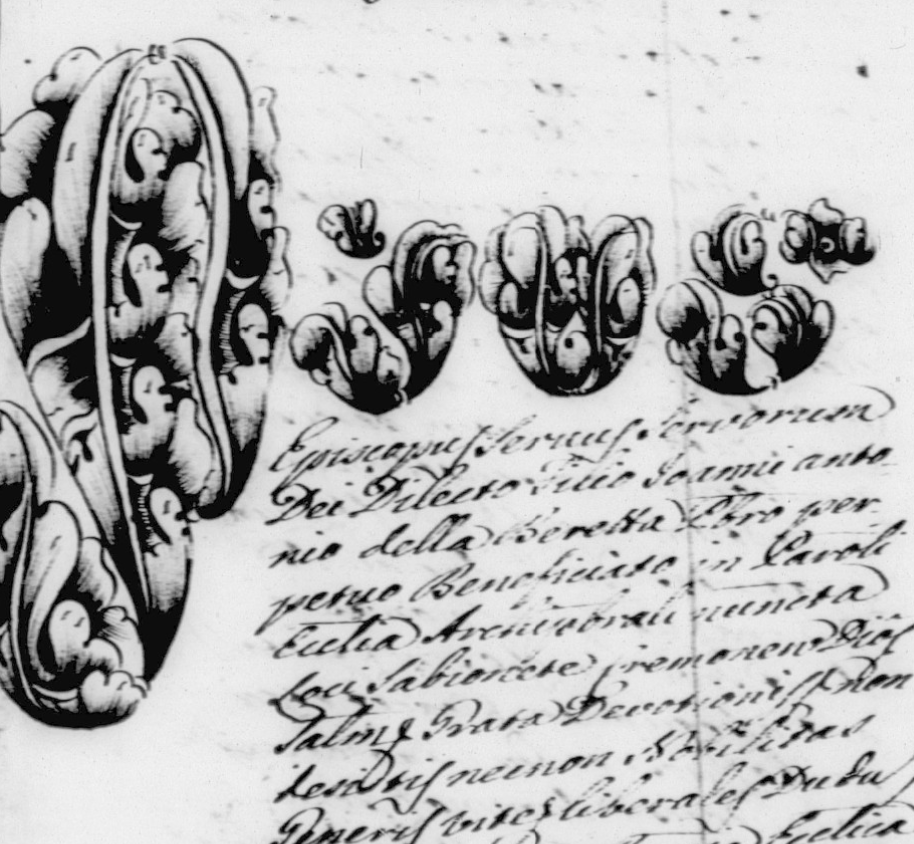
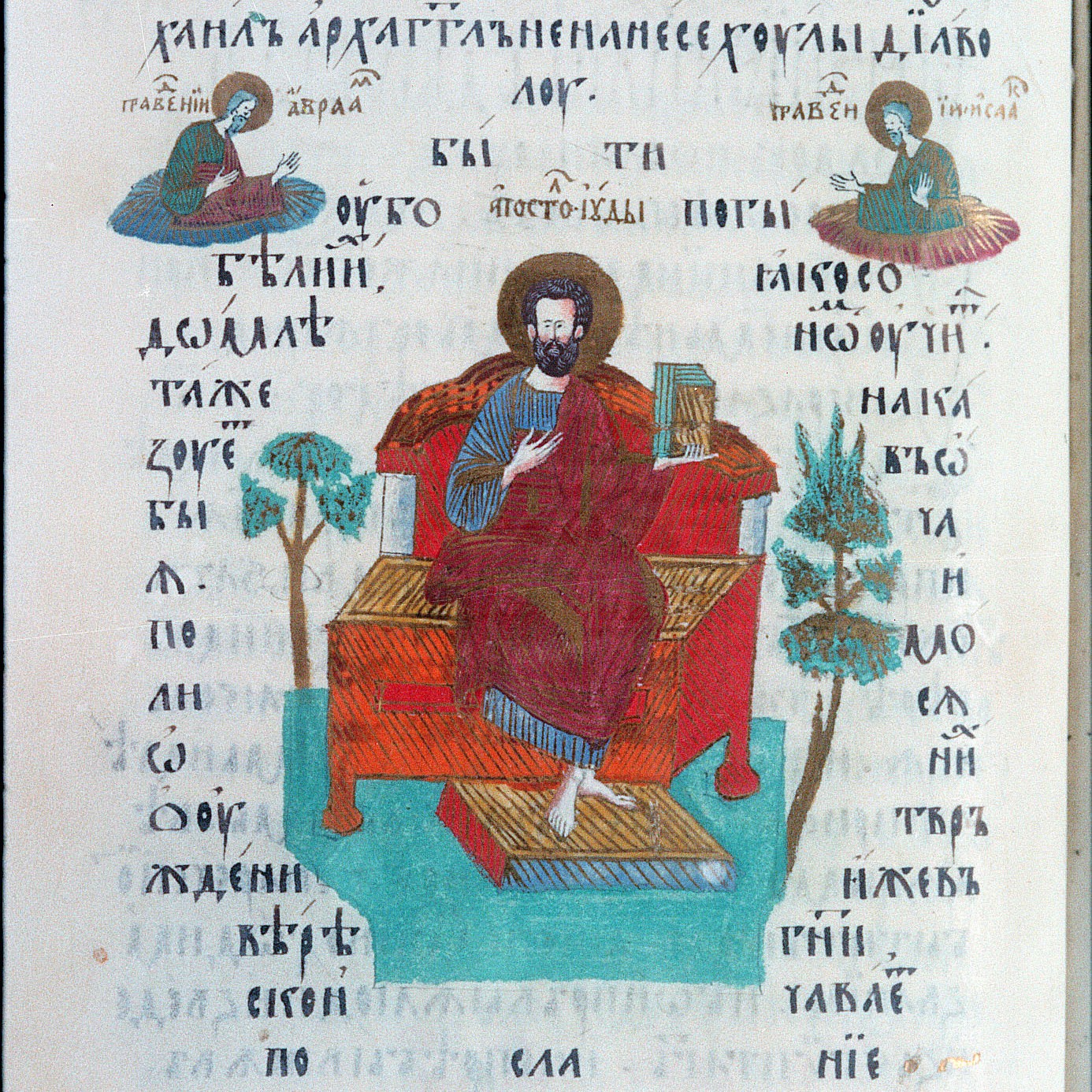






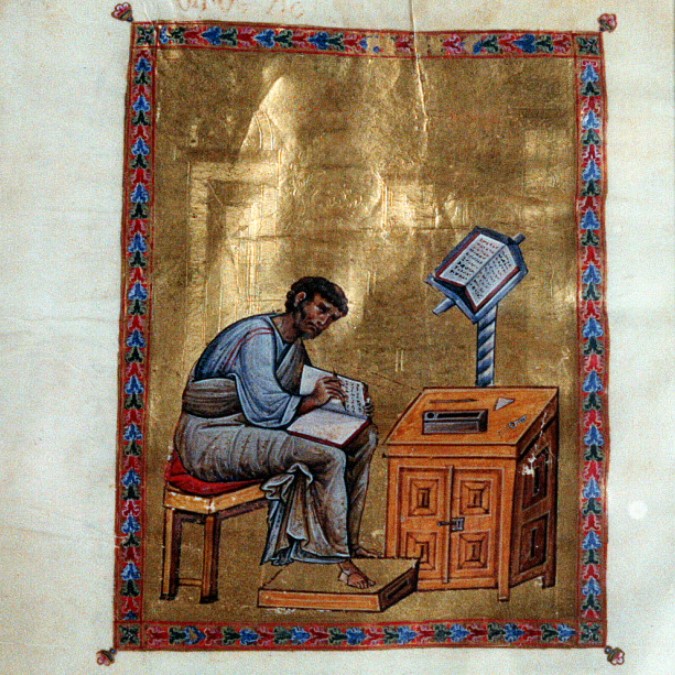
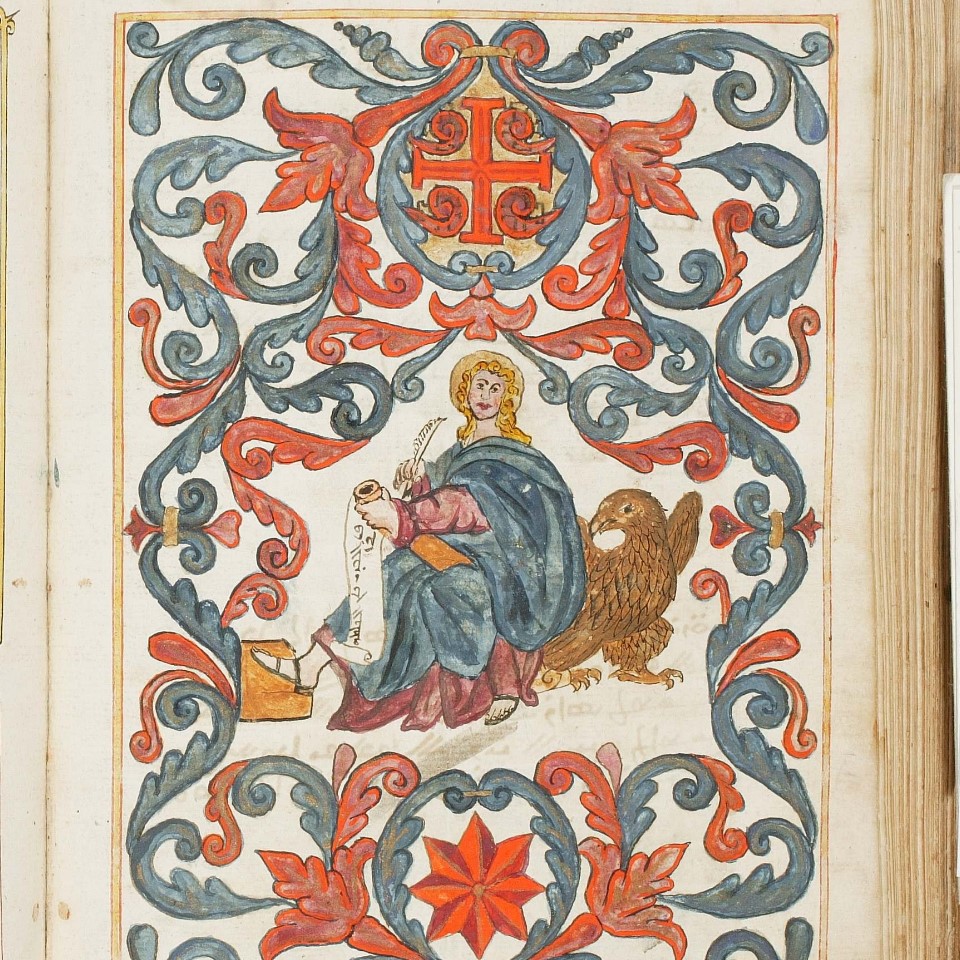
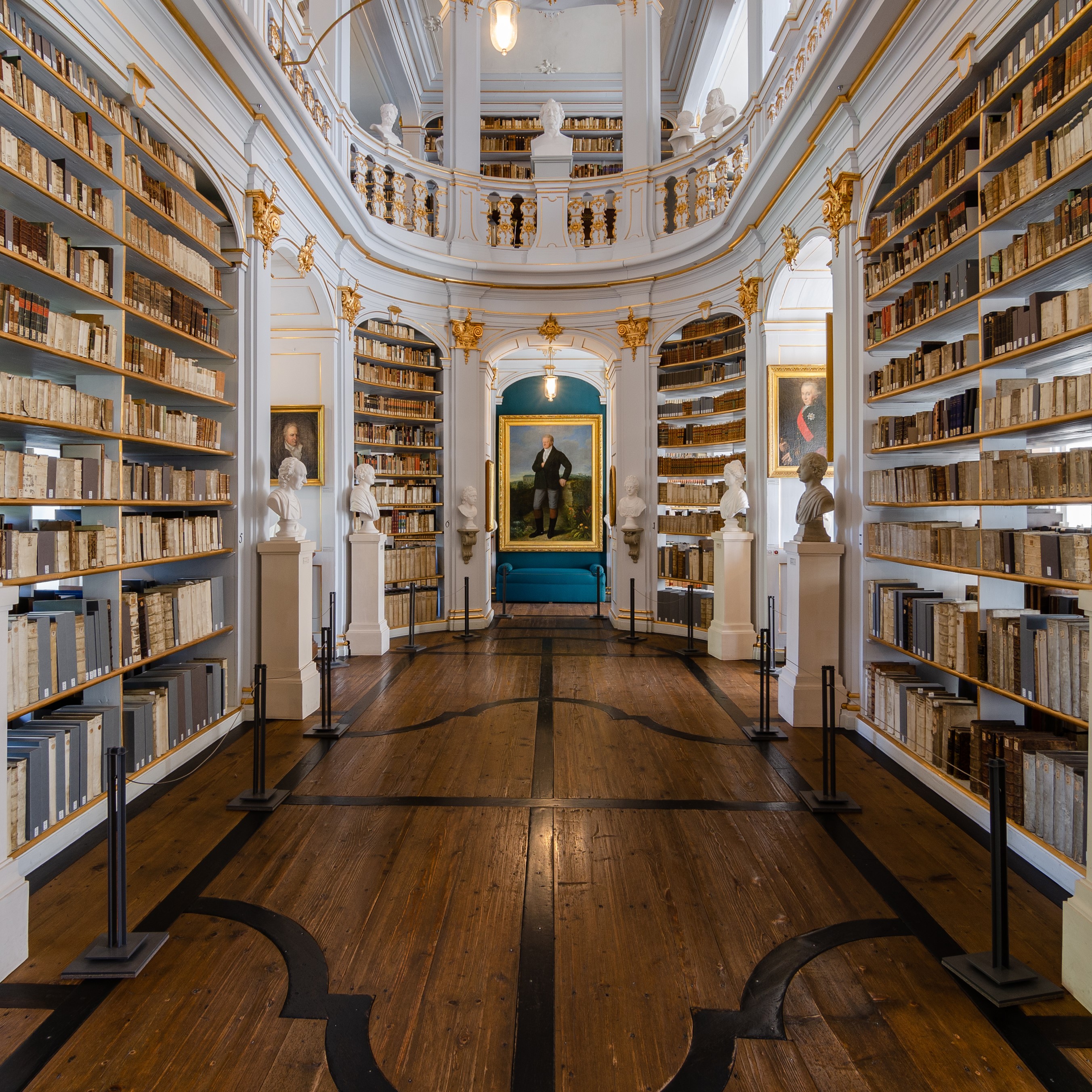
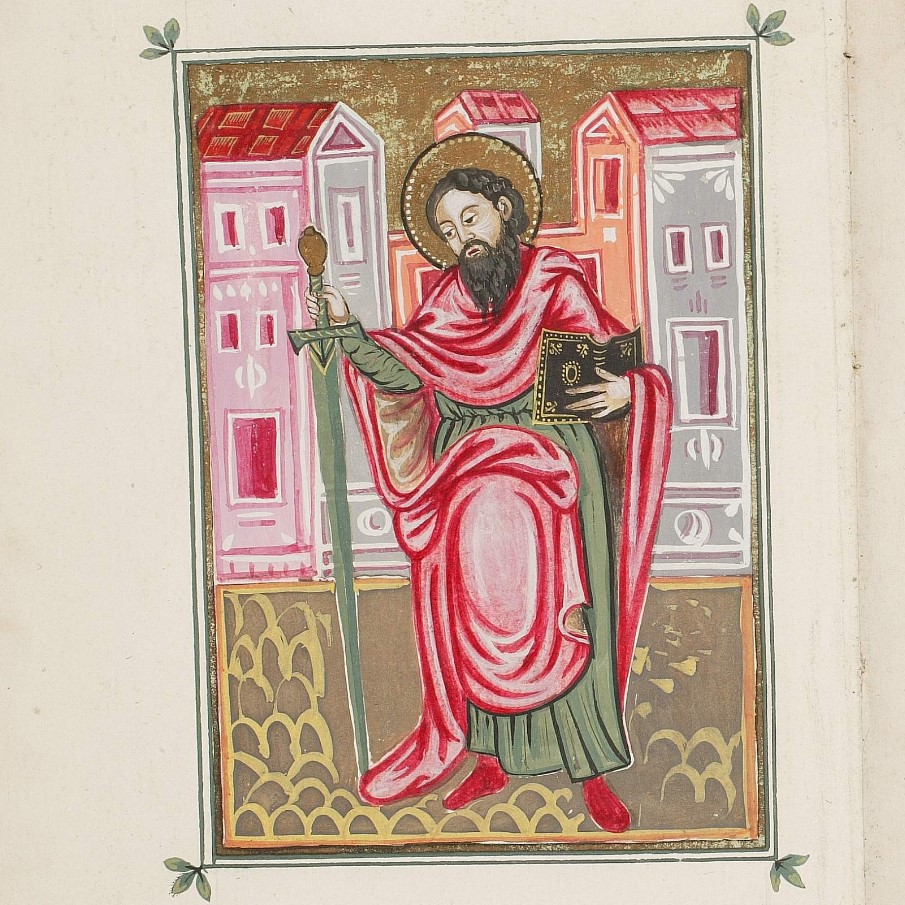
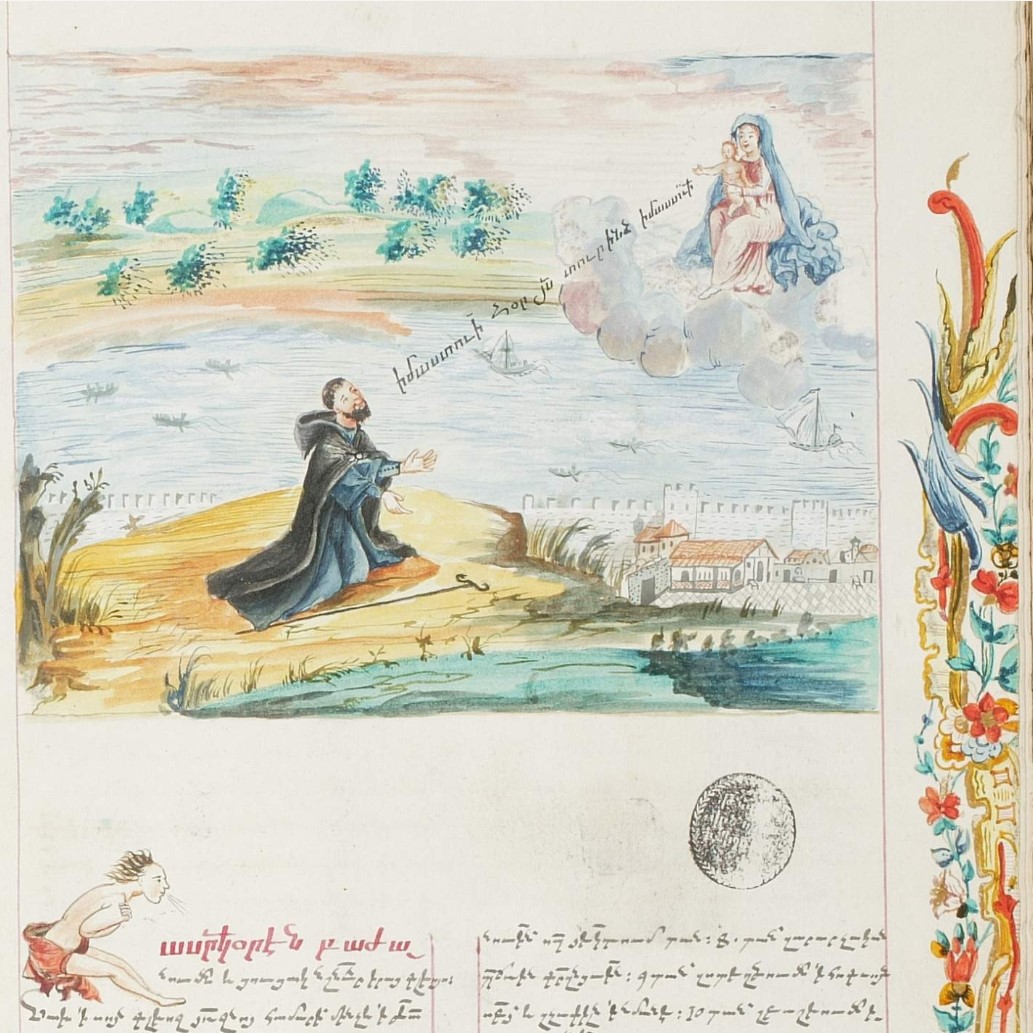
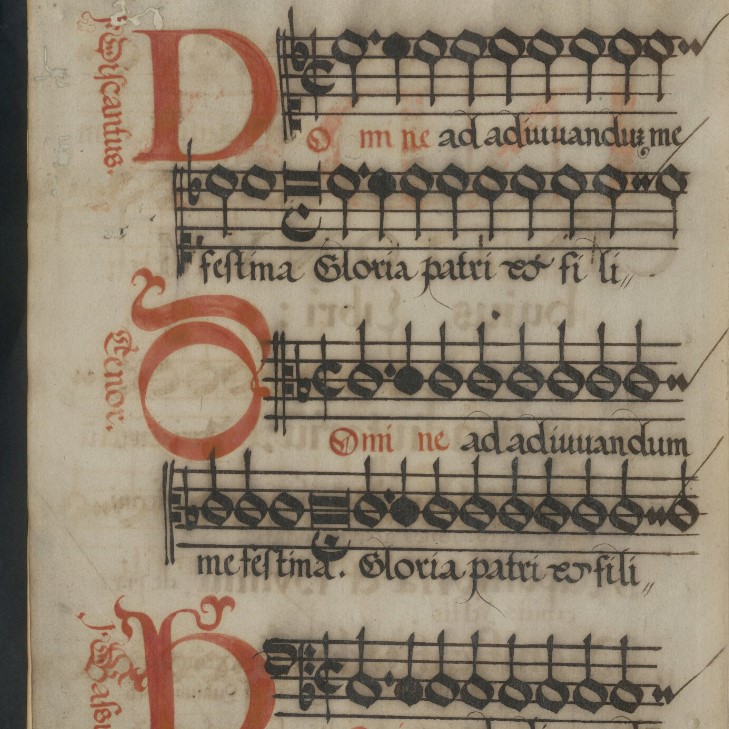
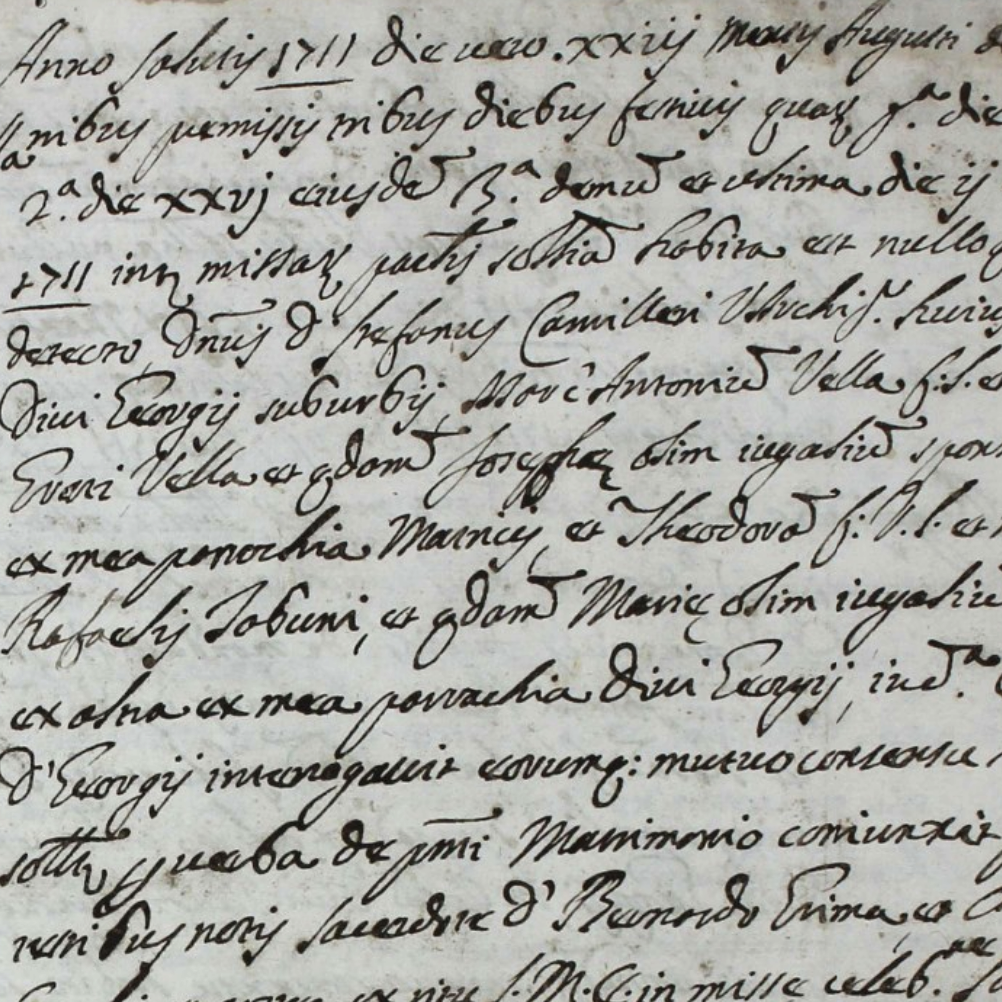
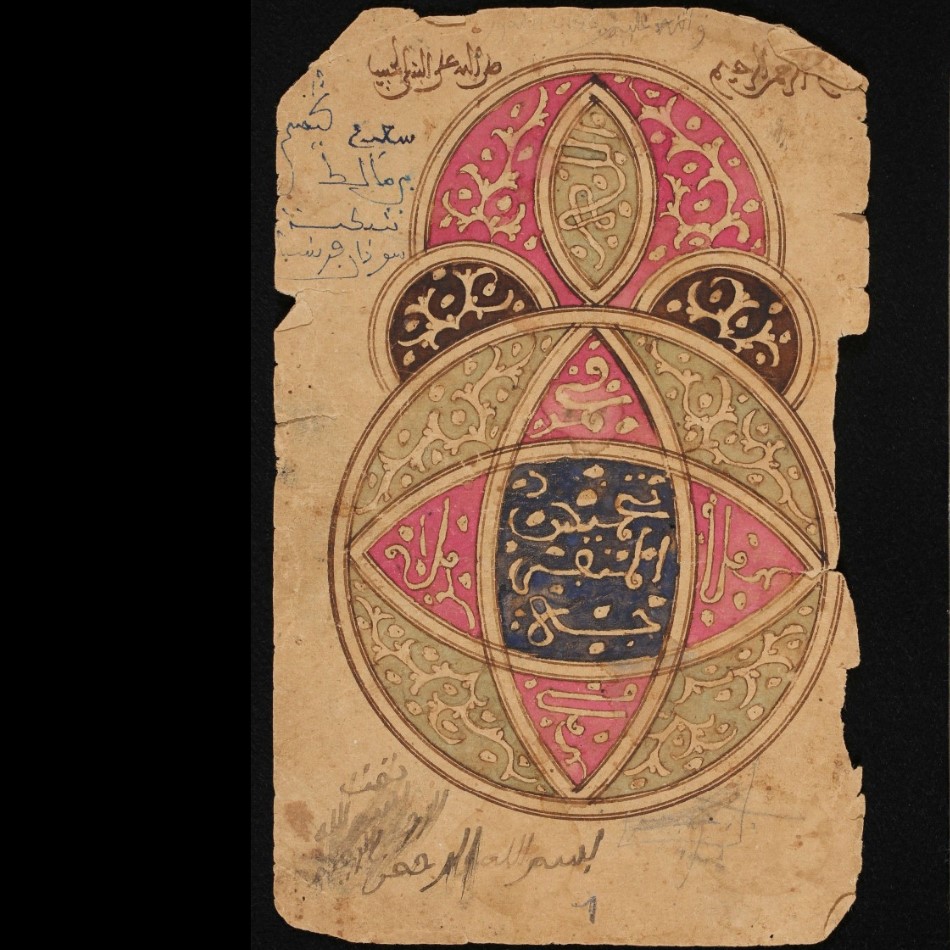
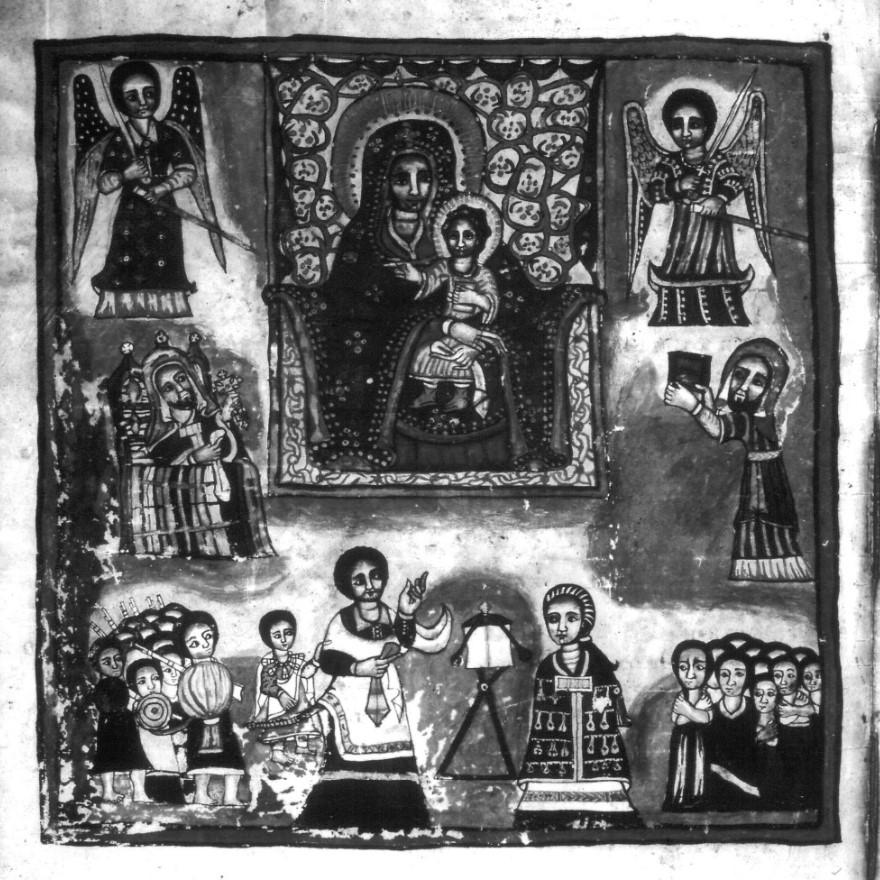
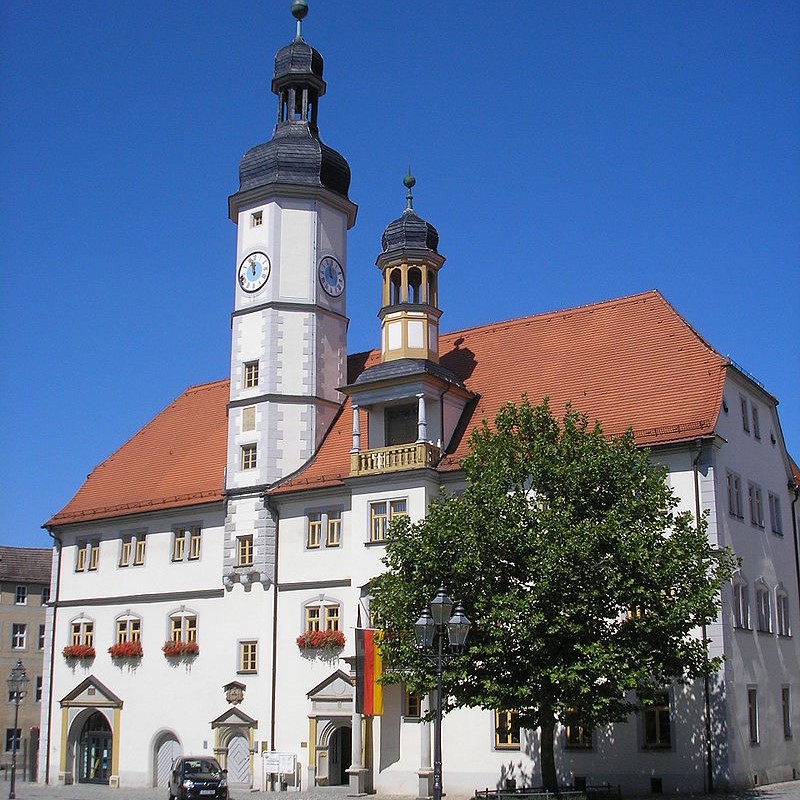
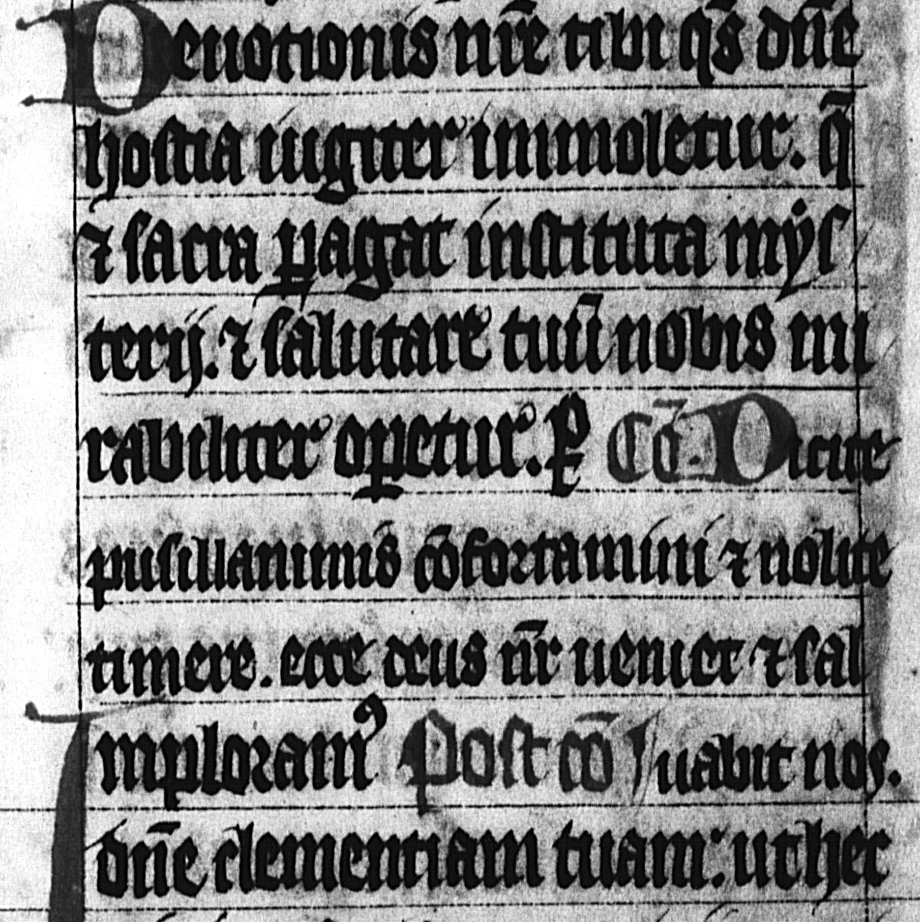
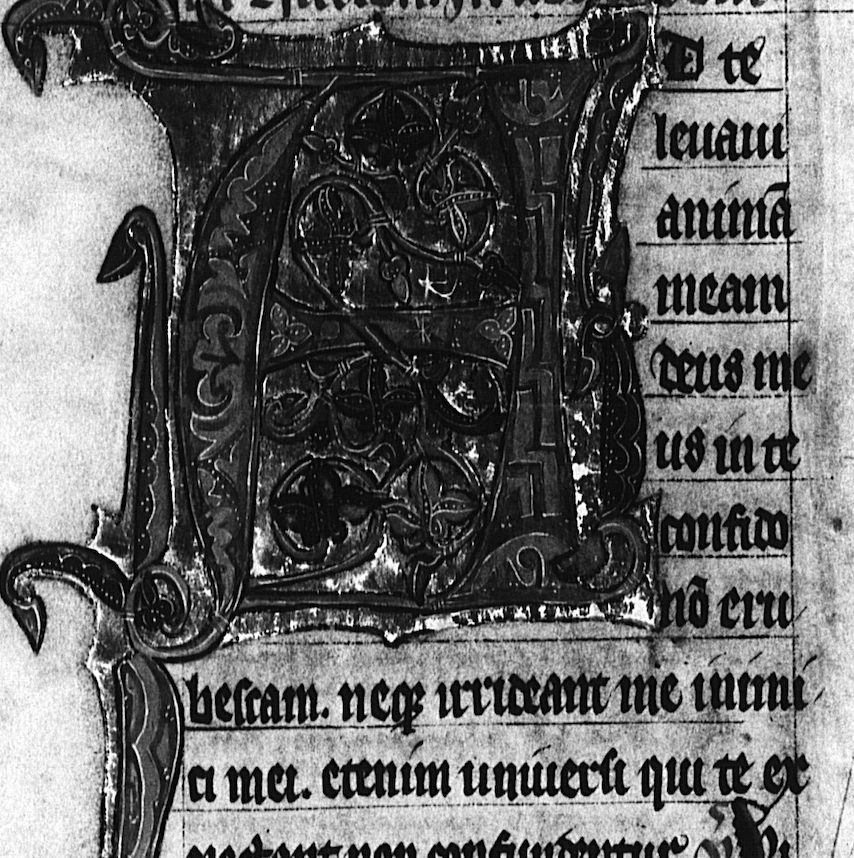
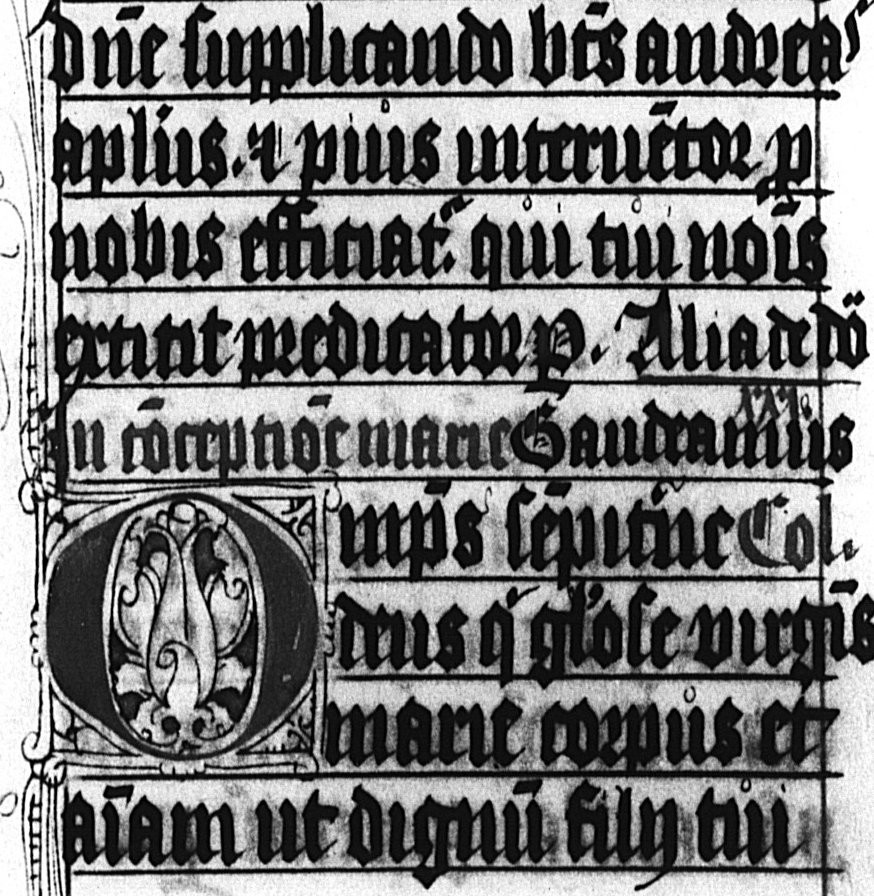
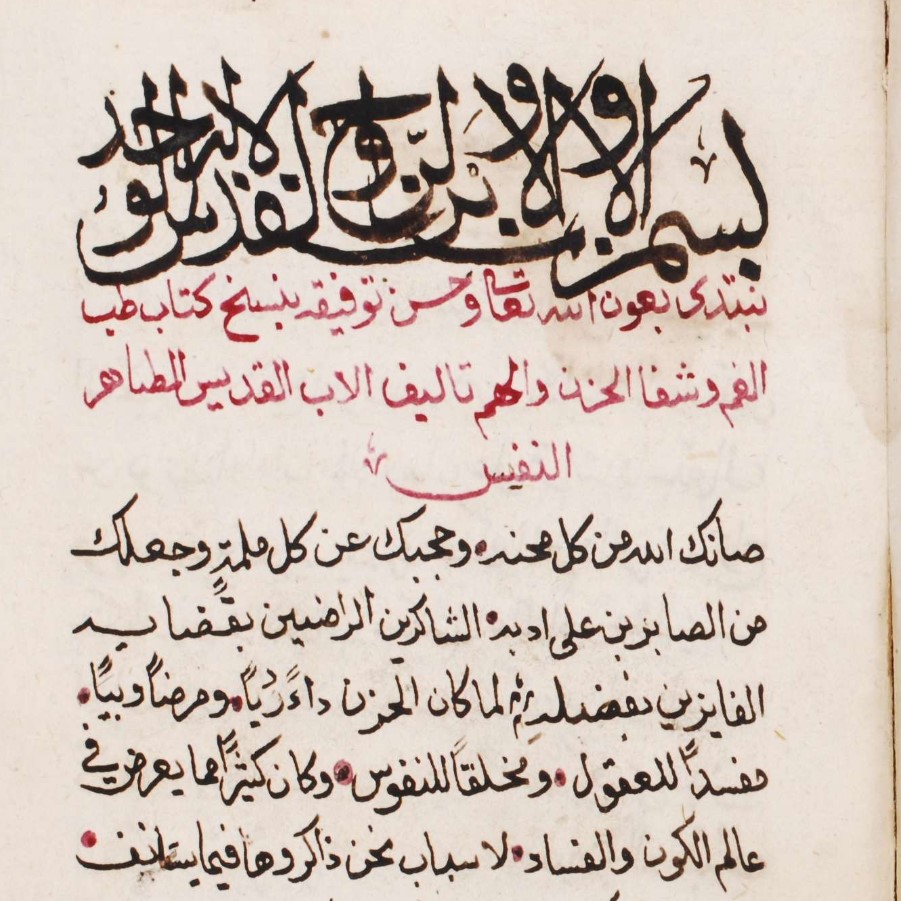
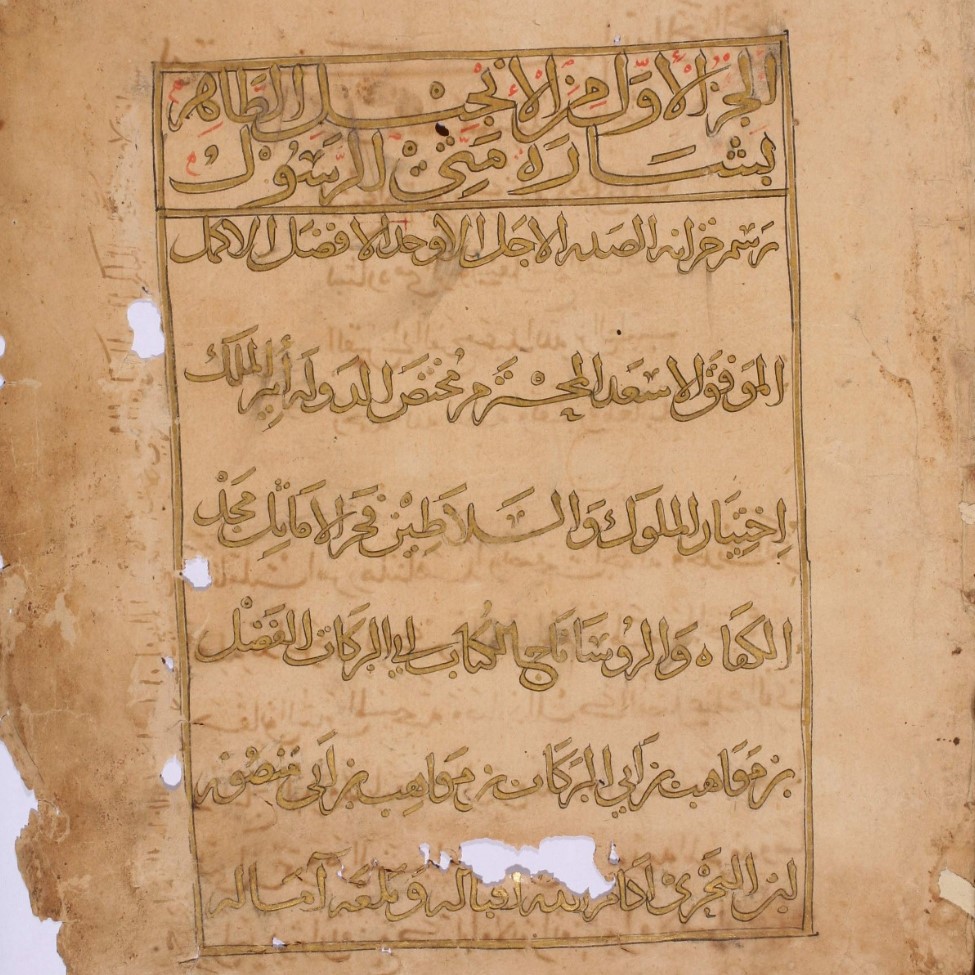
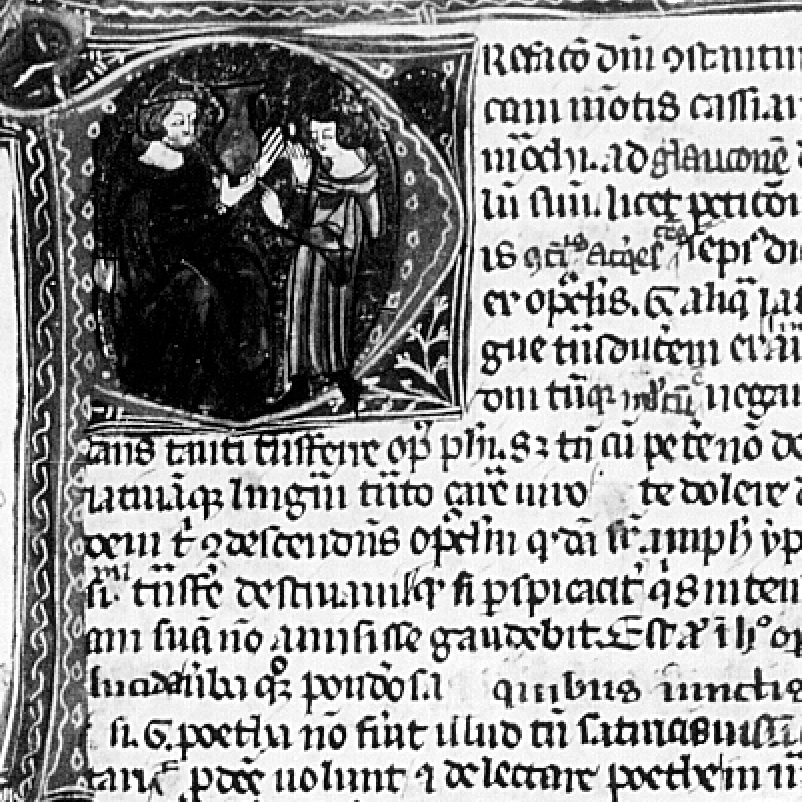
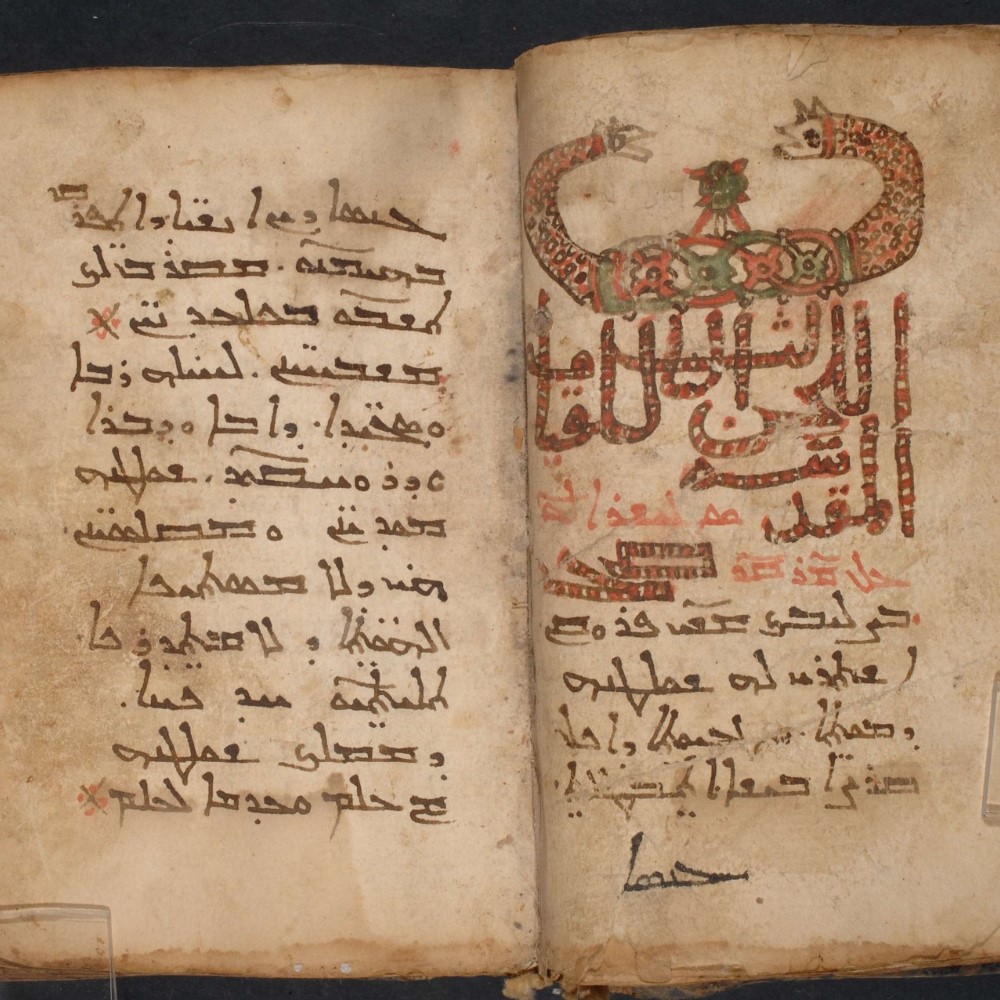
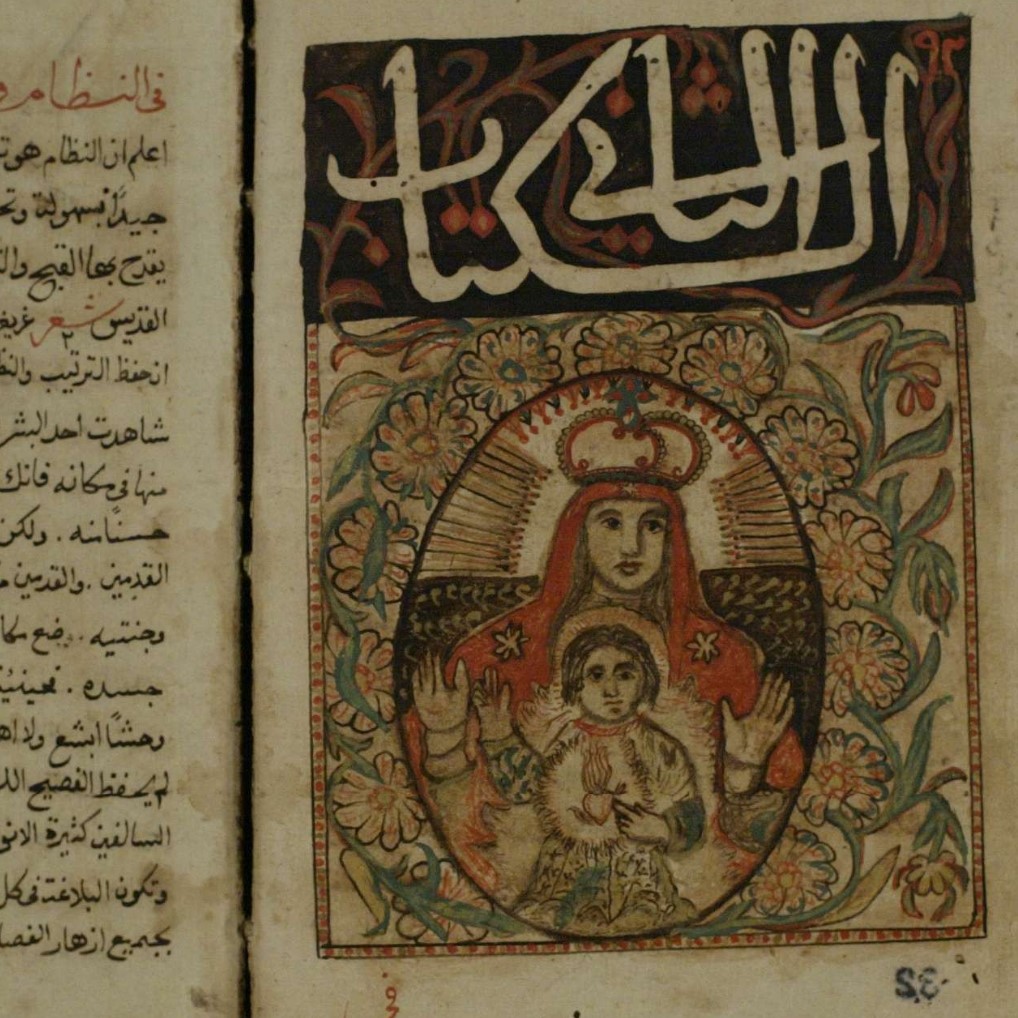
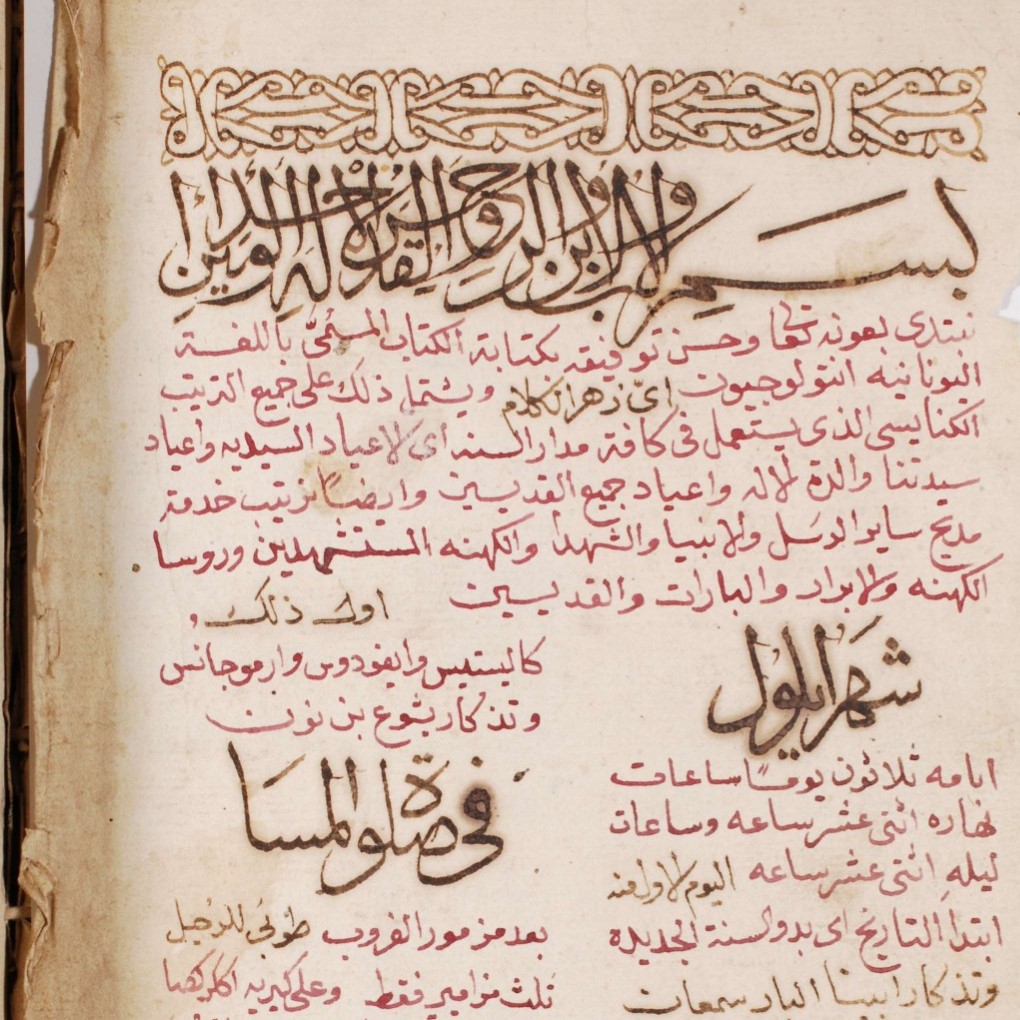
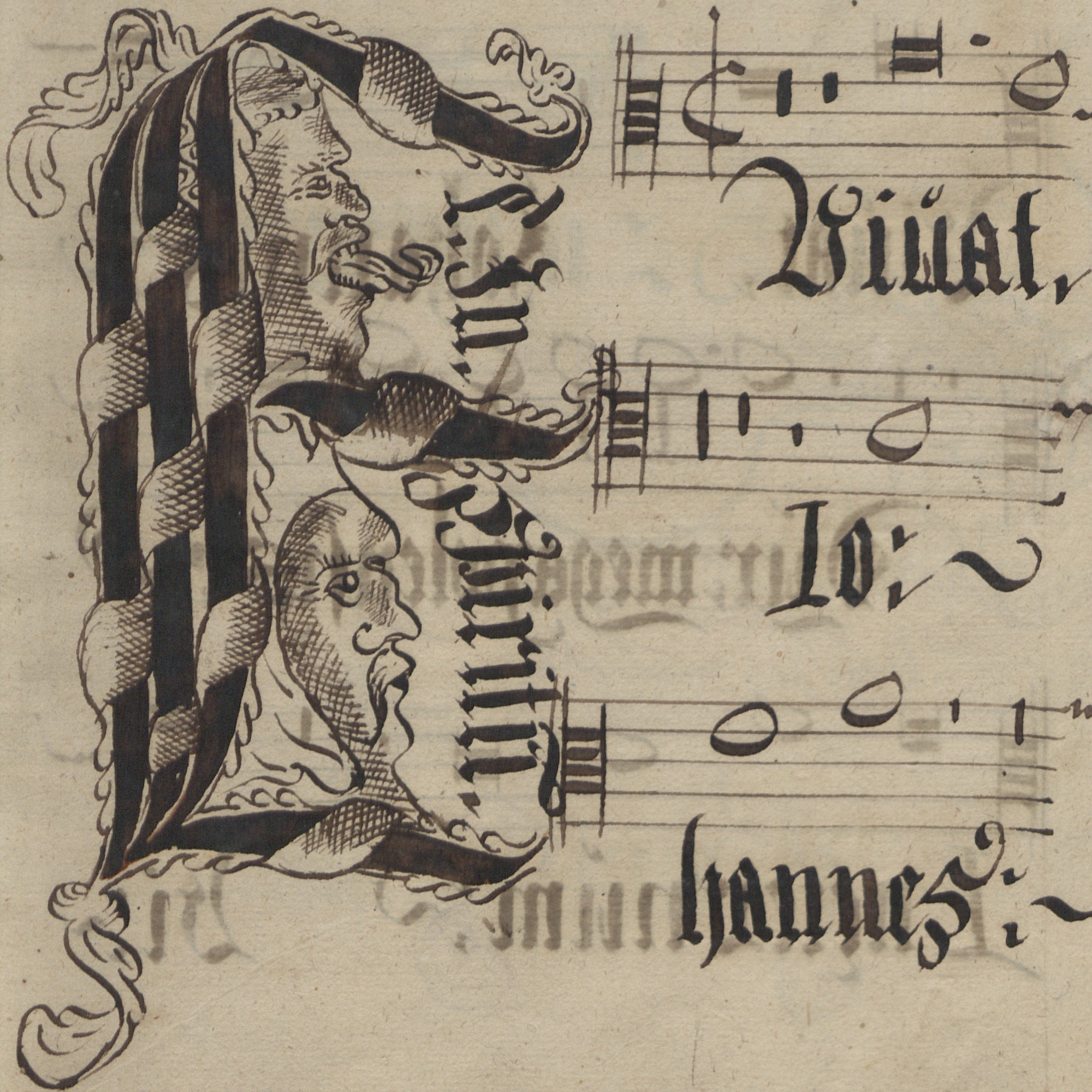
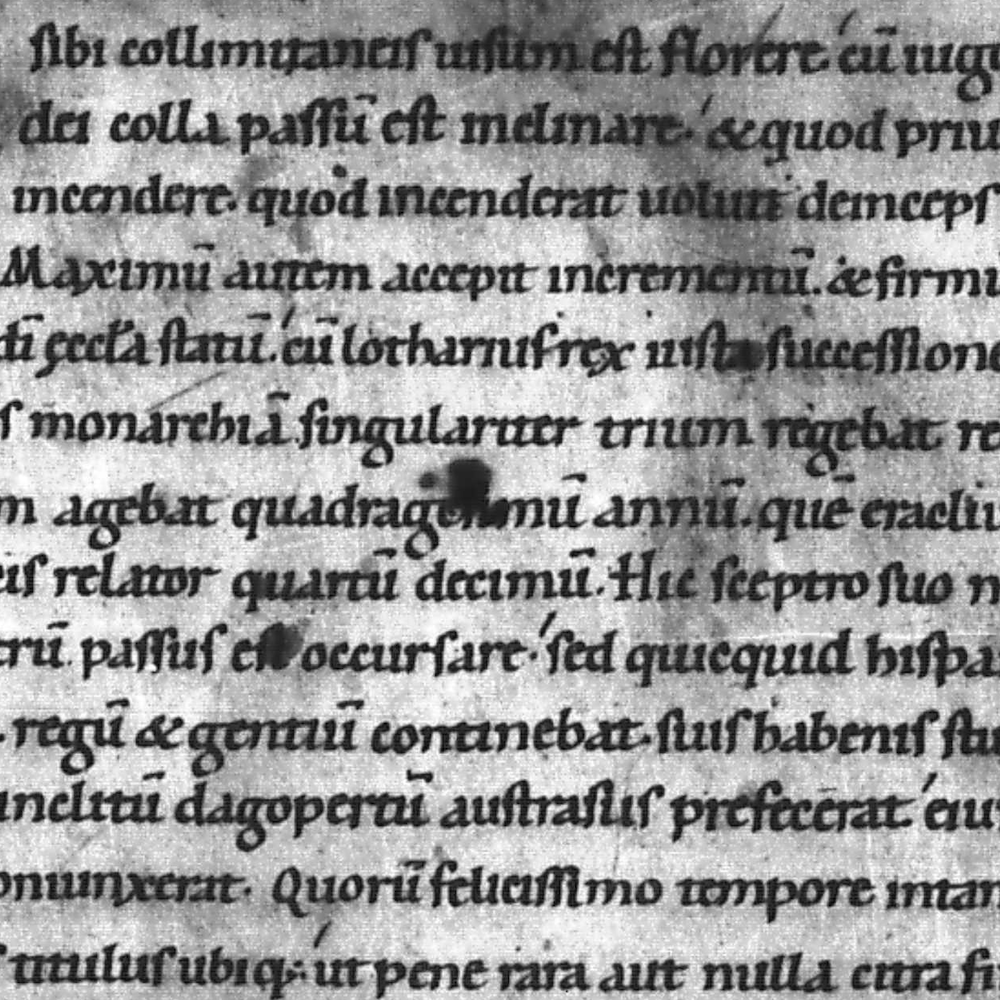
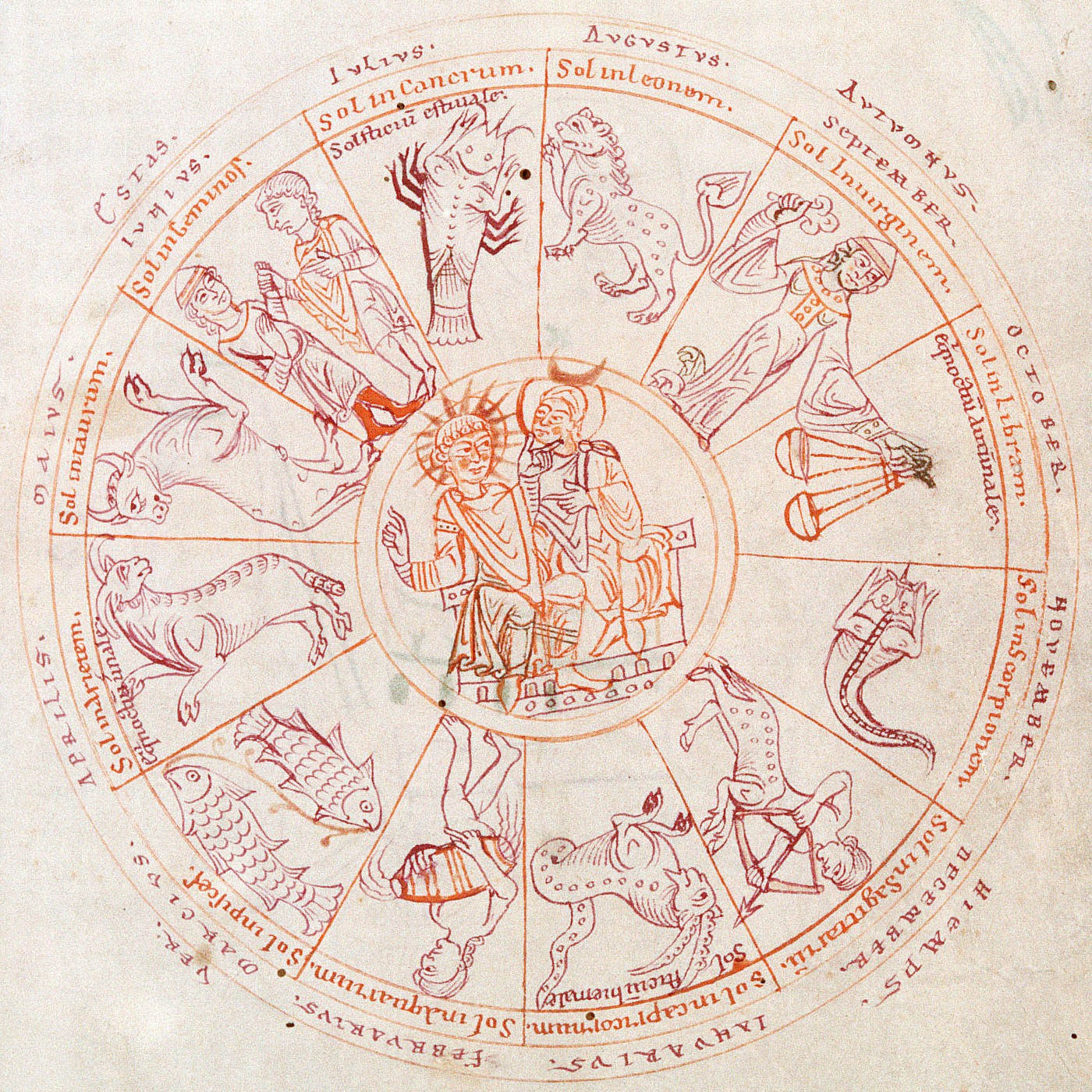
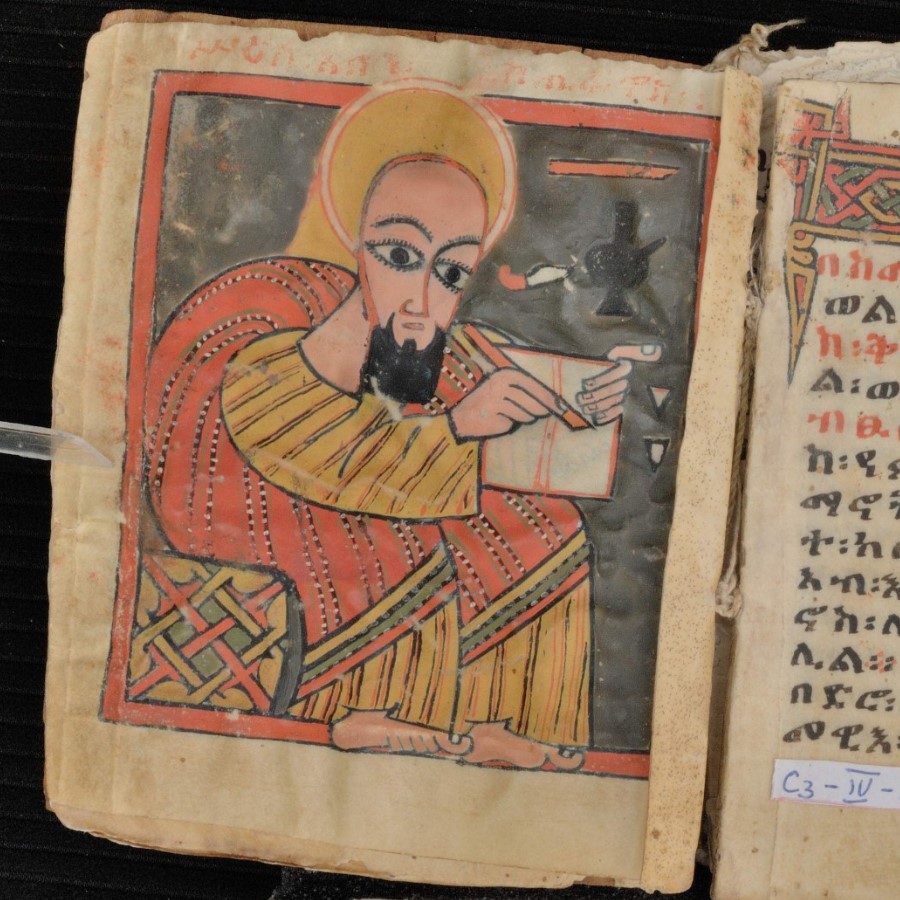
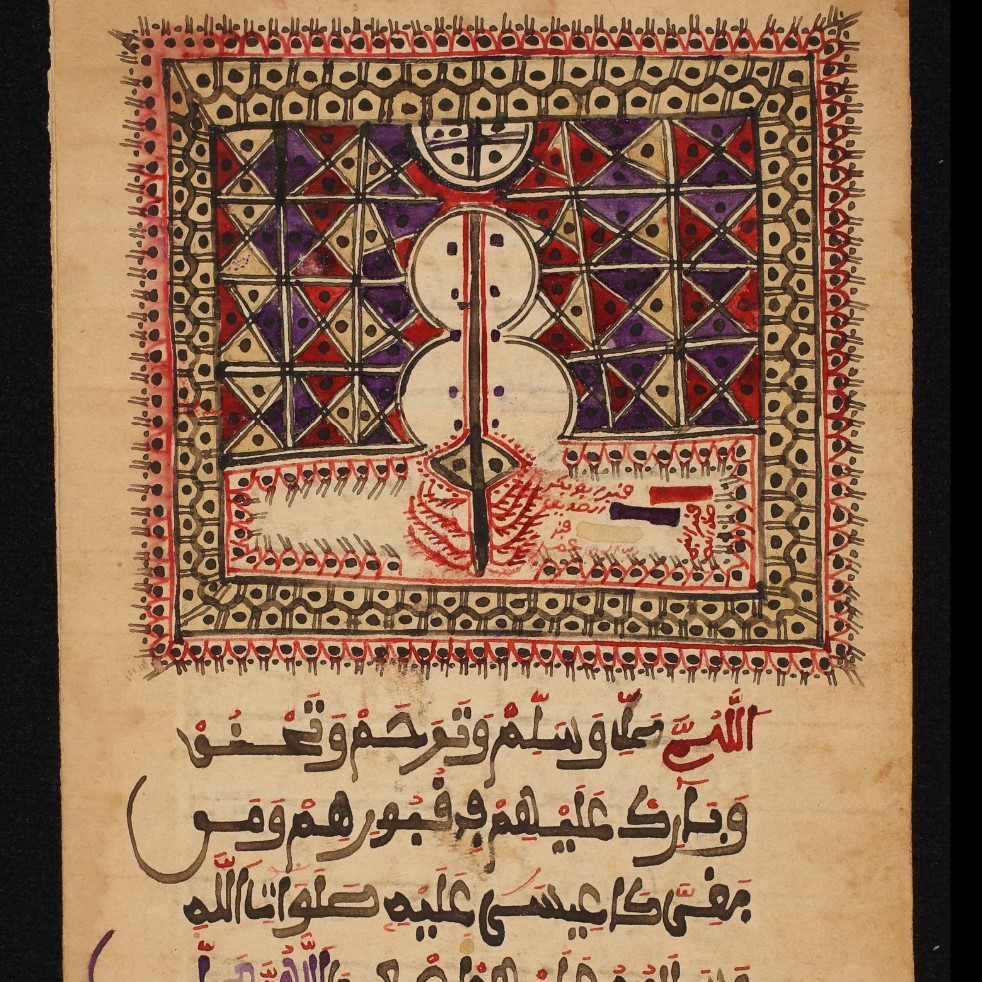
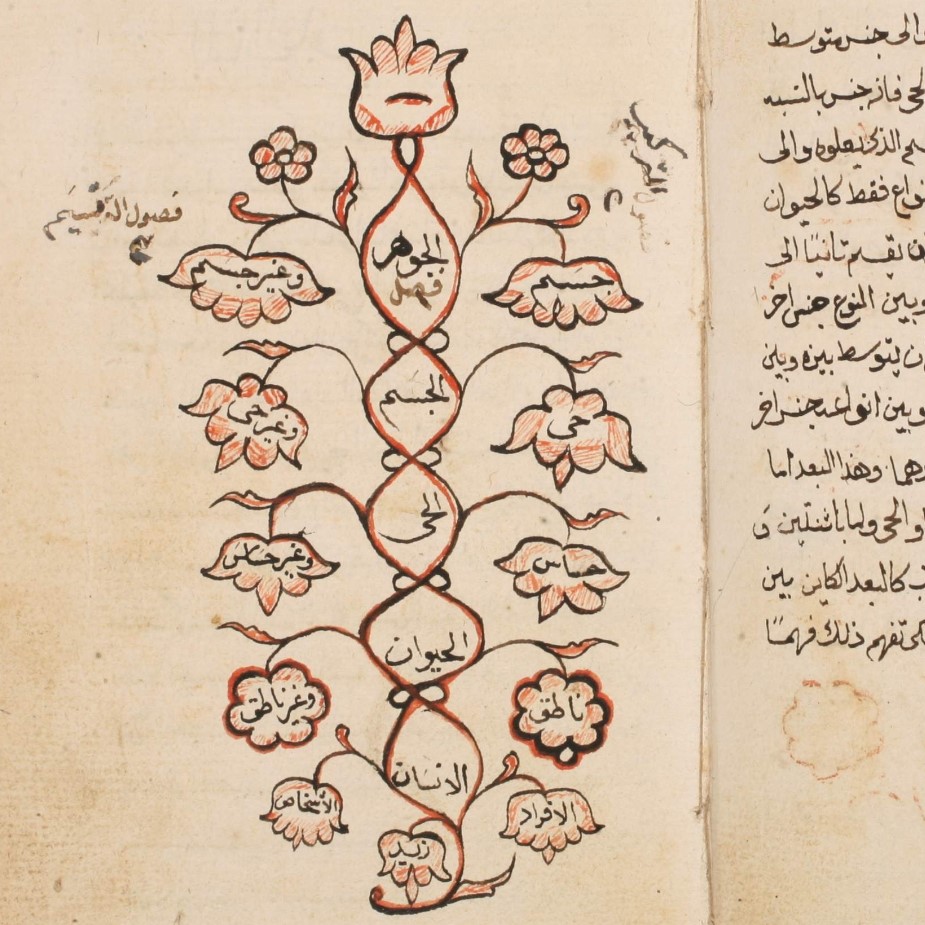
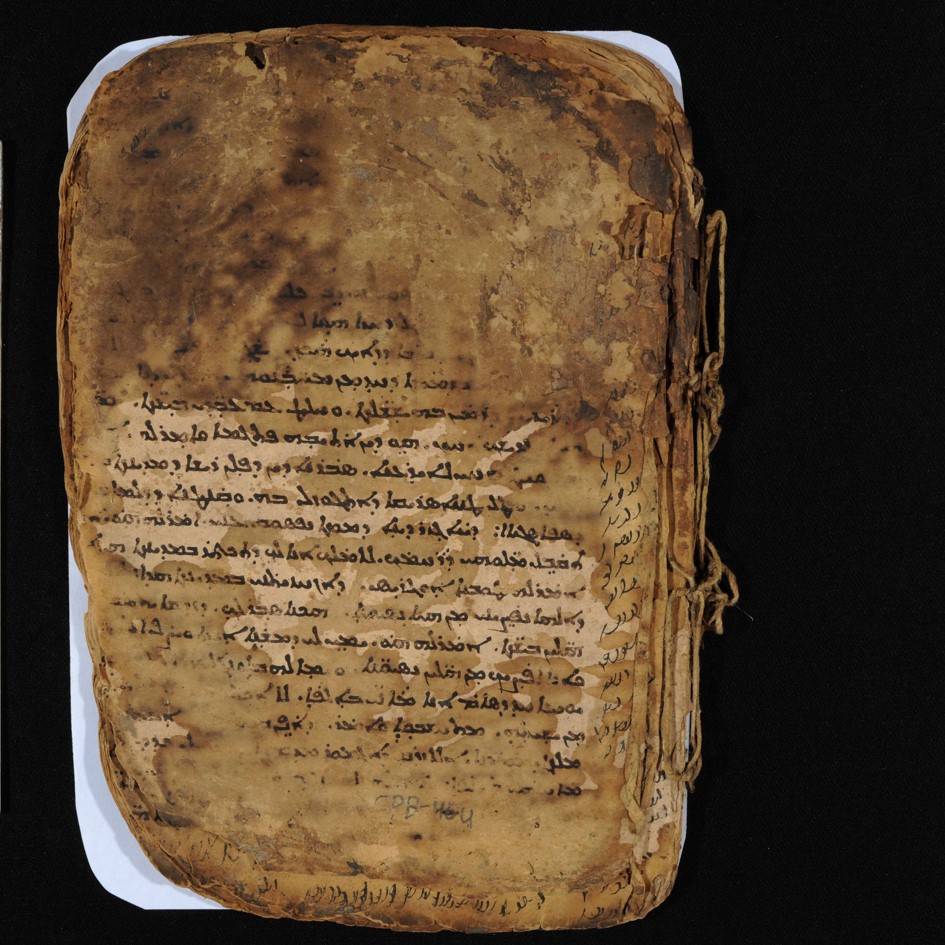
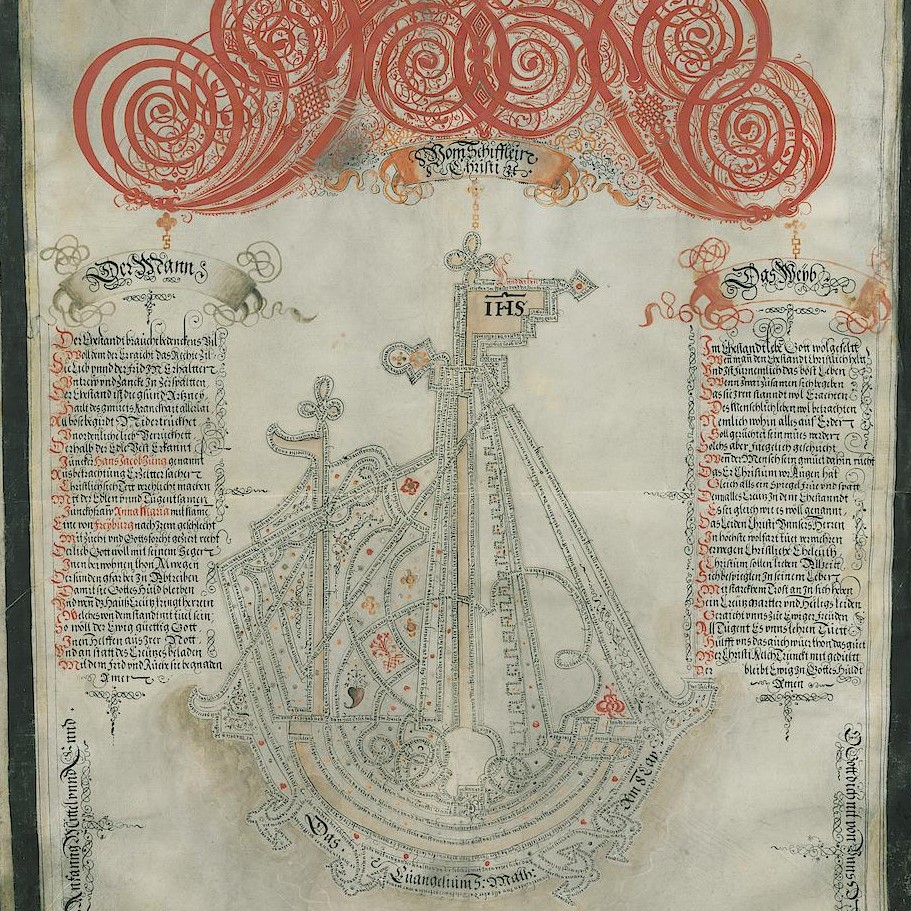
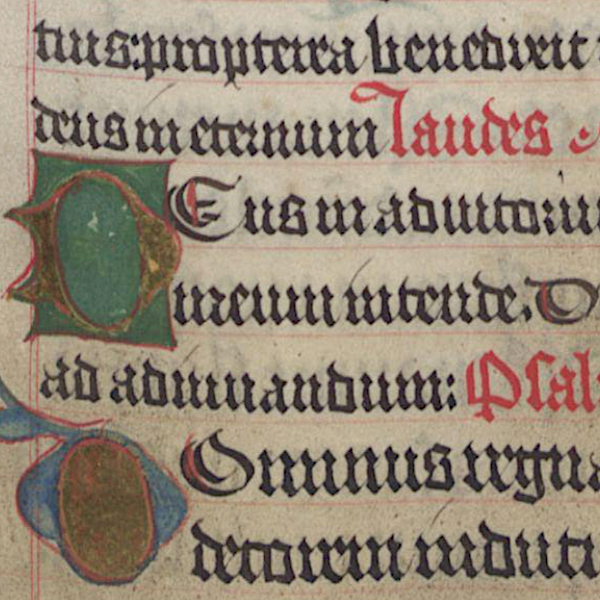
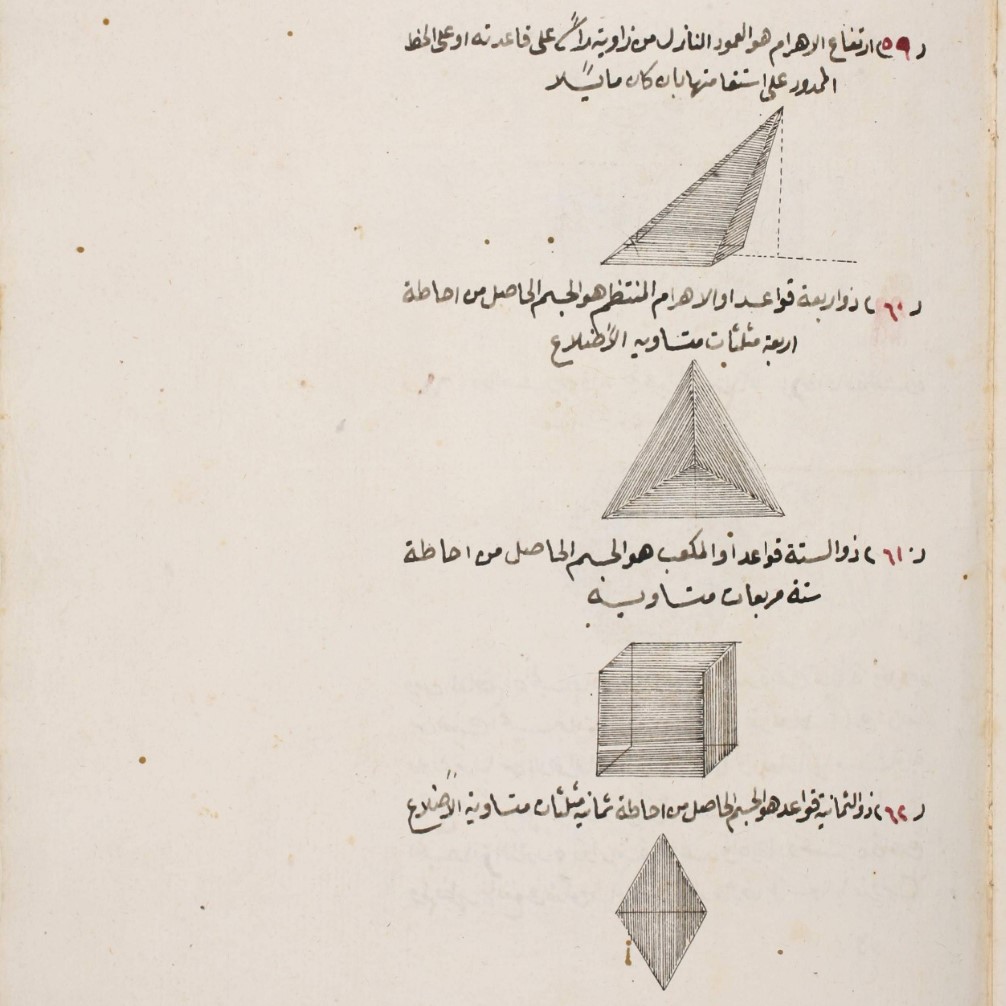
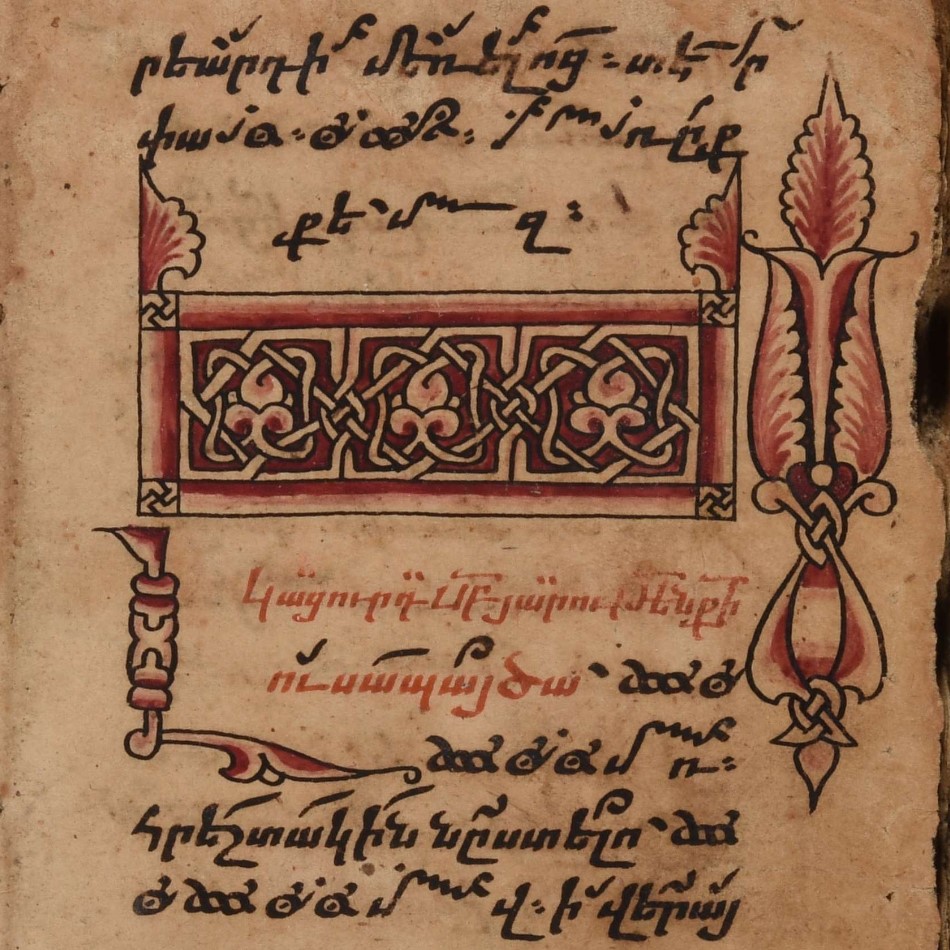
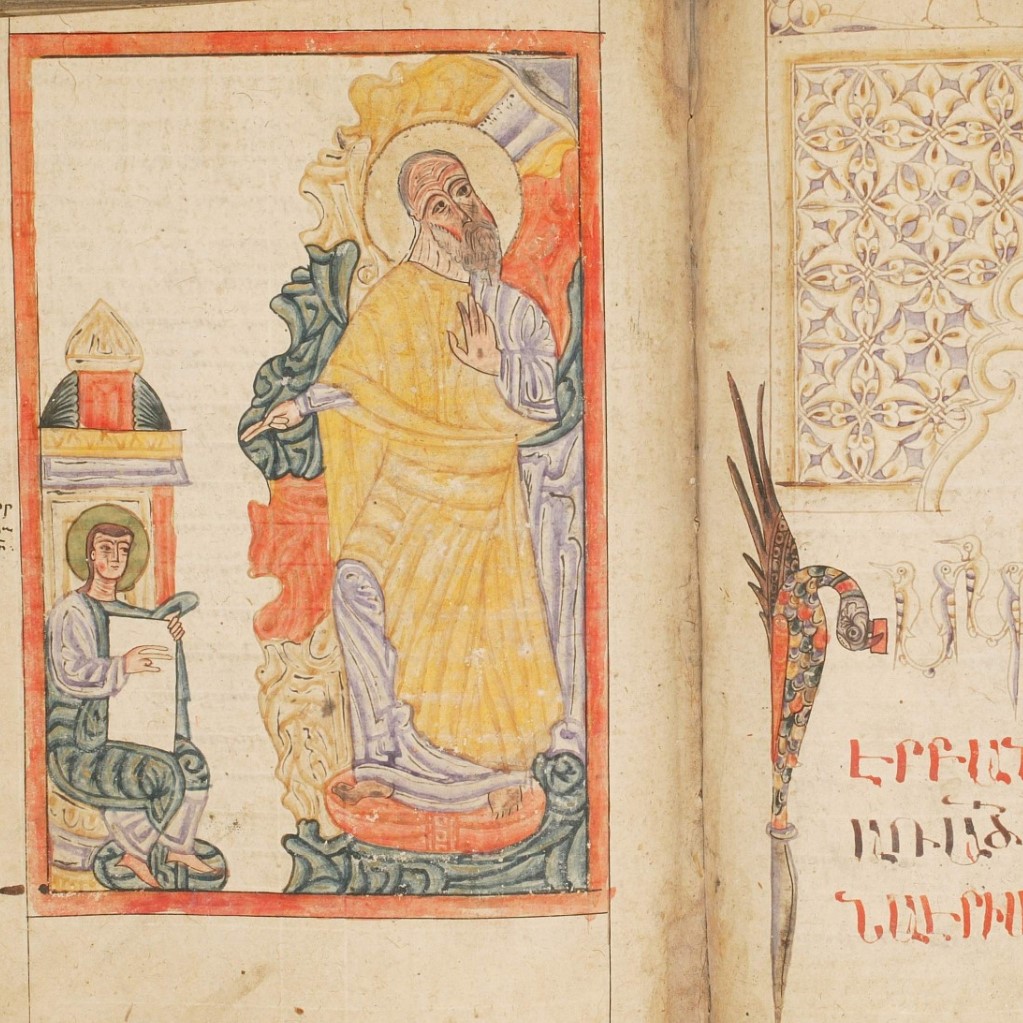
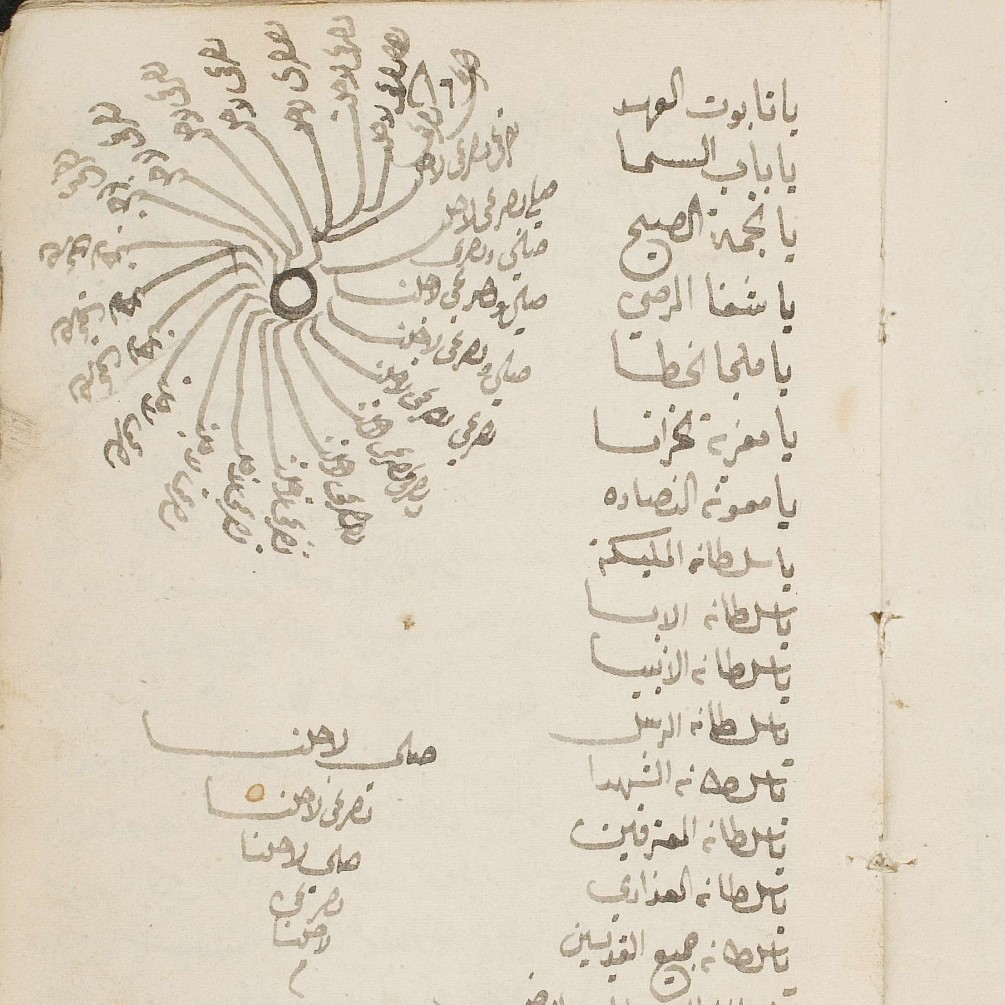
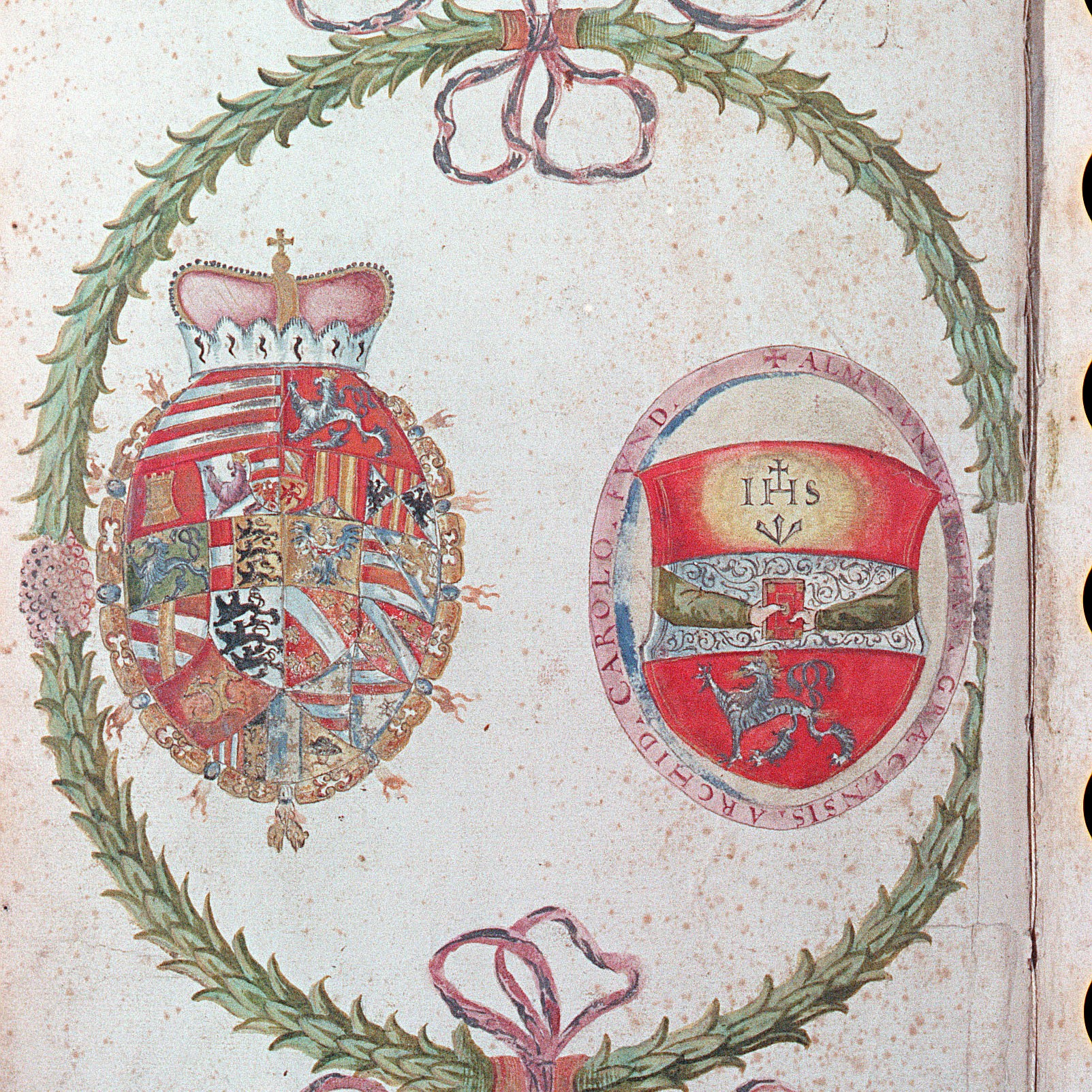
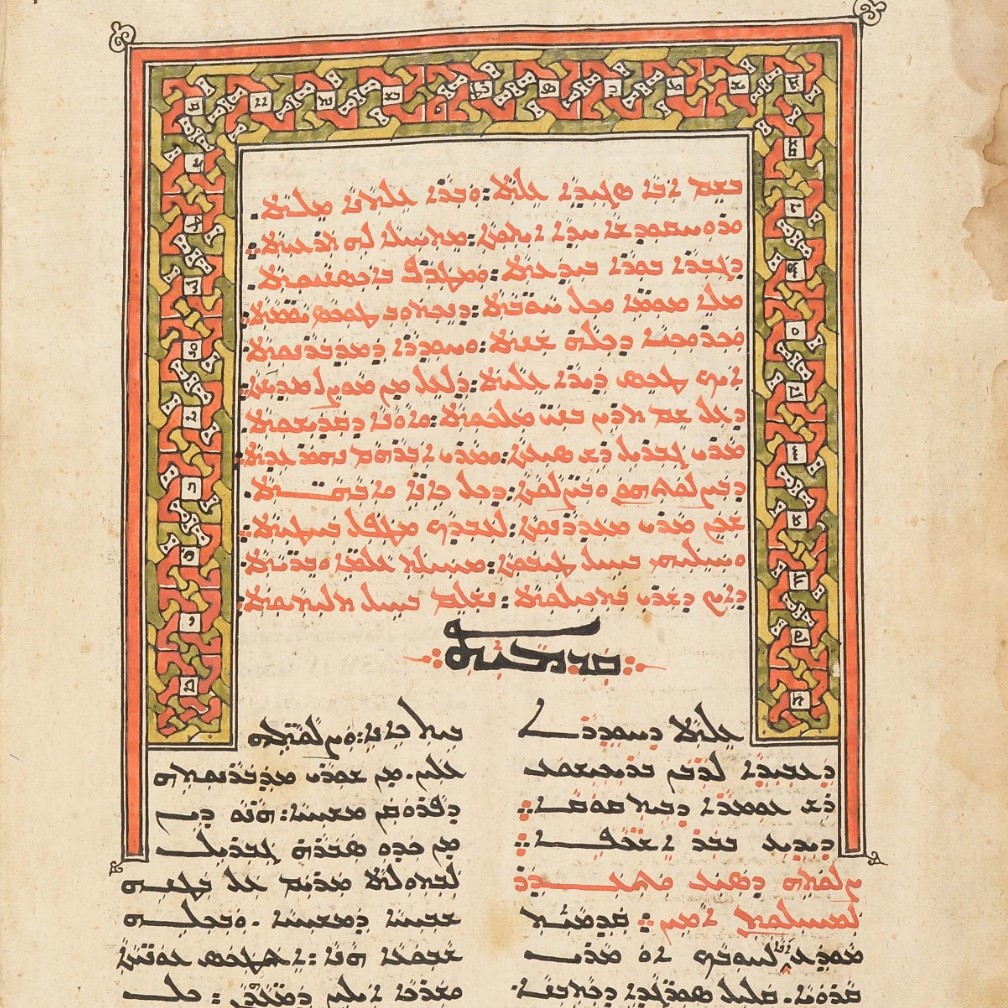
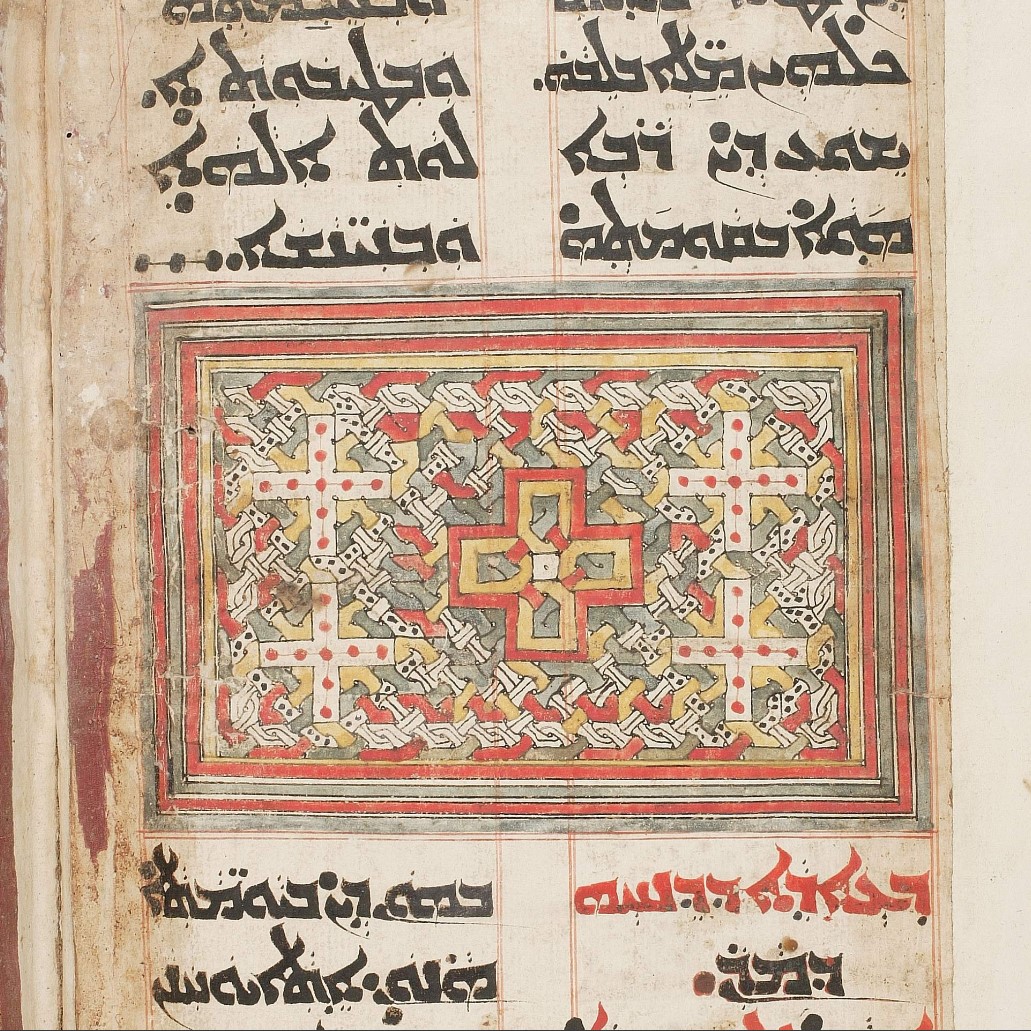
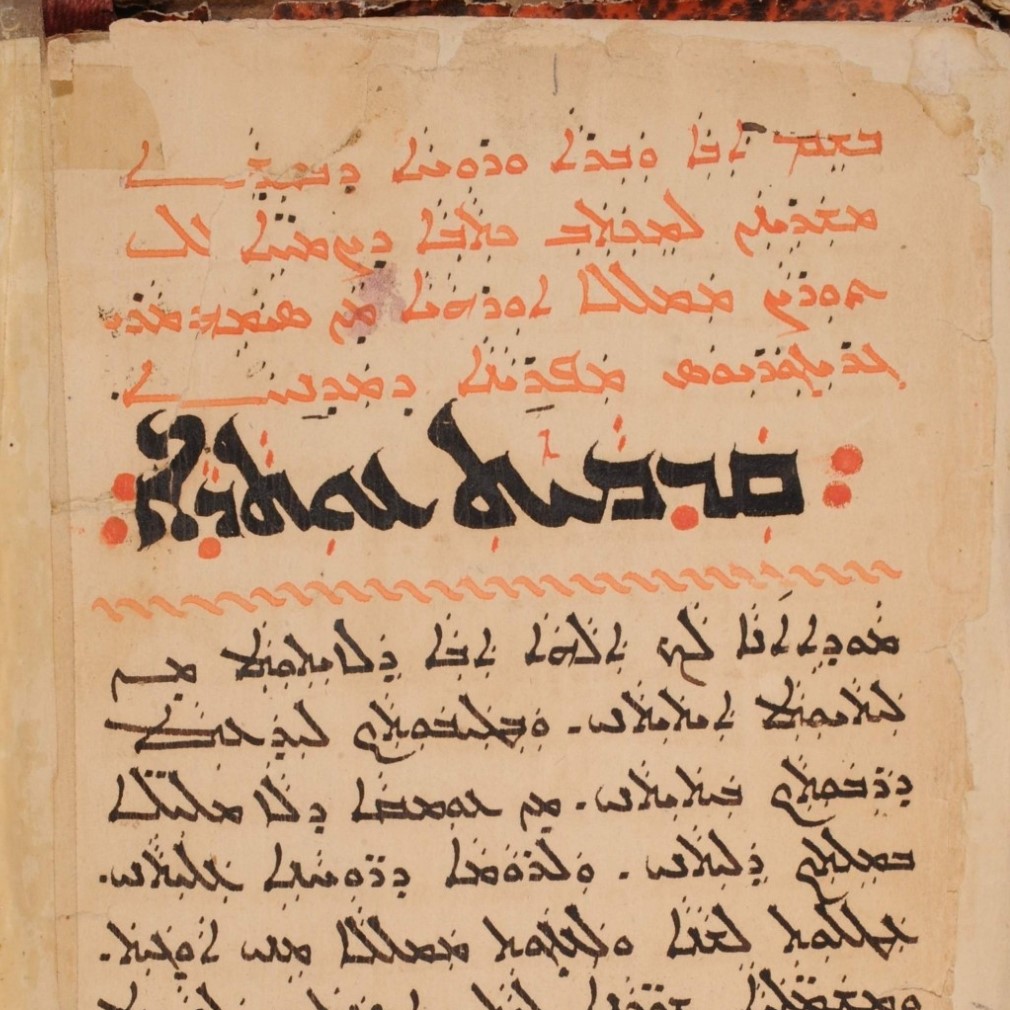
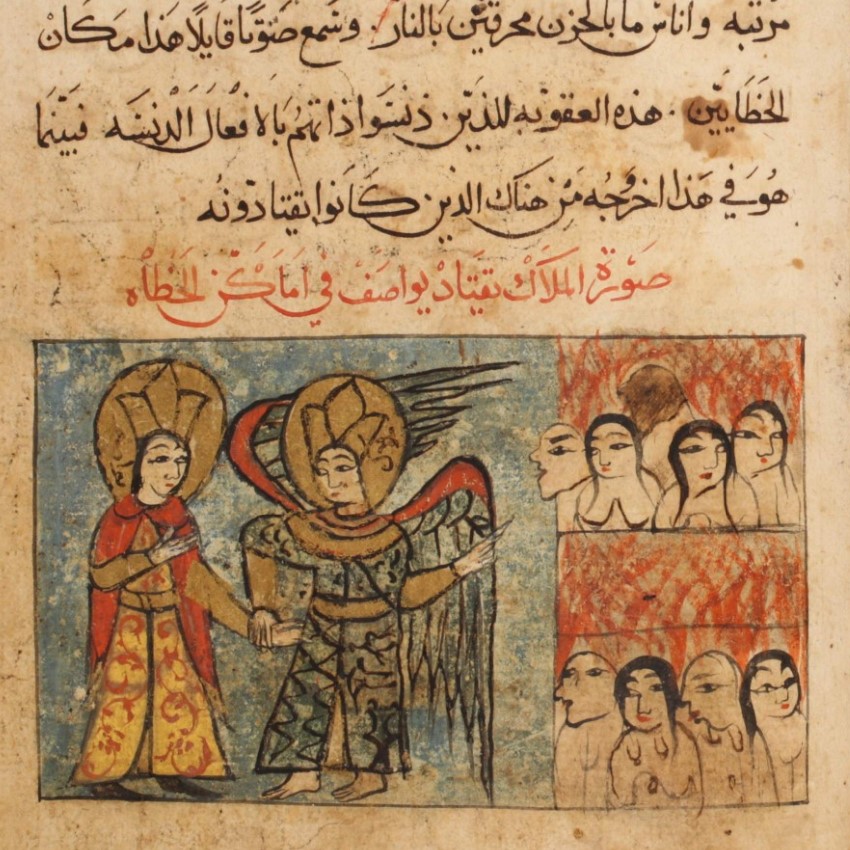
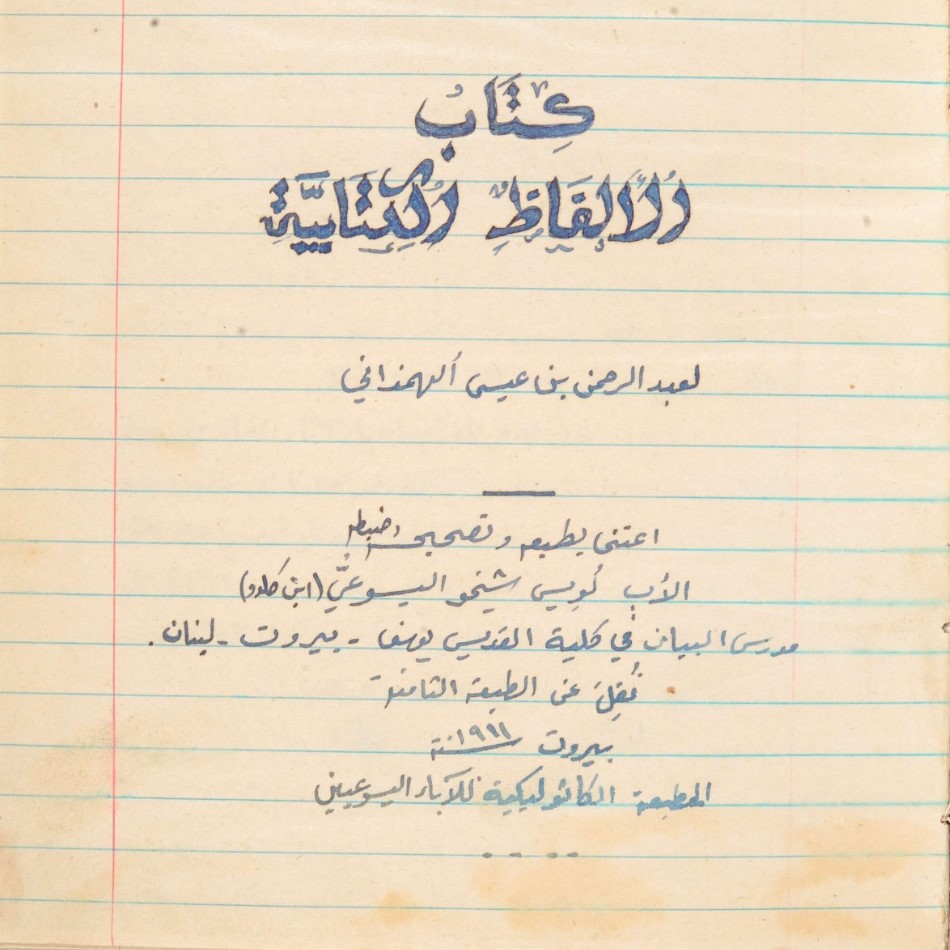
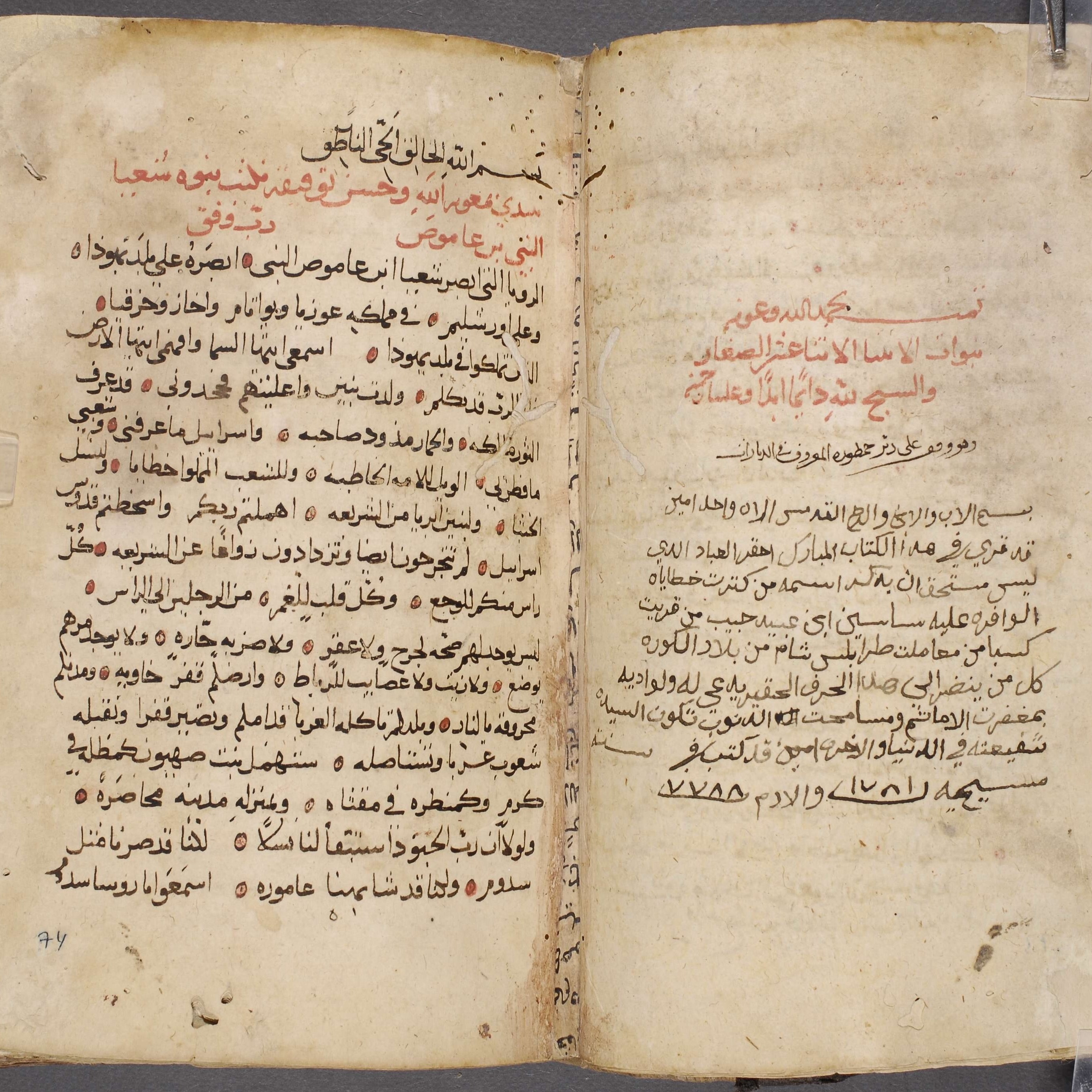
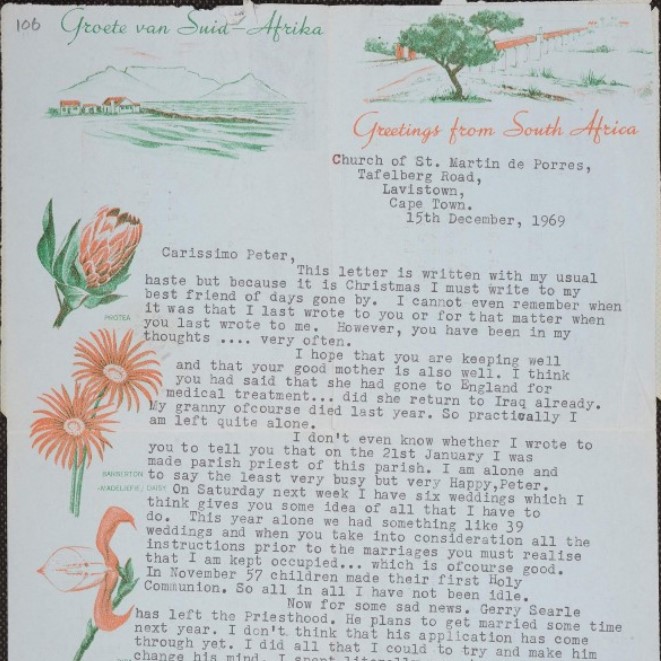
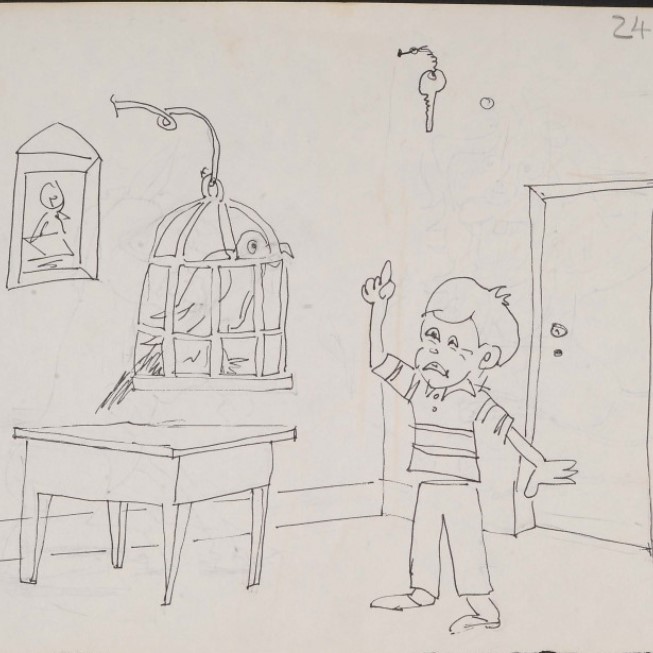
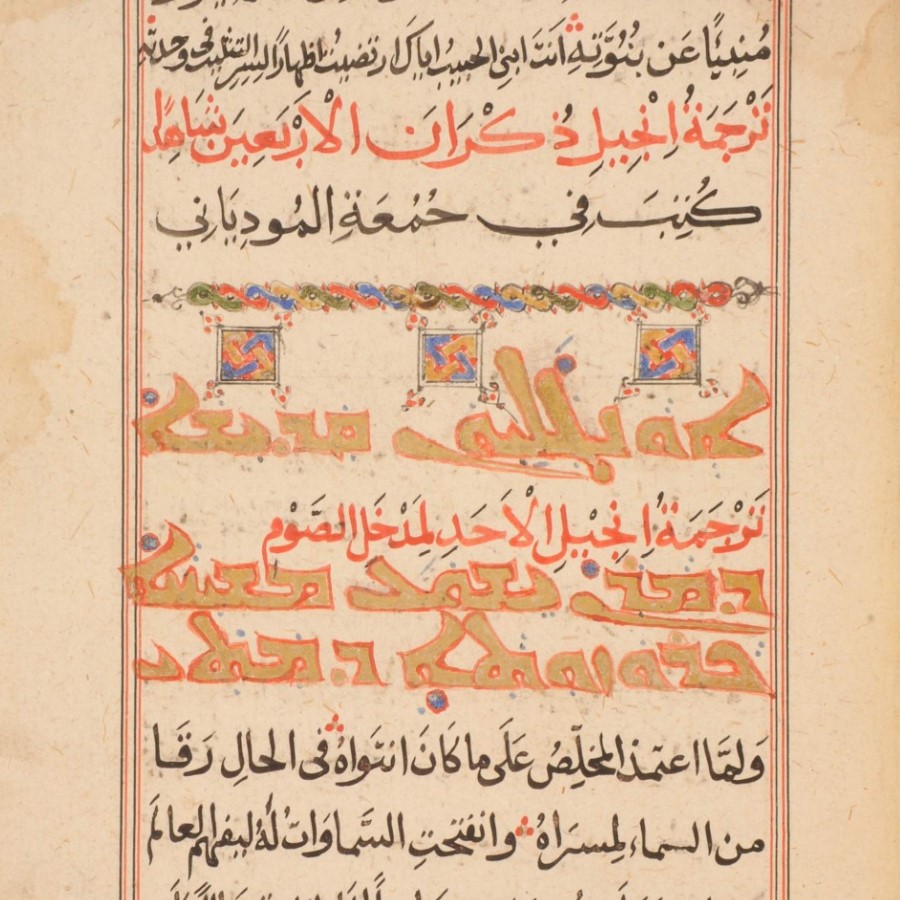
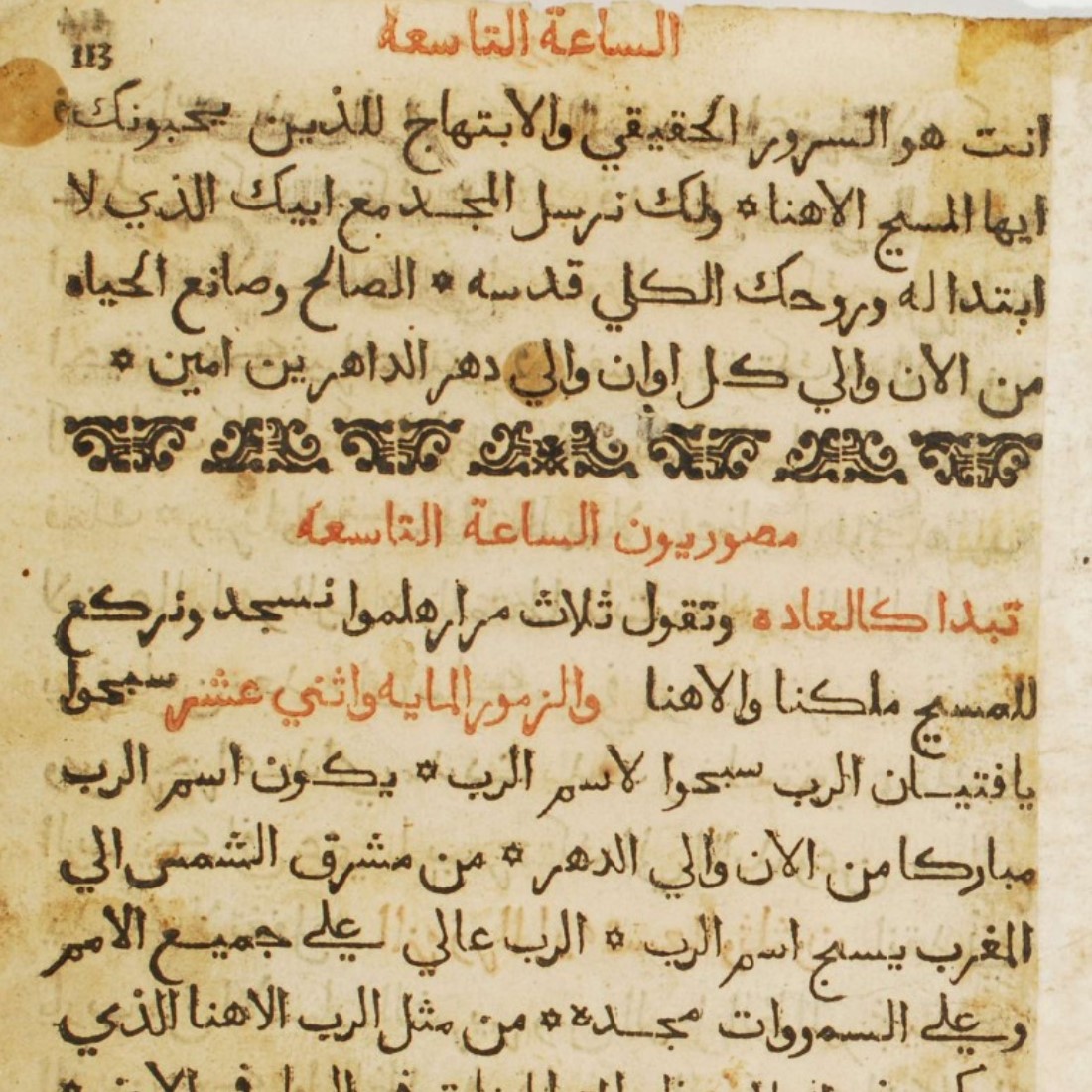
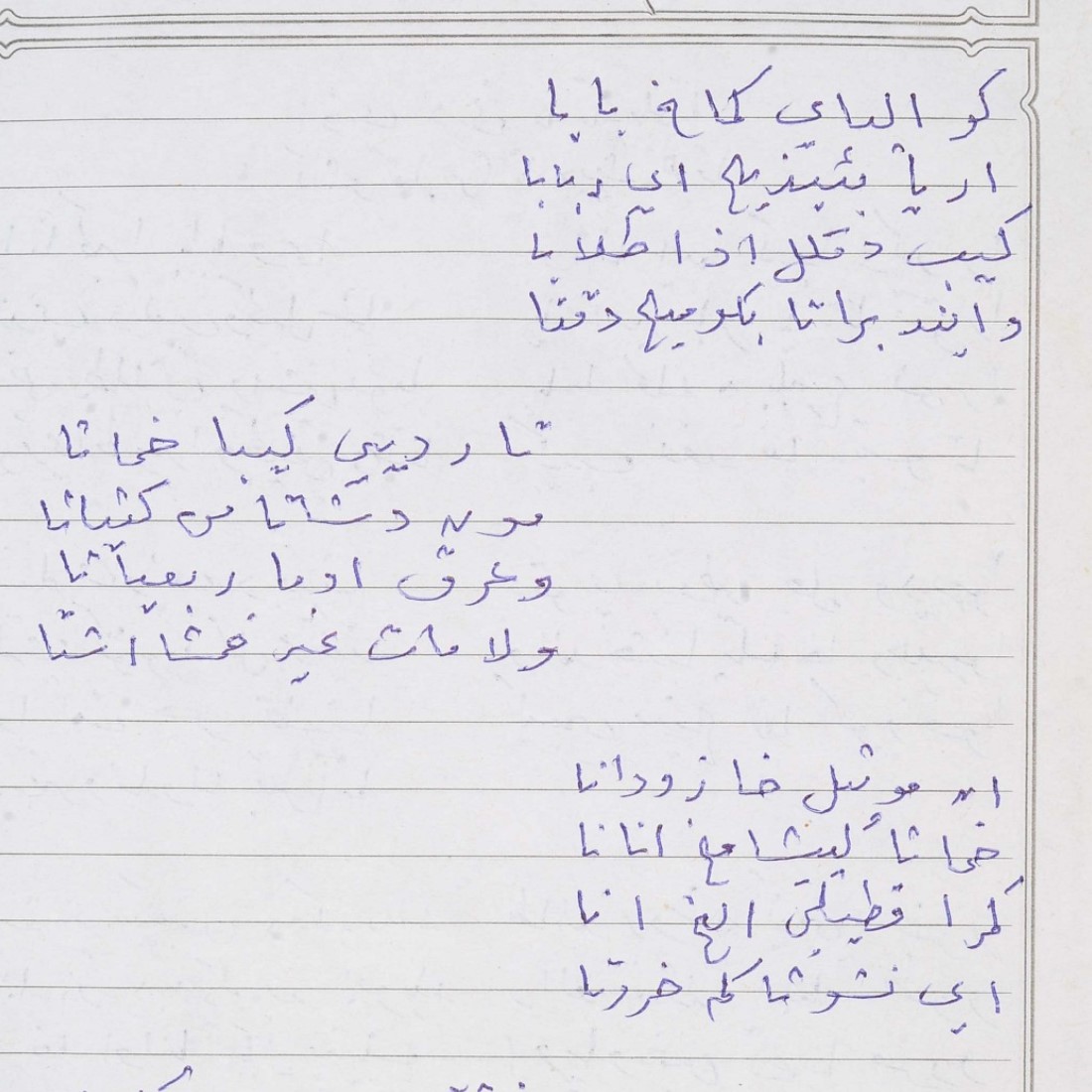
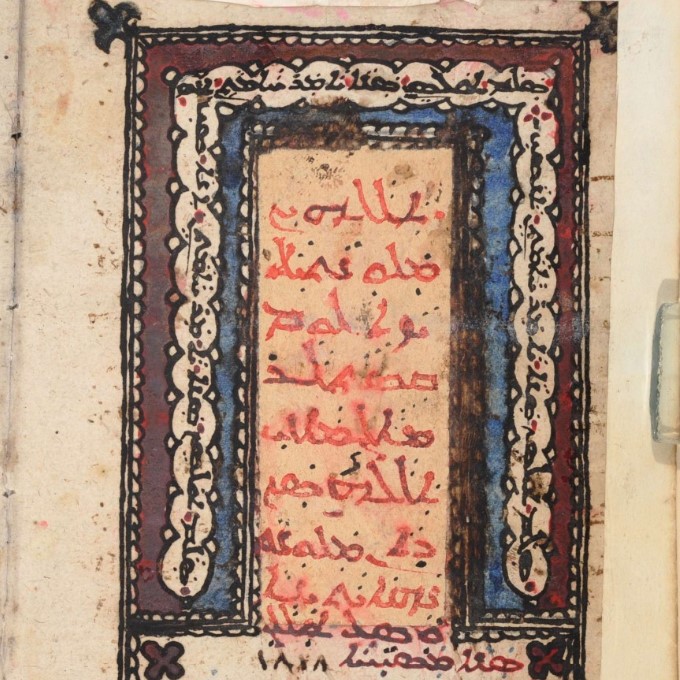
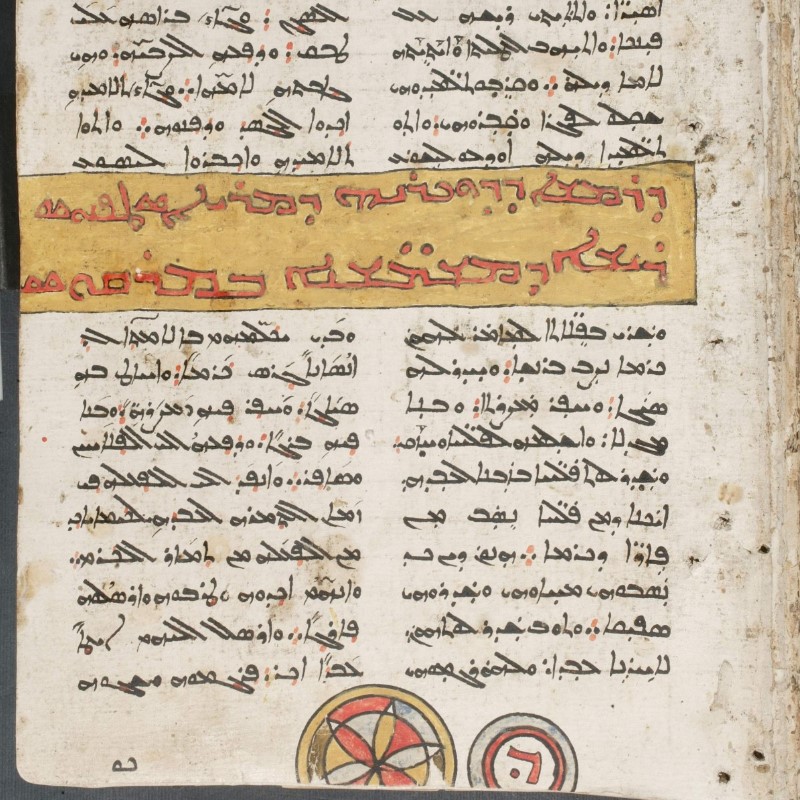
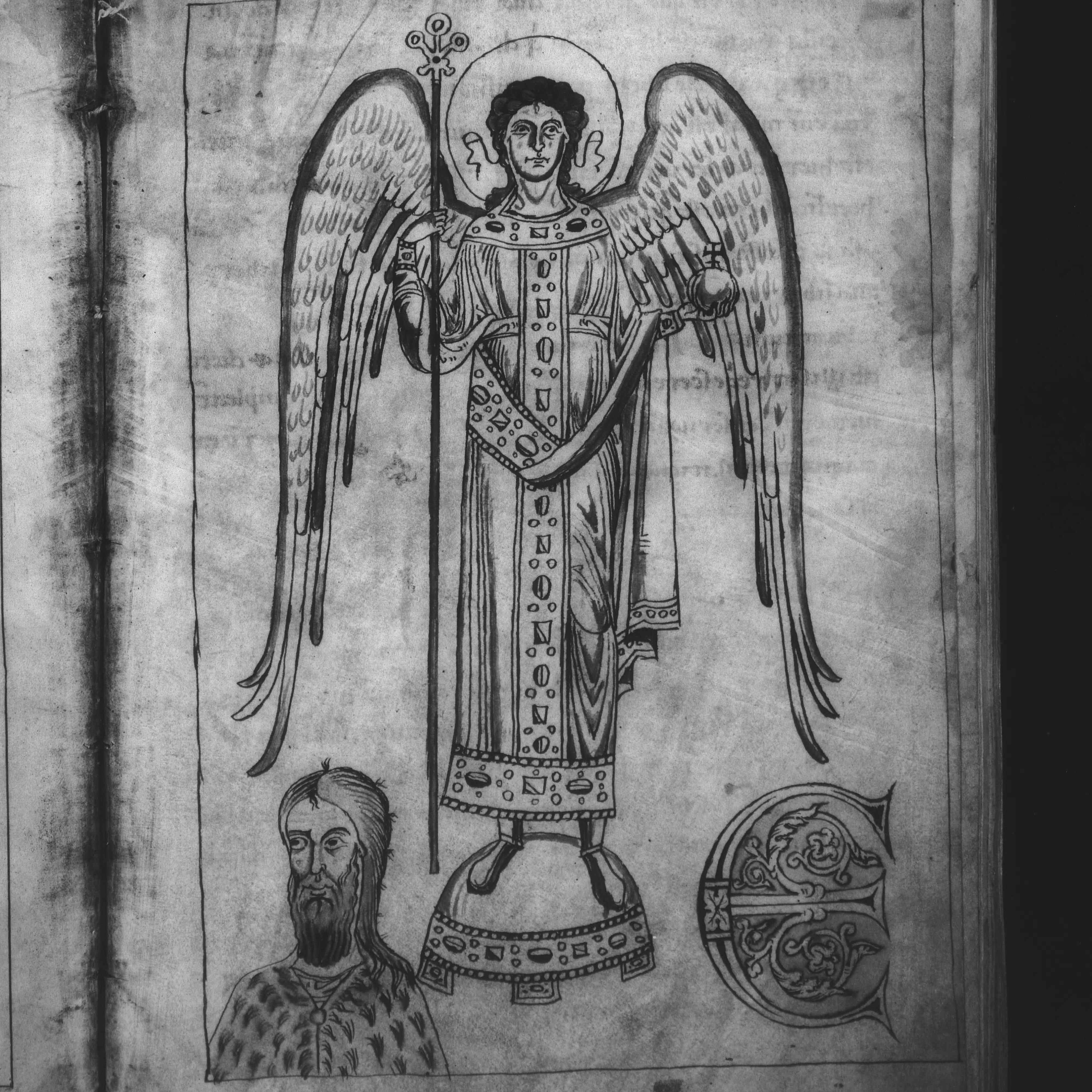
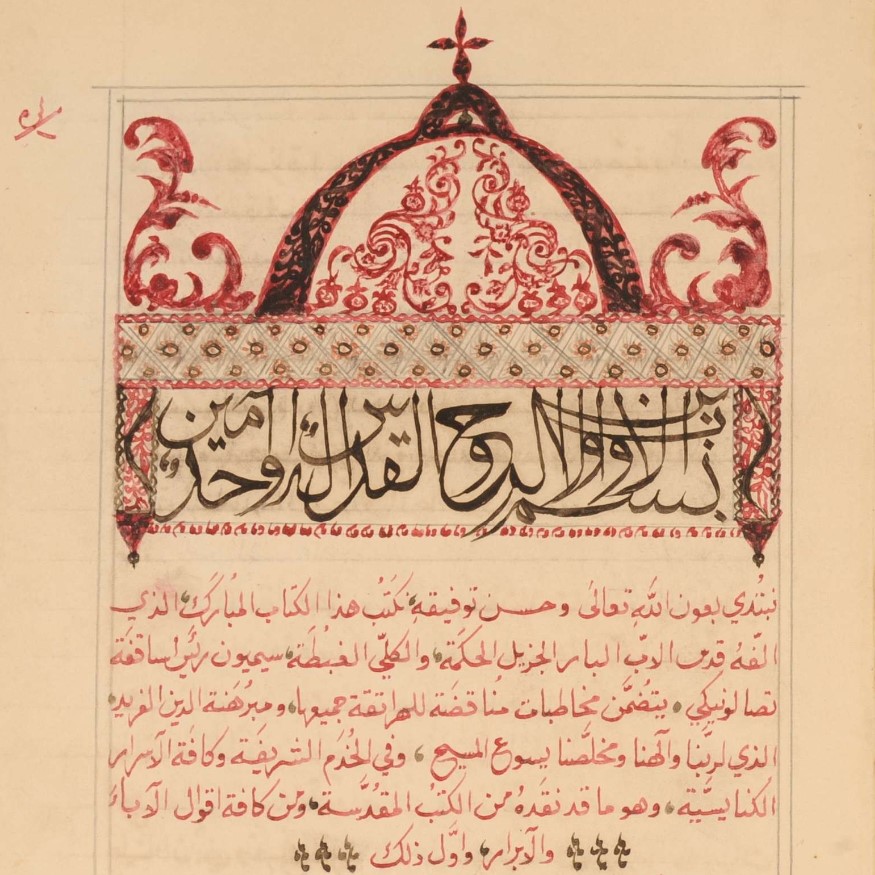
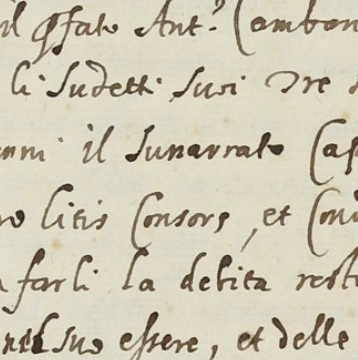
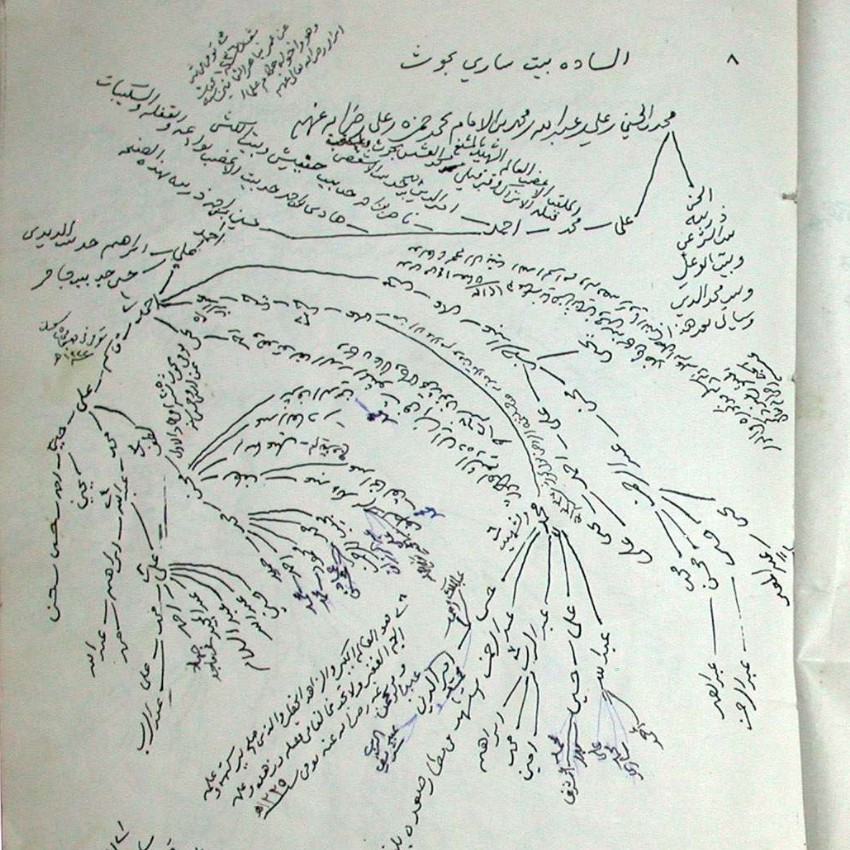
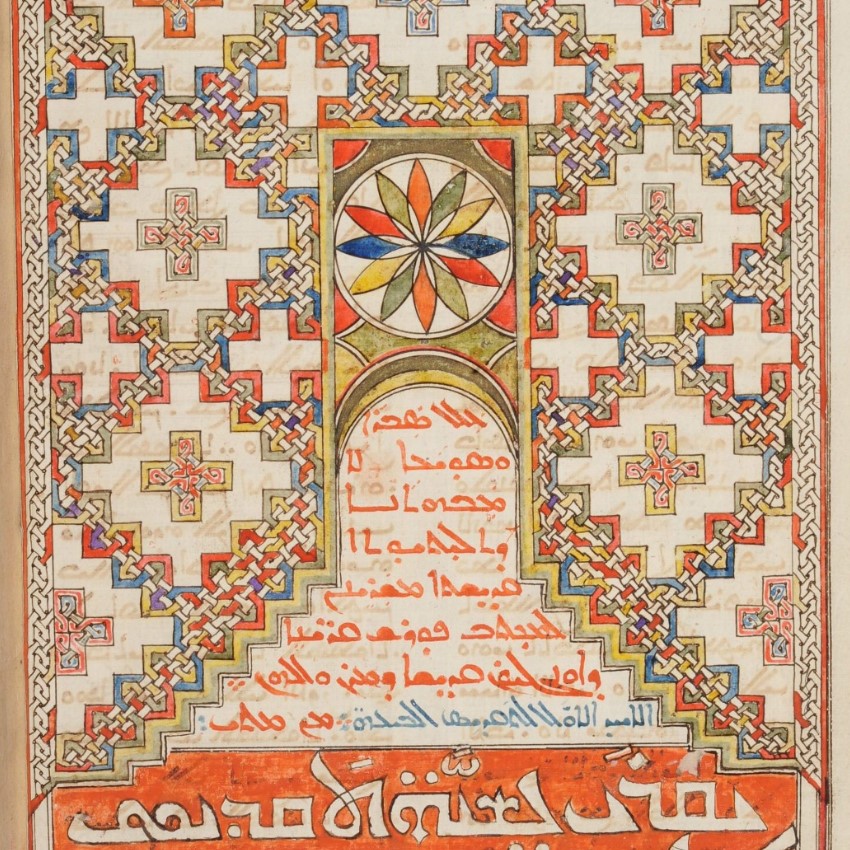
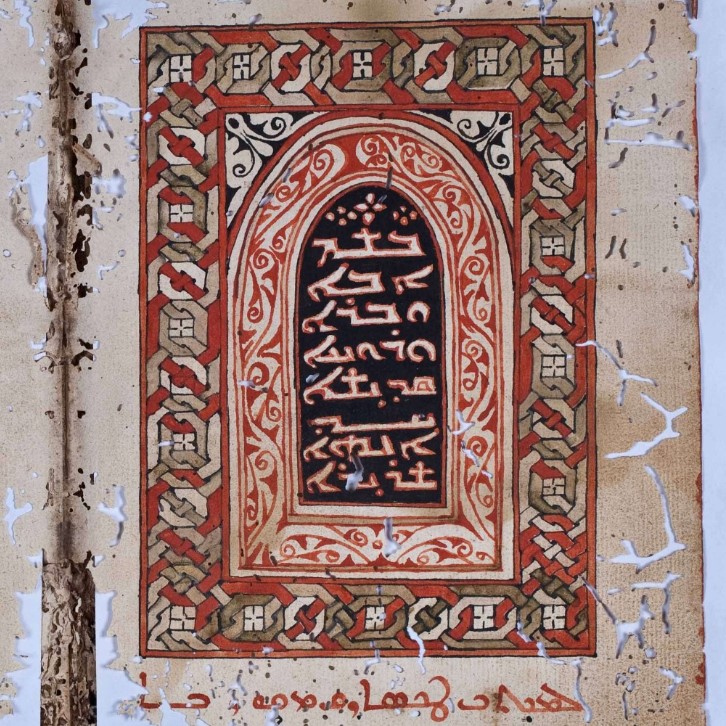
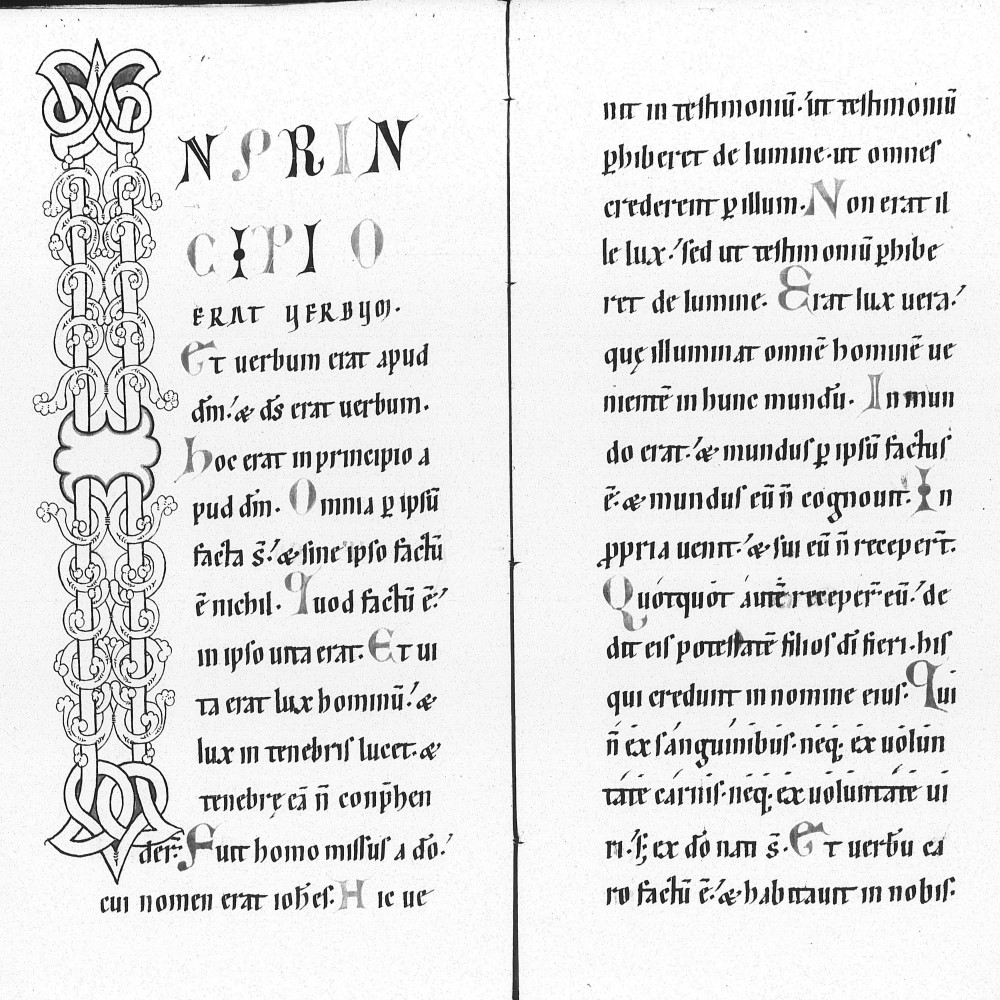
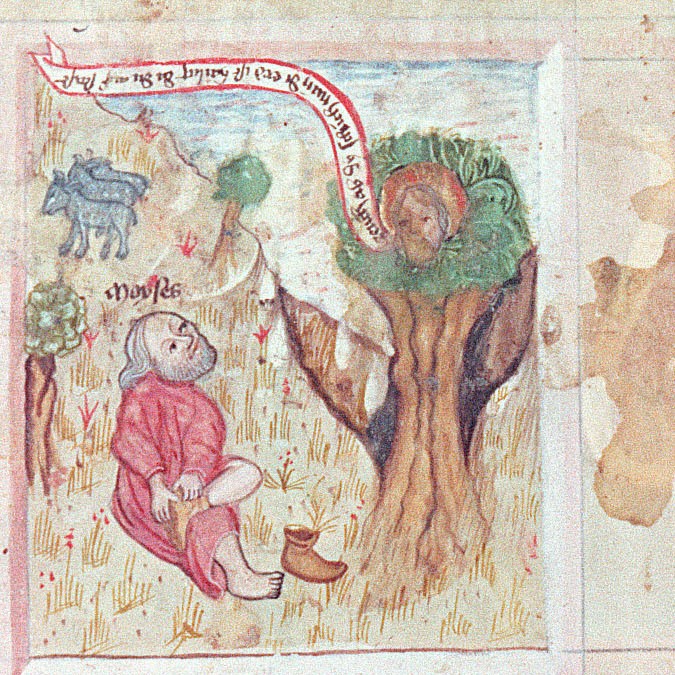
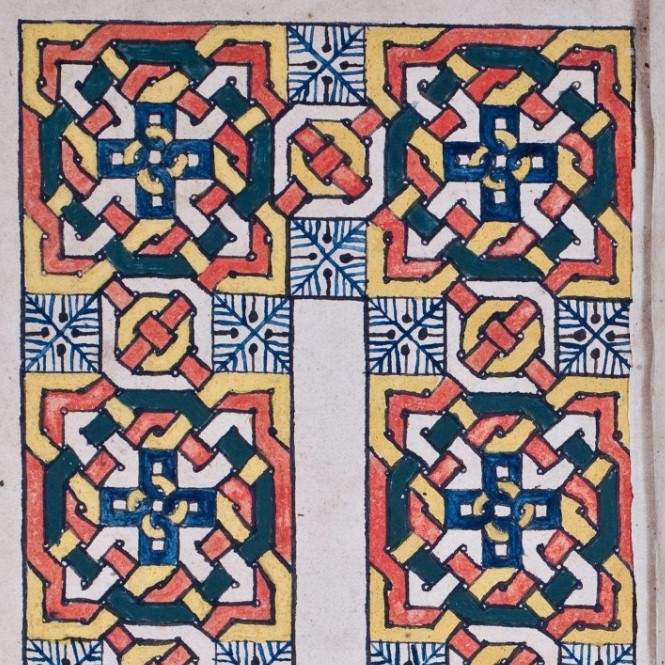
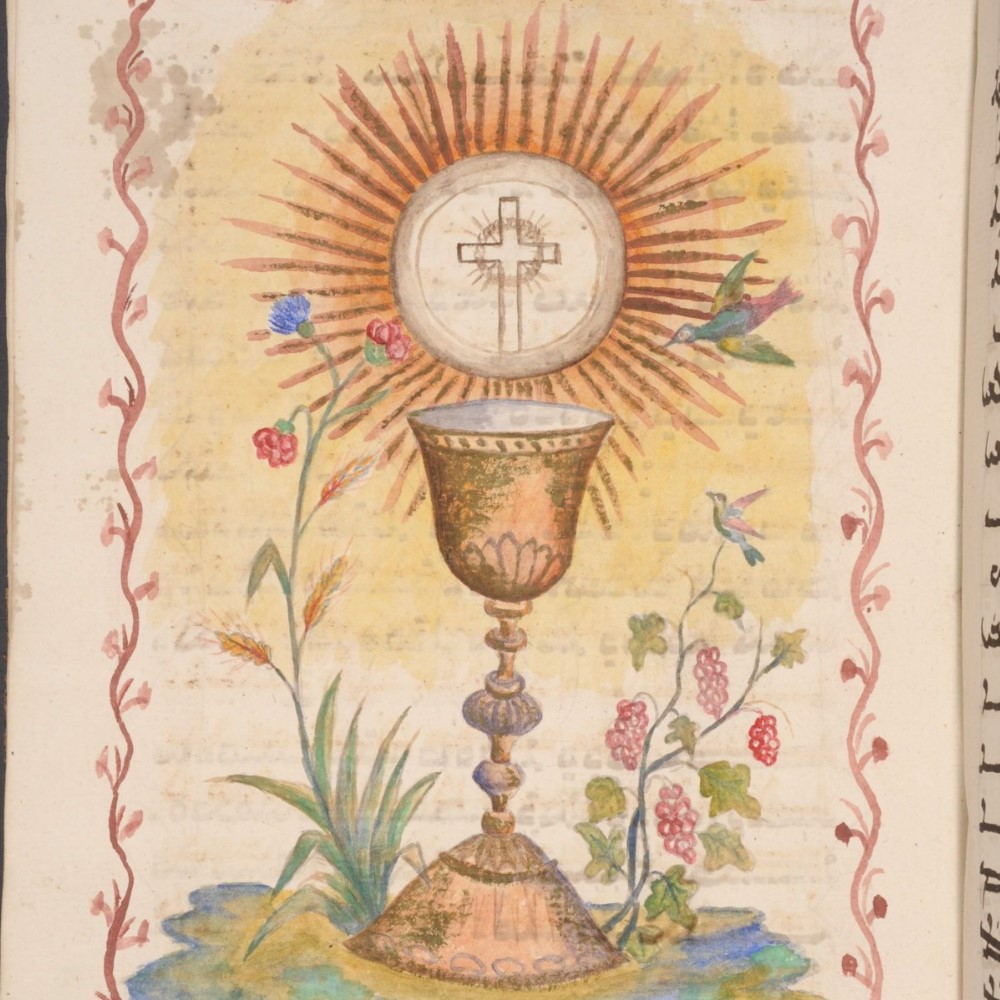
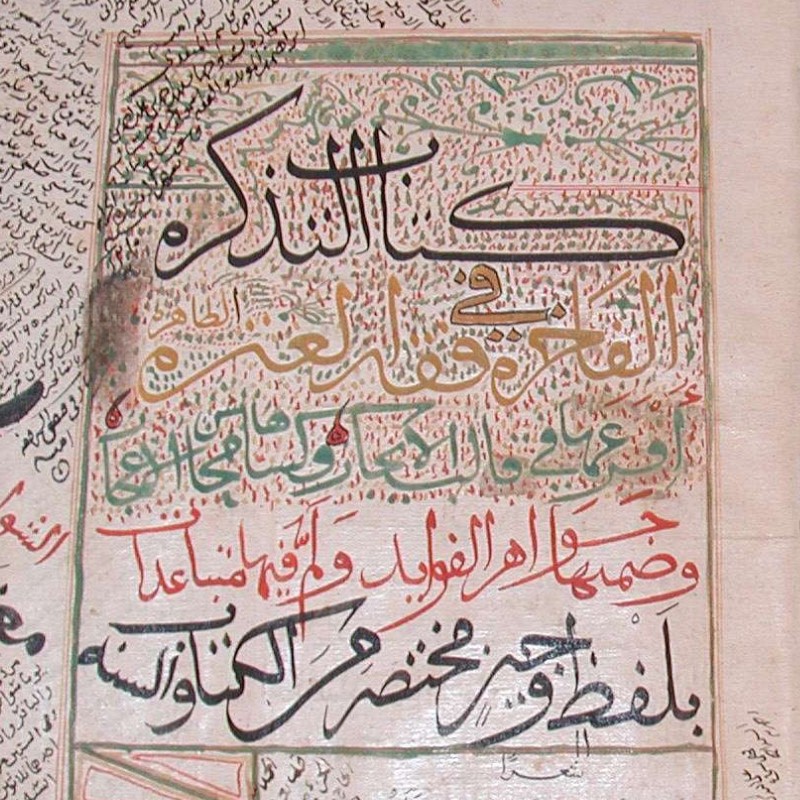
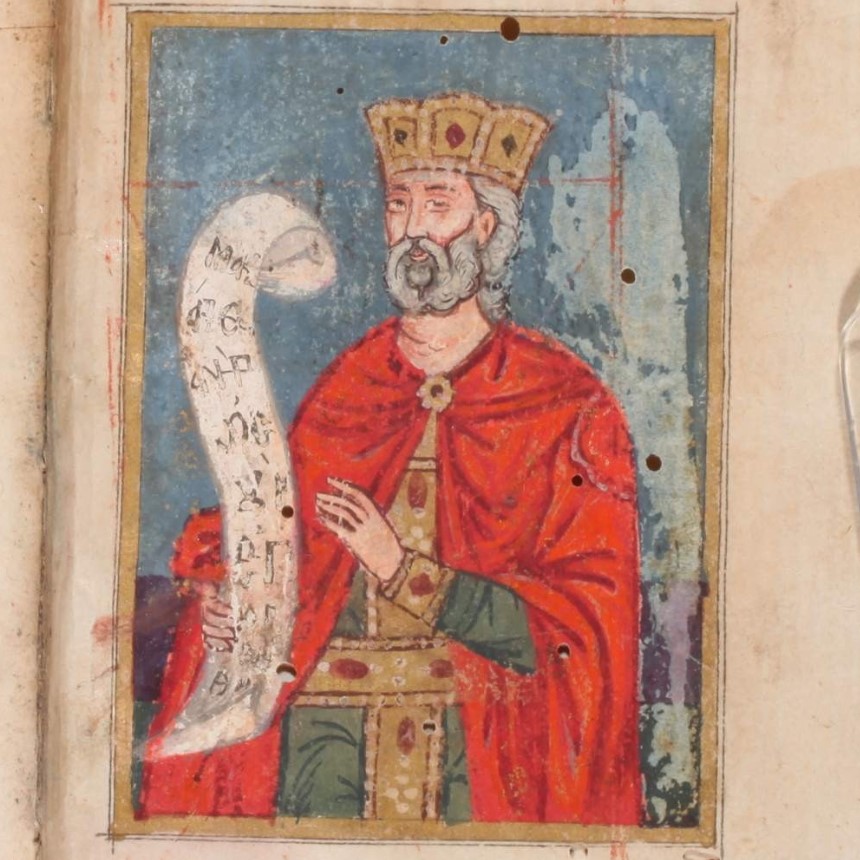
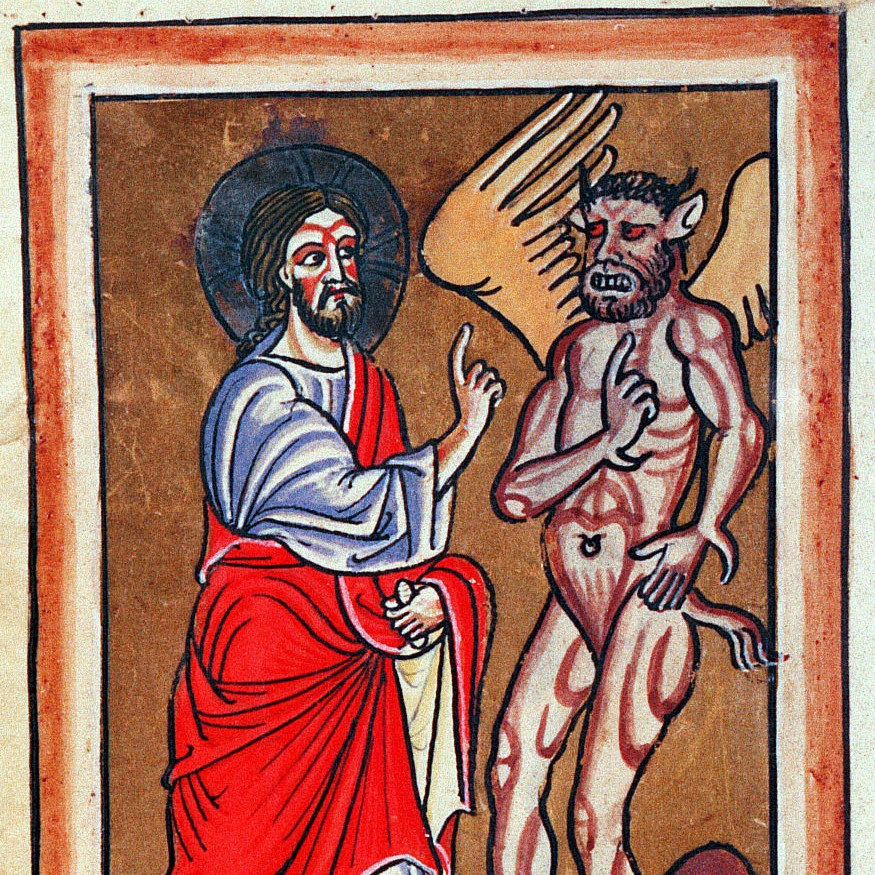
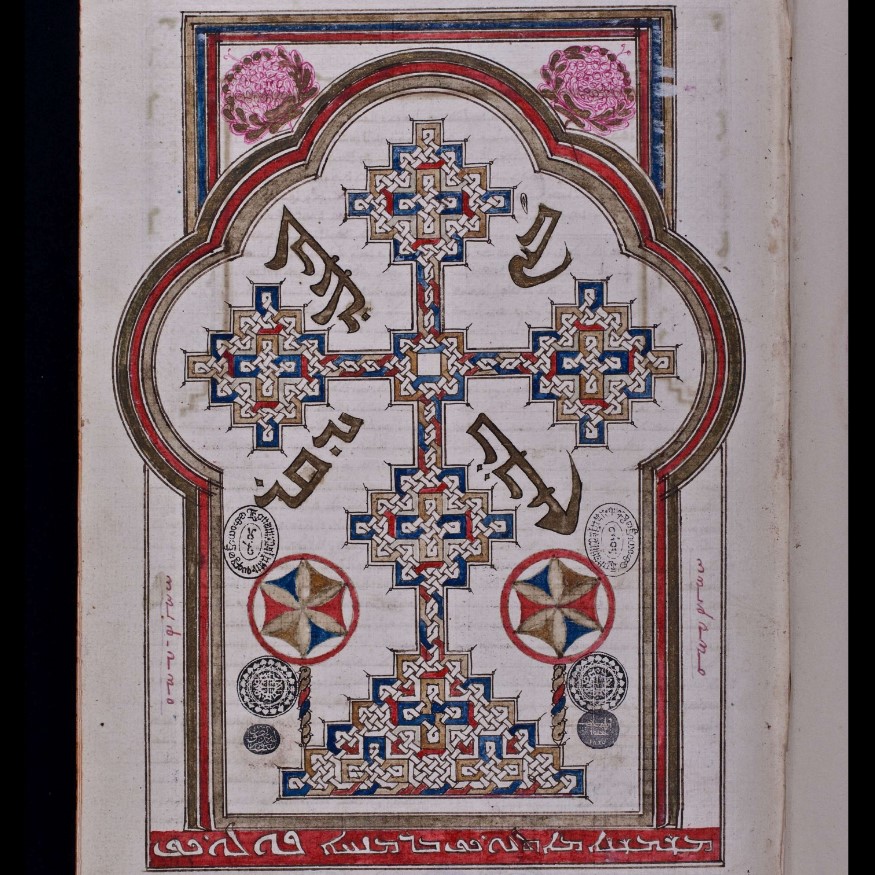

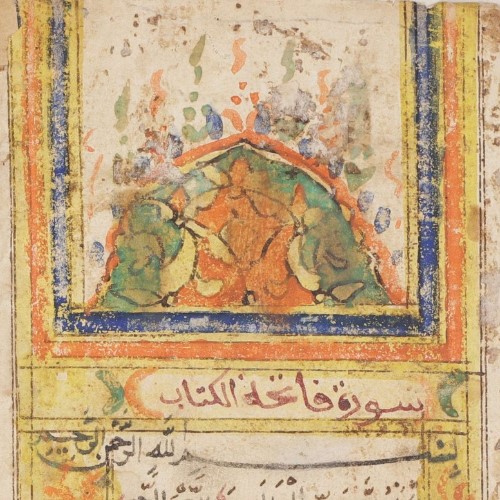
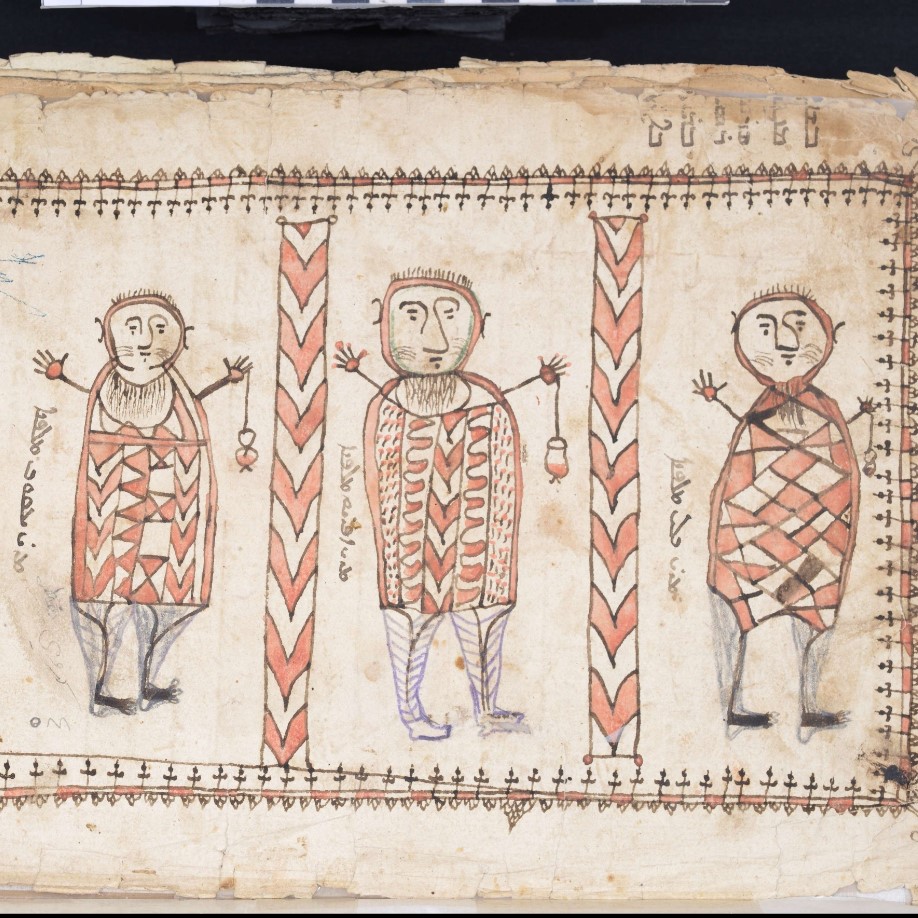
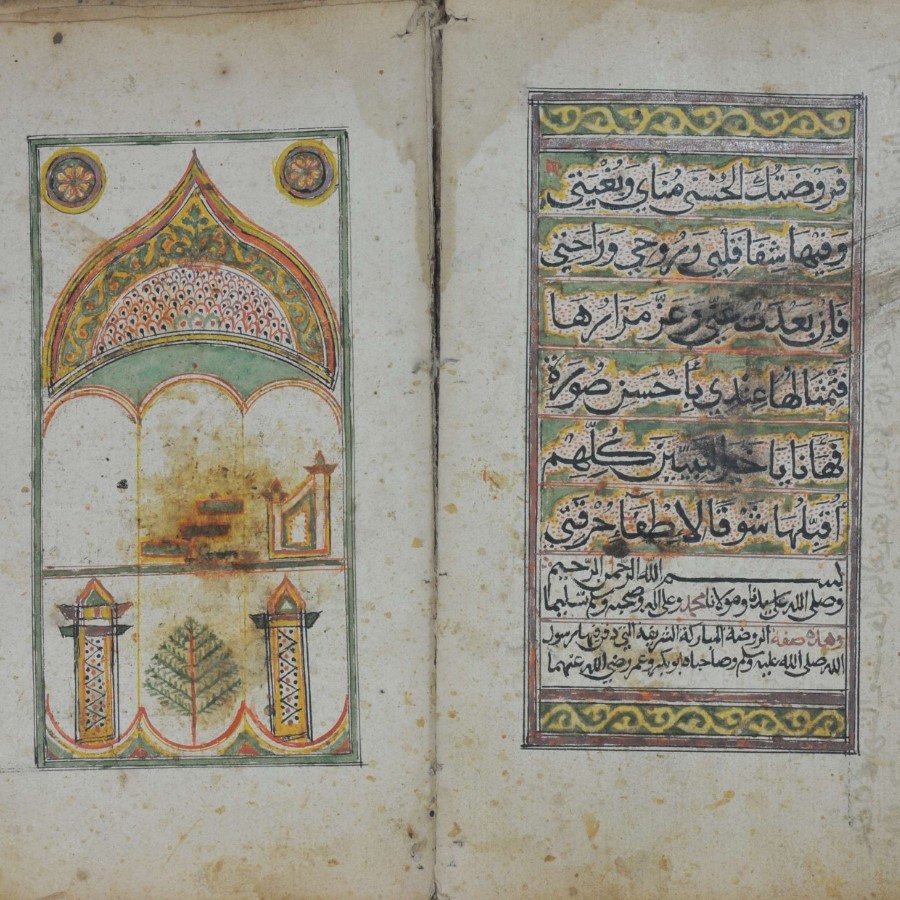
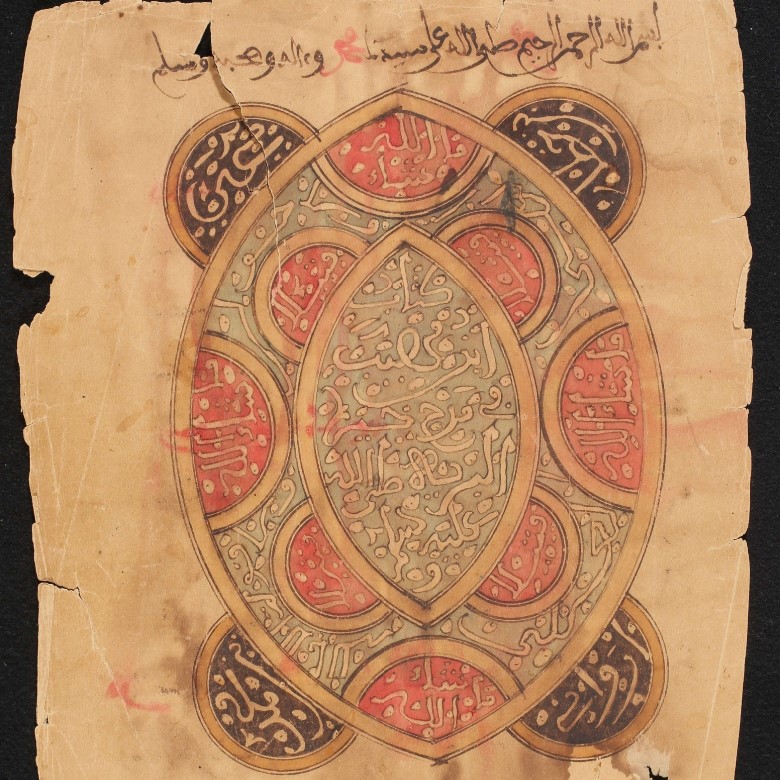
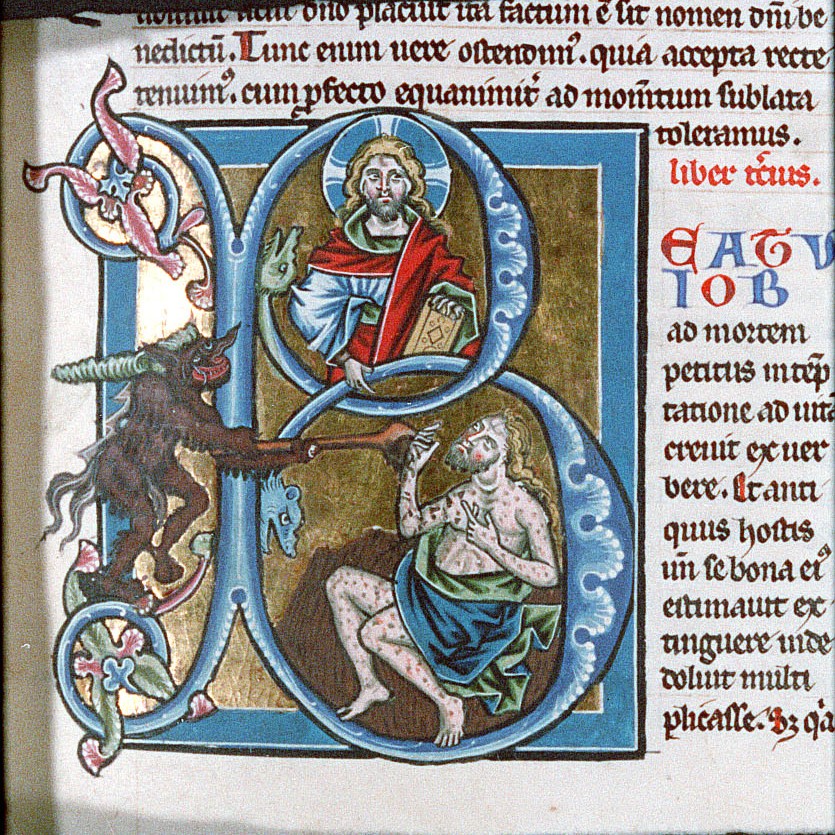
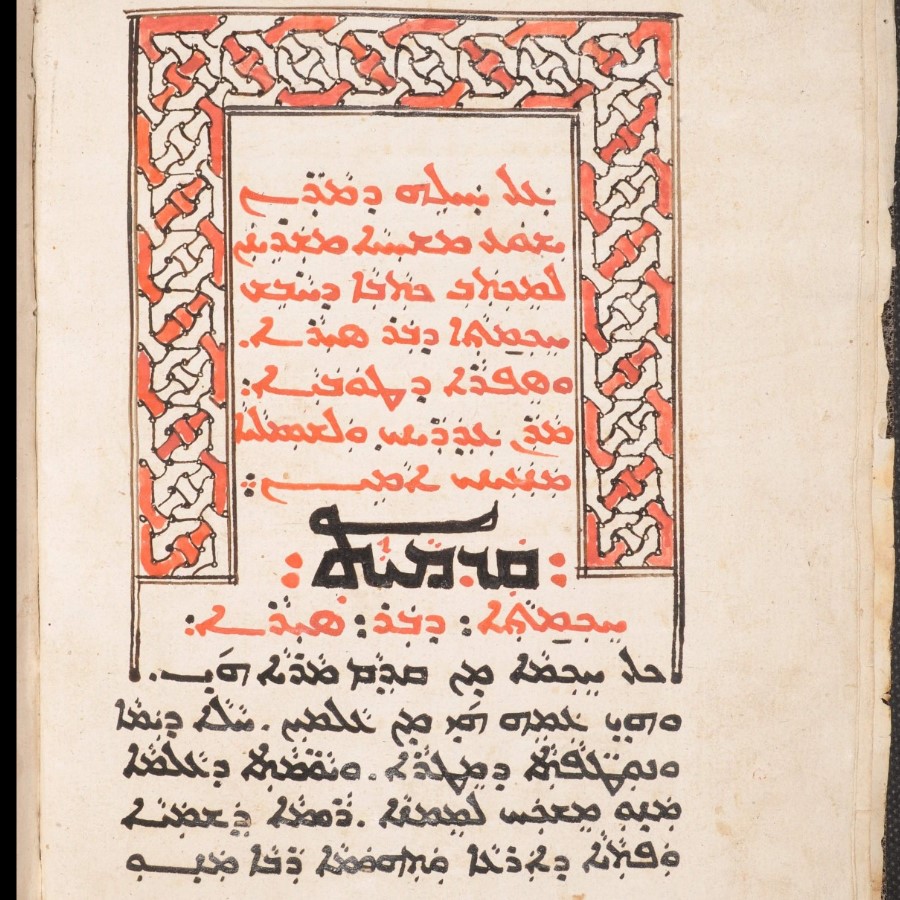
.jpg)
